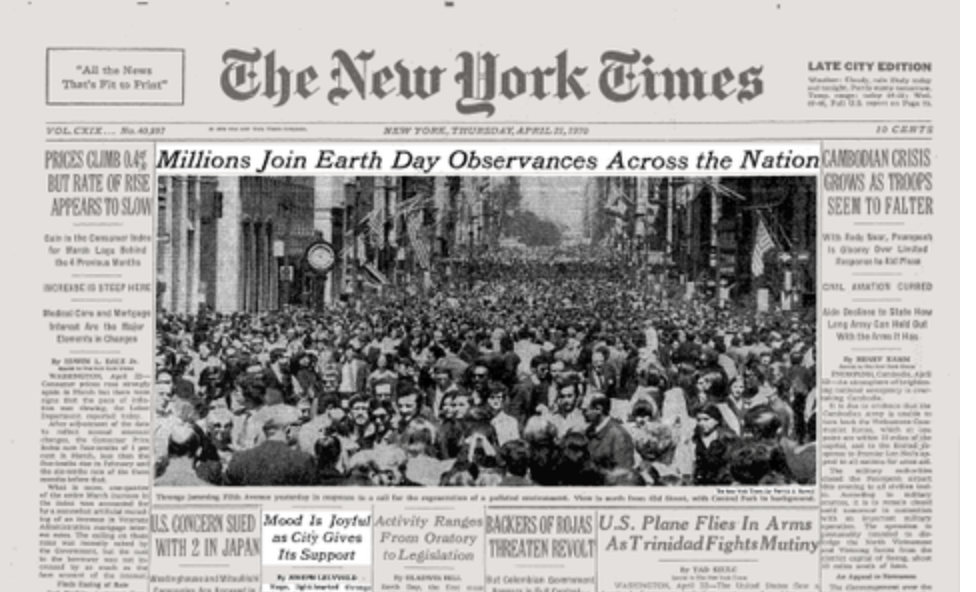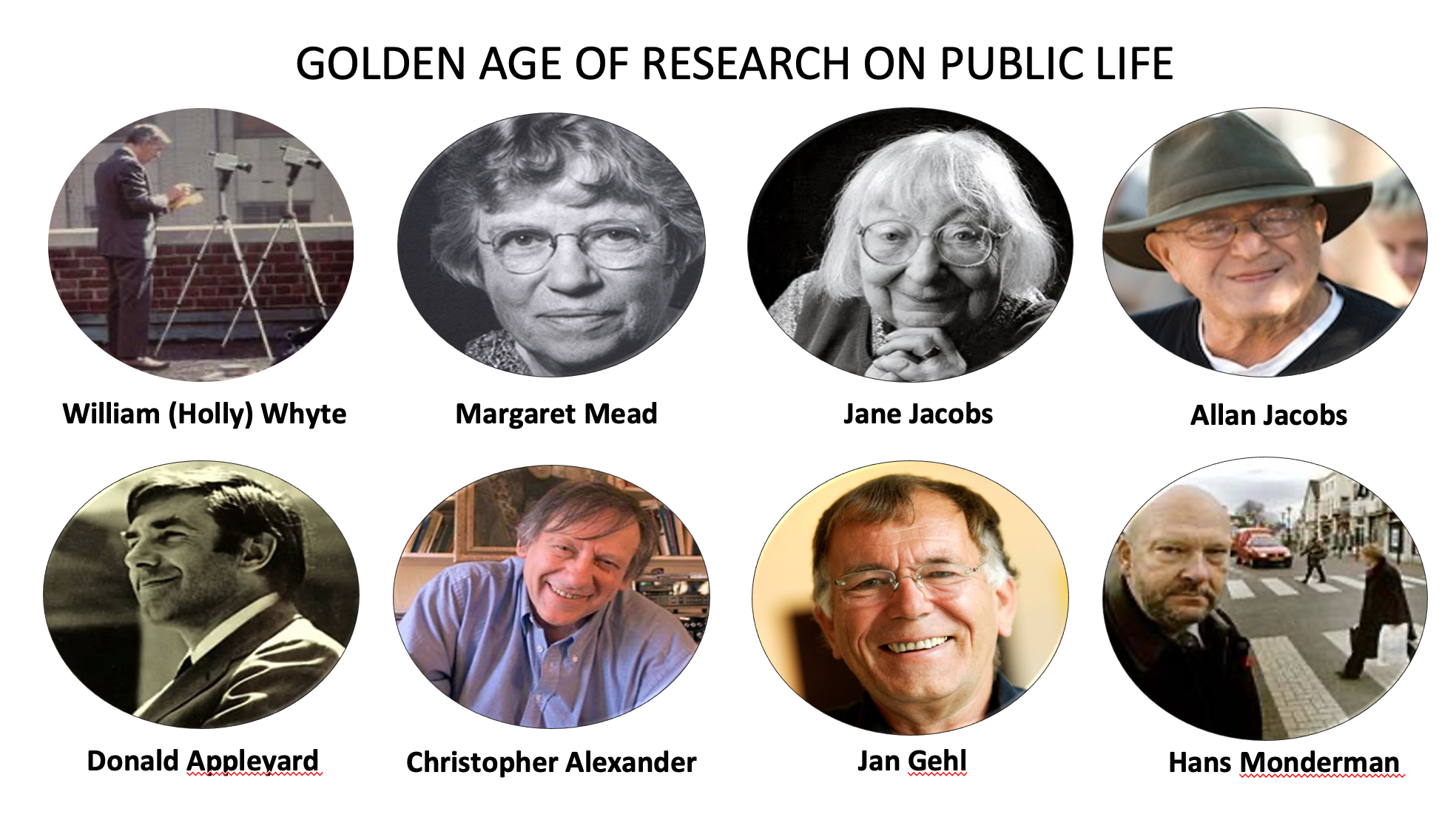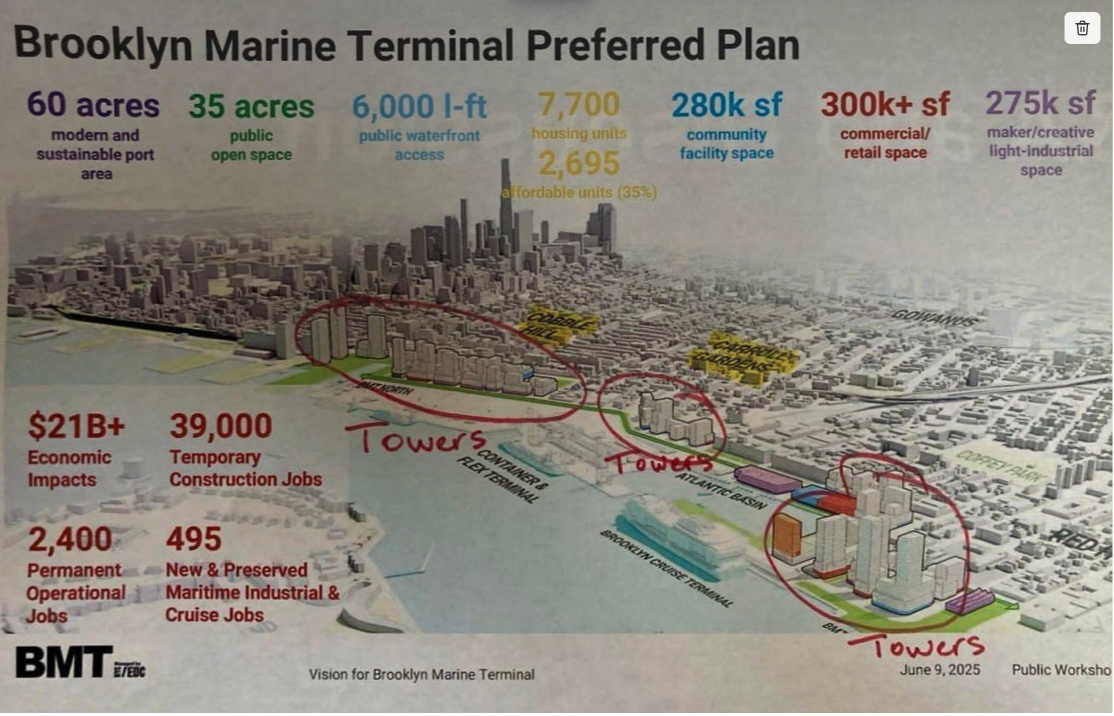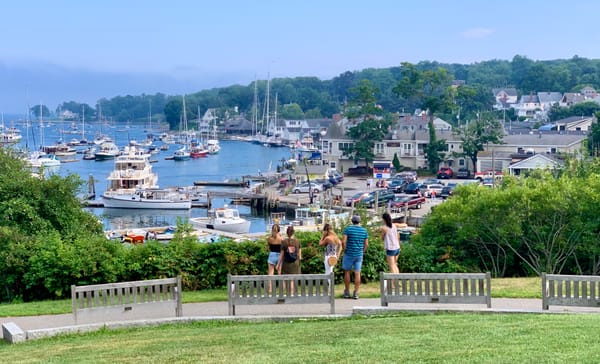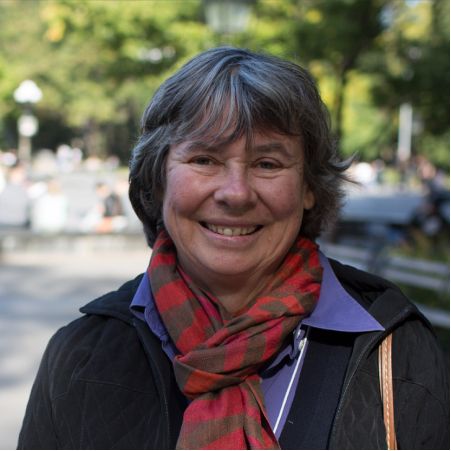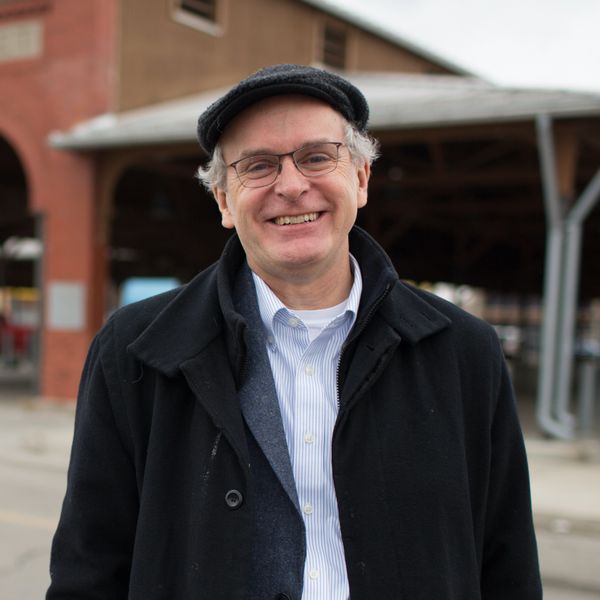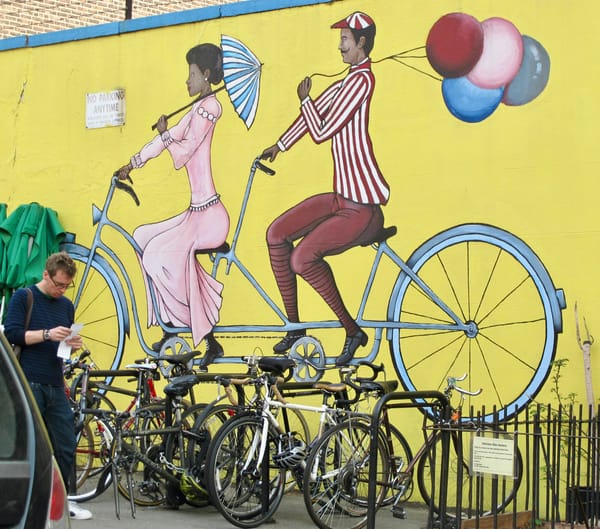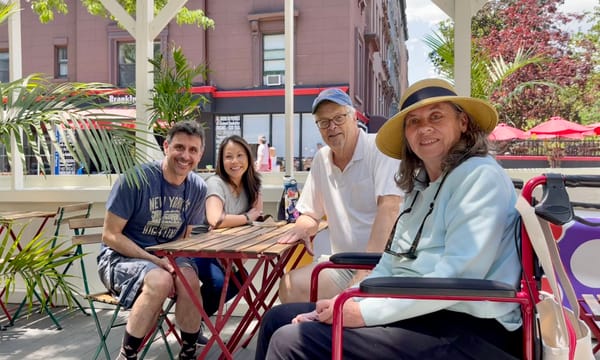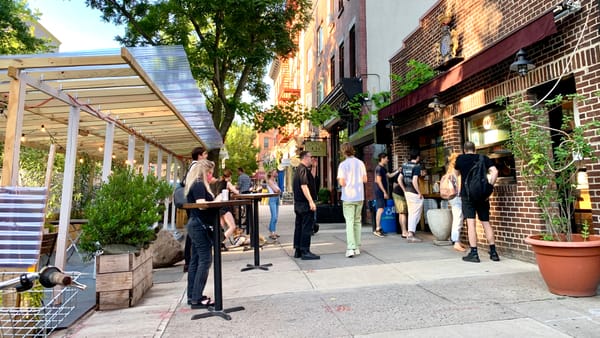There are multiple reasons why the plan for the Brooklyn Maritime District has to be discarded.
The proposed plan will have a devastating impact on all the Brooklyn neighborhoods from Dumbo to Red Hook and will be a big loss for Brooklyn as a whole.
Traffic is the Key Issue
The lack of understanding about how increased traffic and transportation demands are created over time subtly undermines the social life and vitality of our communities. It is critical for the future of the neighborhoods in the impacted area that we give this issue the attention it deserves. Brooklyn Heights, Cobble Hill, Carroll Gardens, Red Hook and the Columbia Street corridor are saturated with traffic which deeply undermines their viability to survive and preserve their long term value.
The current plan will just create a permanent state of gridlock. Every neighborhood will receive significant additional traffic trying to get through each community. The natural neighborhood uses of just walking and gathering will be significantly limited by the infusion of "outsider" traffic driving through the communities.
"To Not Though"
We are all aware that the current state of our neighborhoods is one where most of the traffic is going through not to. It is creating an enormously negative impact on our community life (in Cobble Hill 70% of traffic is through traffic).
City Hall South on Court Street is the primary street to get from Brooklyn to the south including a direct shot to the Verrazano Bridge. Coming from the south and heading north, Smith, Clinton and Hicks streets are basically just additional lanes for the BQE trying to get through Brooklyn into Manhattan and north destinations into the Bronx Queens and into New England.
Brooklyn is at a Fork in the Road
If we allow the Brooklyn Marine Terminal to proceed with the three clusters of high rise housing proposed, we will have lost forever what could be the best long term investment we could make – the activation of the Brooklyn waterfront for all of Brooklyn.
There is time to change course and follow the path of cities that have walked it before and have shown the way. Paris is the best example of a world-class waterfront for all.
The waterfront plan for Columbia Street in Brooklyn will create a privatization of Brooklyn's most valuable asset. Three massive developments are set to form a wall of high-end residential buildings. They will block views and access for the rest of the community, but more importantly, the new residents of these towers will deny waterfront activations in the vicinity that they believe may be disruptive, thus greatly limiting the potential of the space.
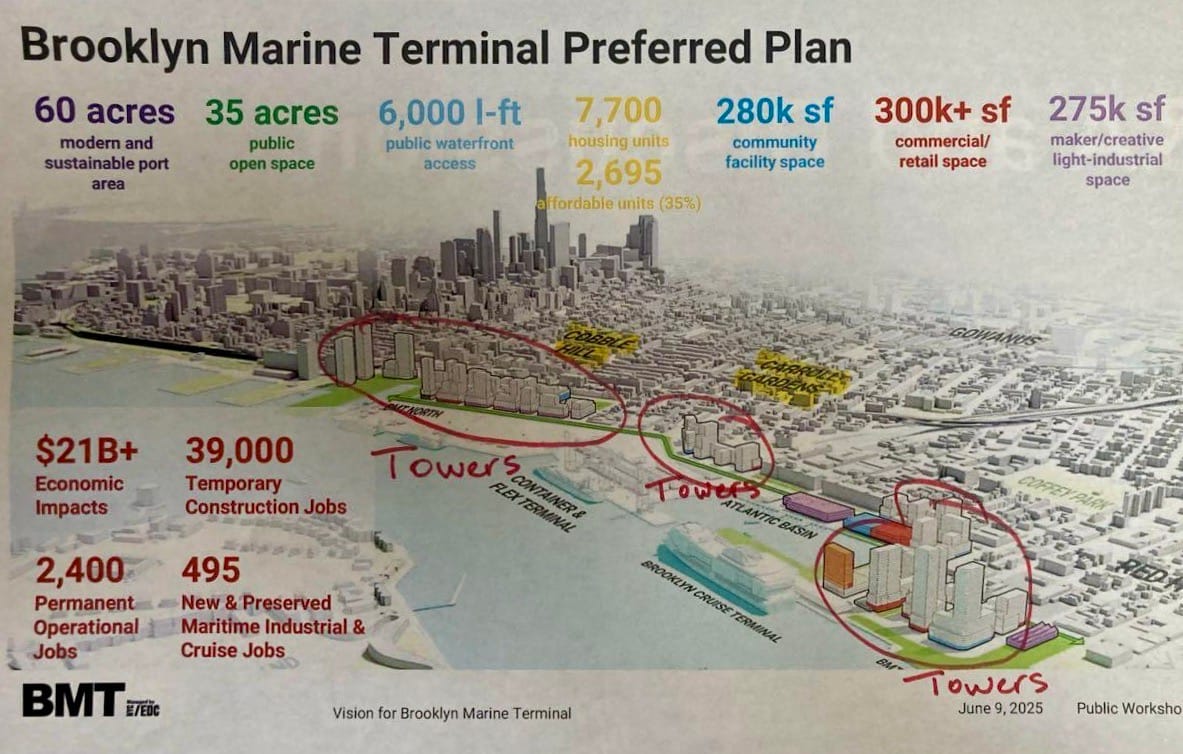
This plan is bringing Manhattan's drab west side developments such as Battery Park City and the Trump developments to Brooklyn's shores. But Brooklyn has a unique, vibrant identity that it needs to lean into to help it thrive.
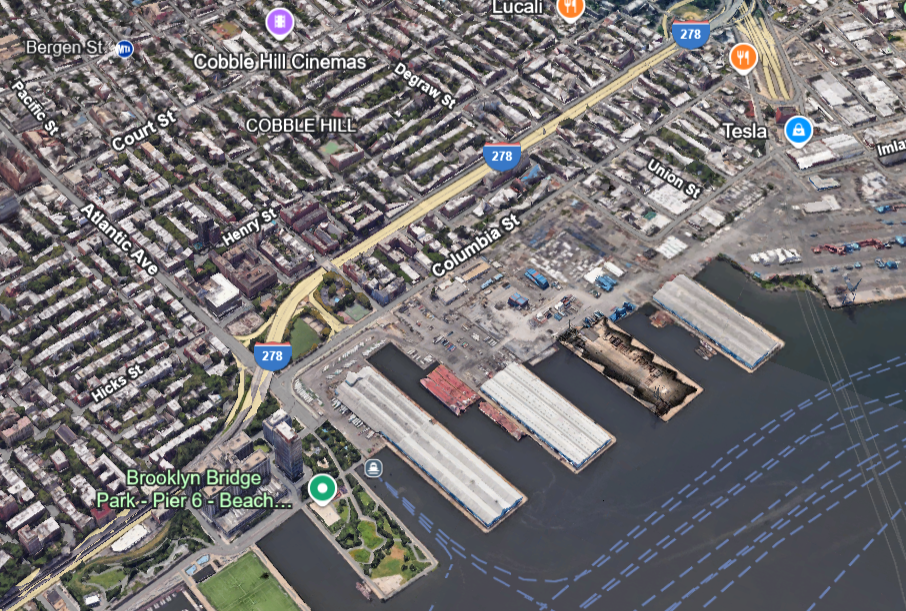
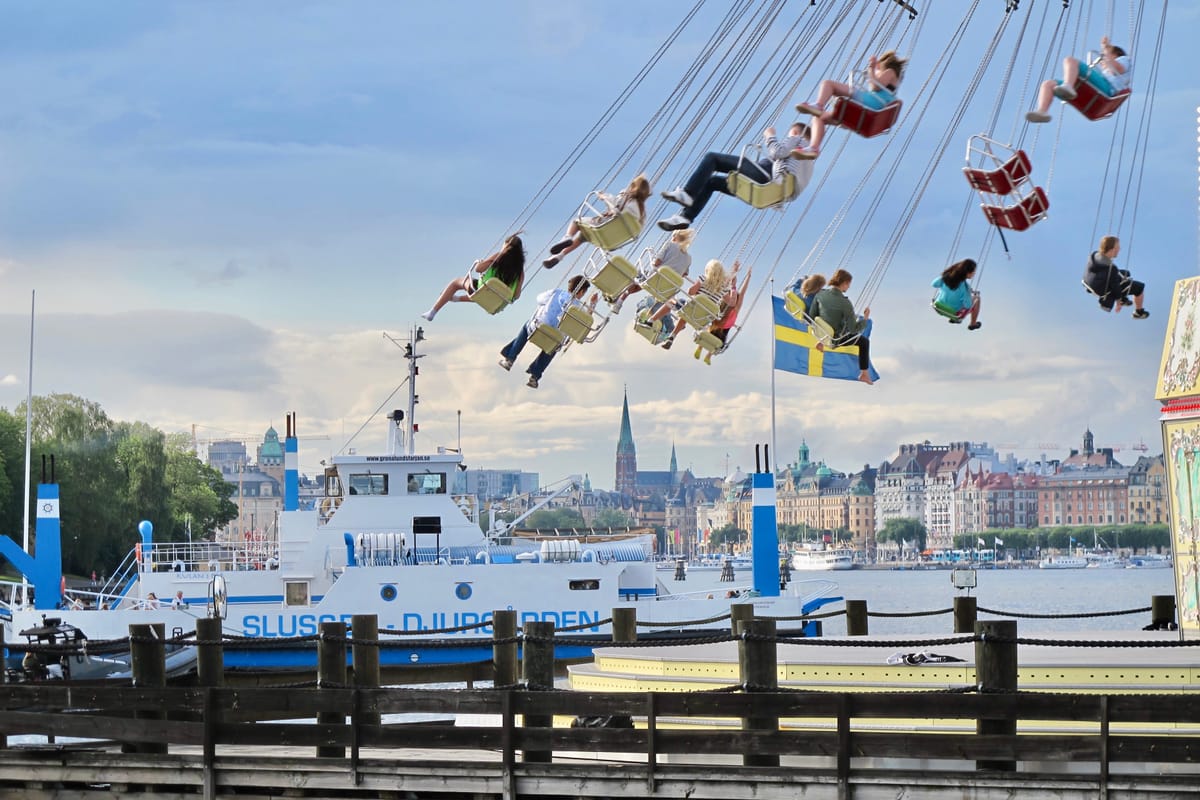
The Privatization of the Columbia Waterfront
The current proposal for this area is deeply flawed and should be denied at all costs because of the devastation it would cause to the community.
Privatization at this level will destroy any semblance of vibrancy that currently exists on the waterfront and would extend into the surrounding local neighborhoods.
The rendering below shows a massive development of oversized towers that would obliterate the sense of connection between historic Brooklyn neighborhoods and the waterfront. You can see how these buildings block the community behind them from the water.
The streets are lined with tall towers with bland, generic, modern facades. These buildings create an illusion of a giant wall that disconnects Brooklyn neighborhoods from the waterfront. What is needed here is a more porous design that does not create this heavy wall effect but rather that invites people from surrounding neighborhoods to flow toward the waterfront, not feel blocked or divided from it. What is needed here is a residential area with character that preserves and celebrates the essence of the neighborhood, not bulldozes over it.

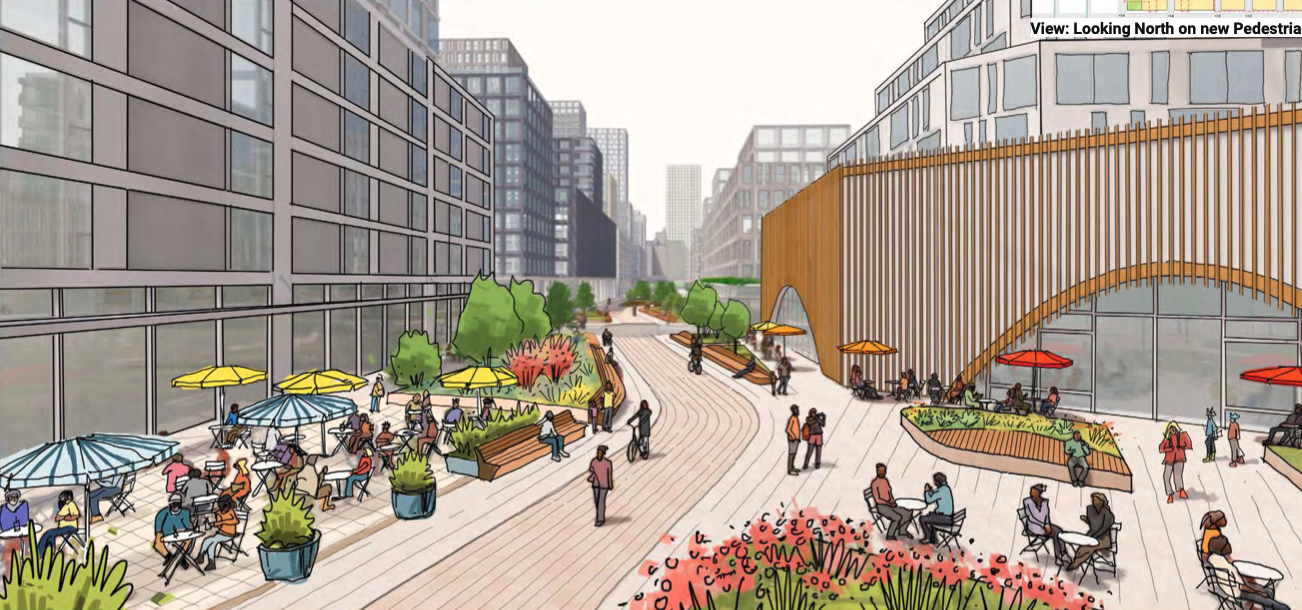
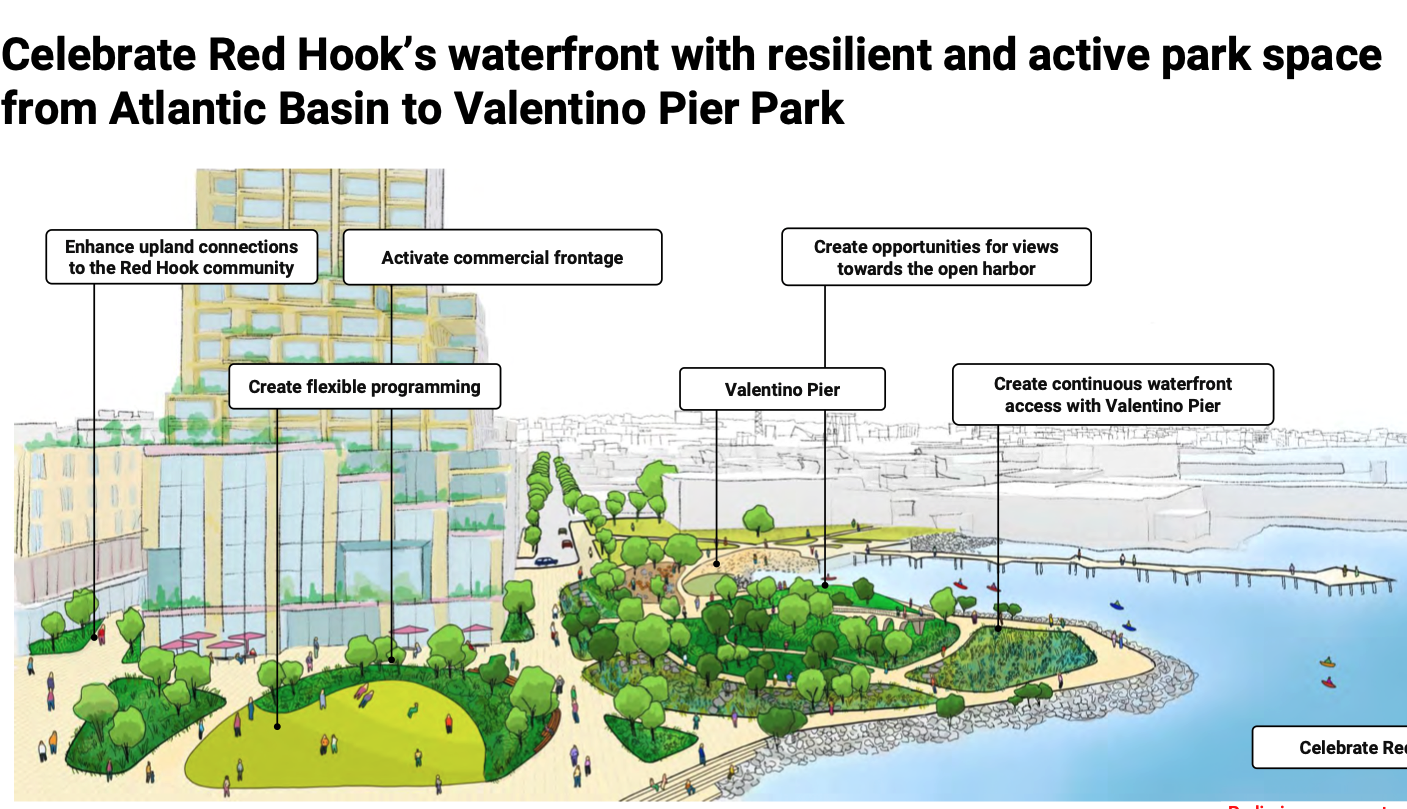
This passive "Park" space is in place of what could be an active and vibrant waterfront that any city should desire
Battery Park City high rise buildings privatize the waterfront promenade and soulless streets
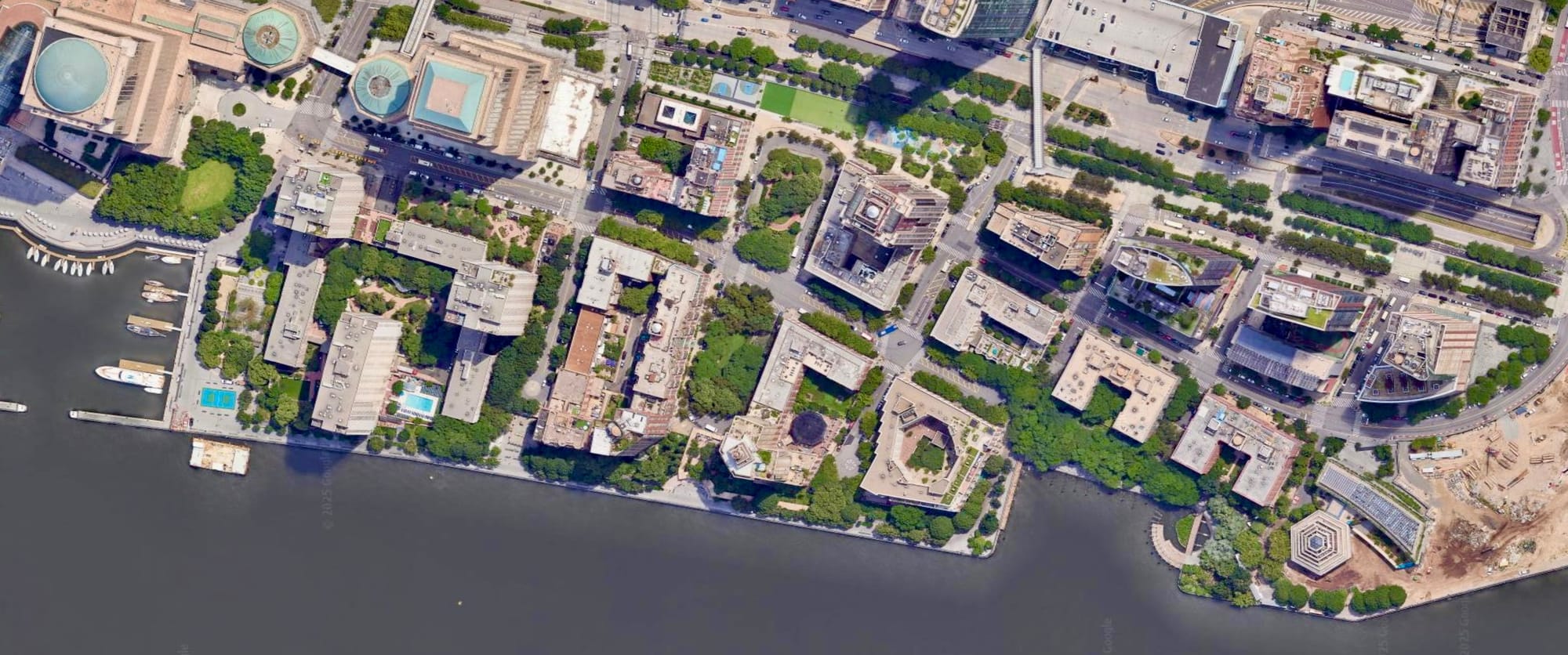
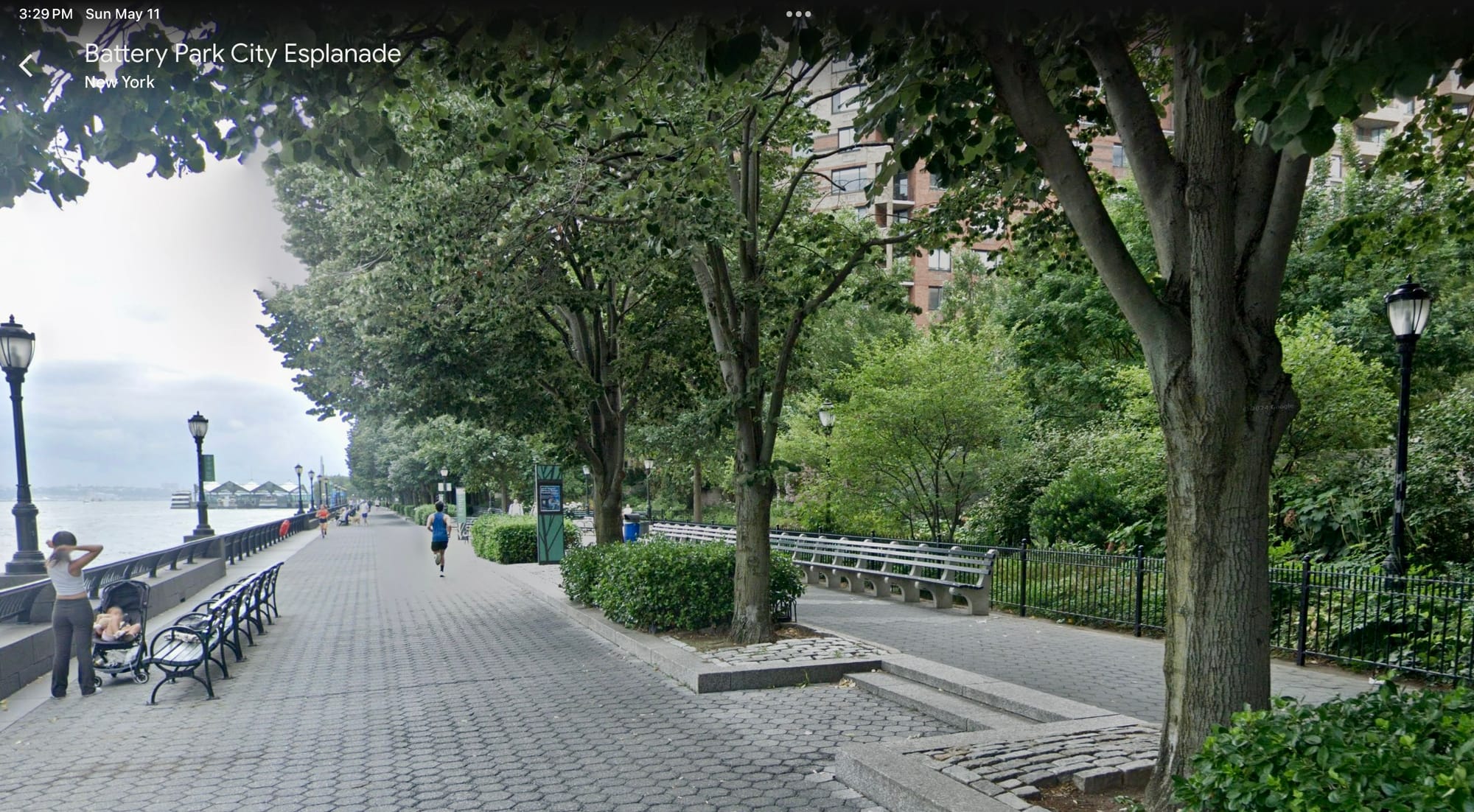
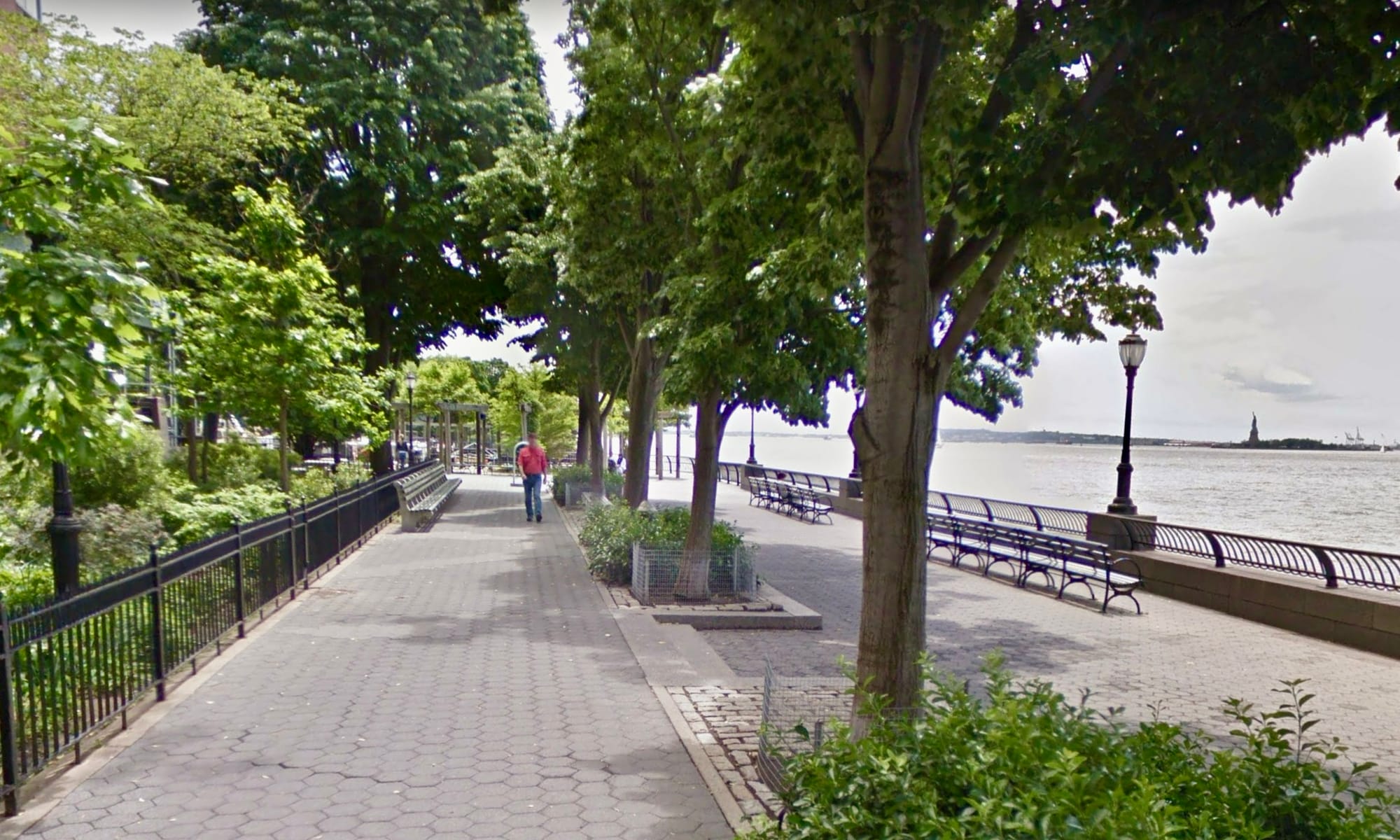
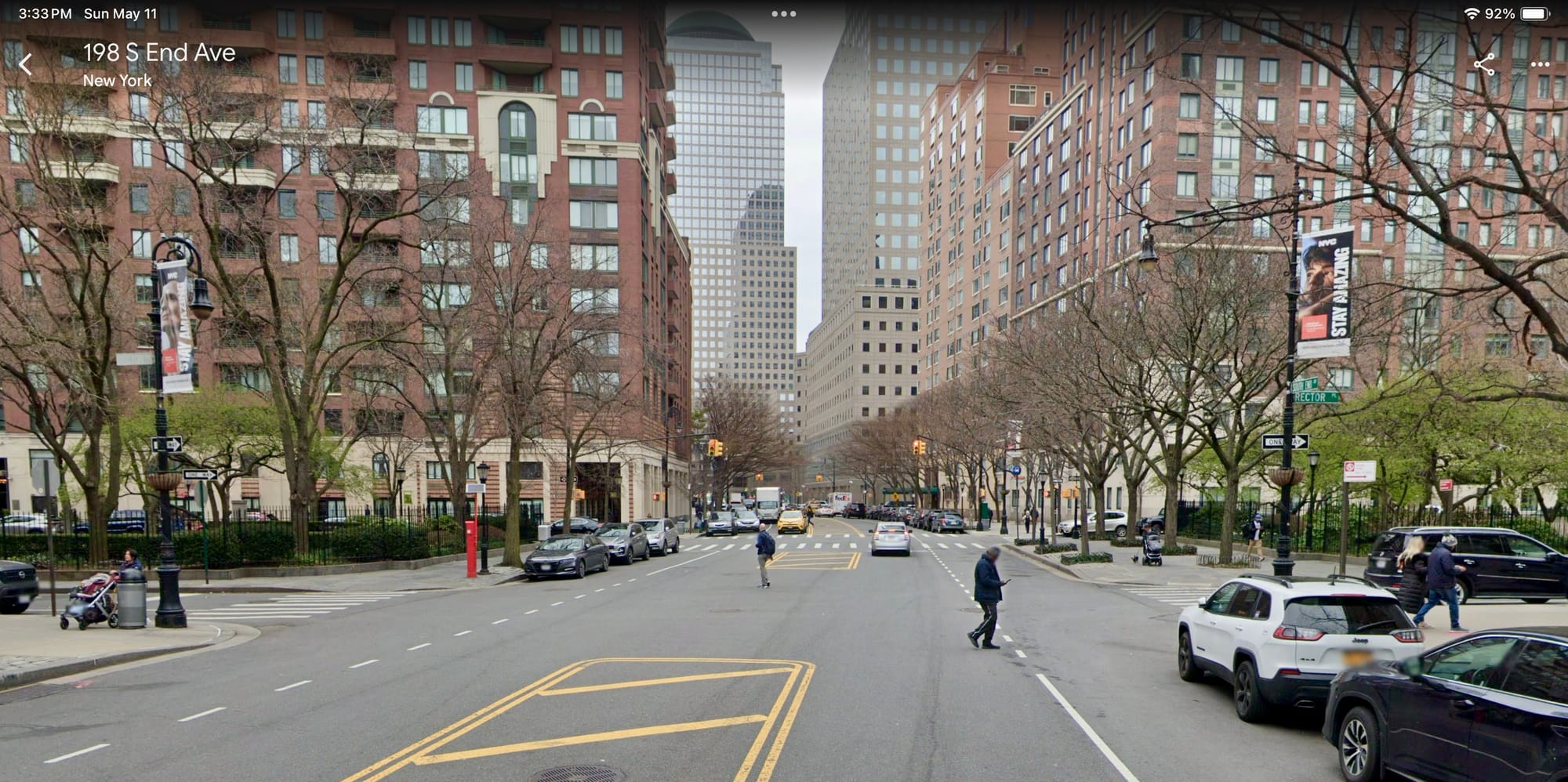
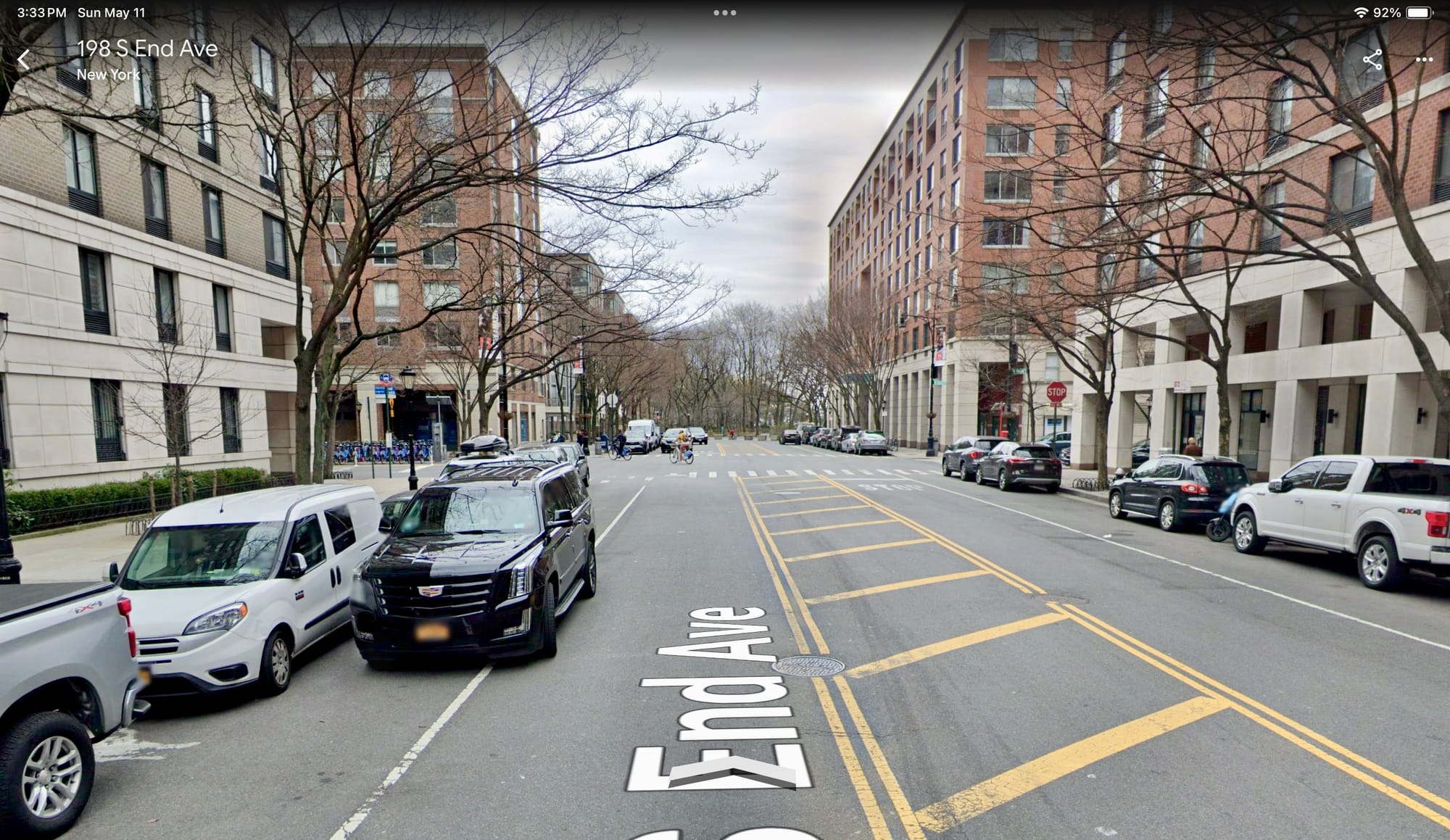
London - Canary Wharf
A Massive development that is more about cars and soulless architecture than people
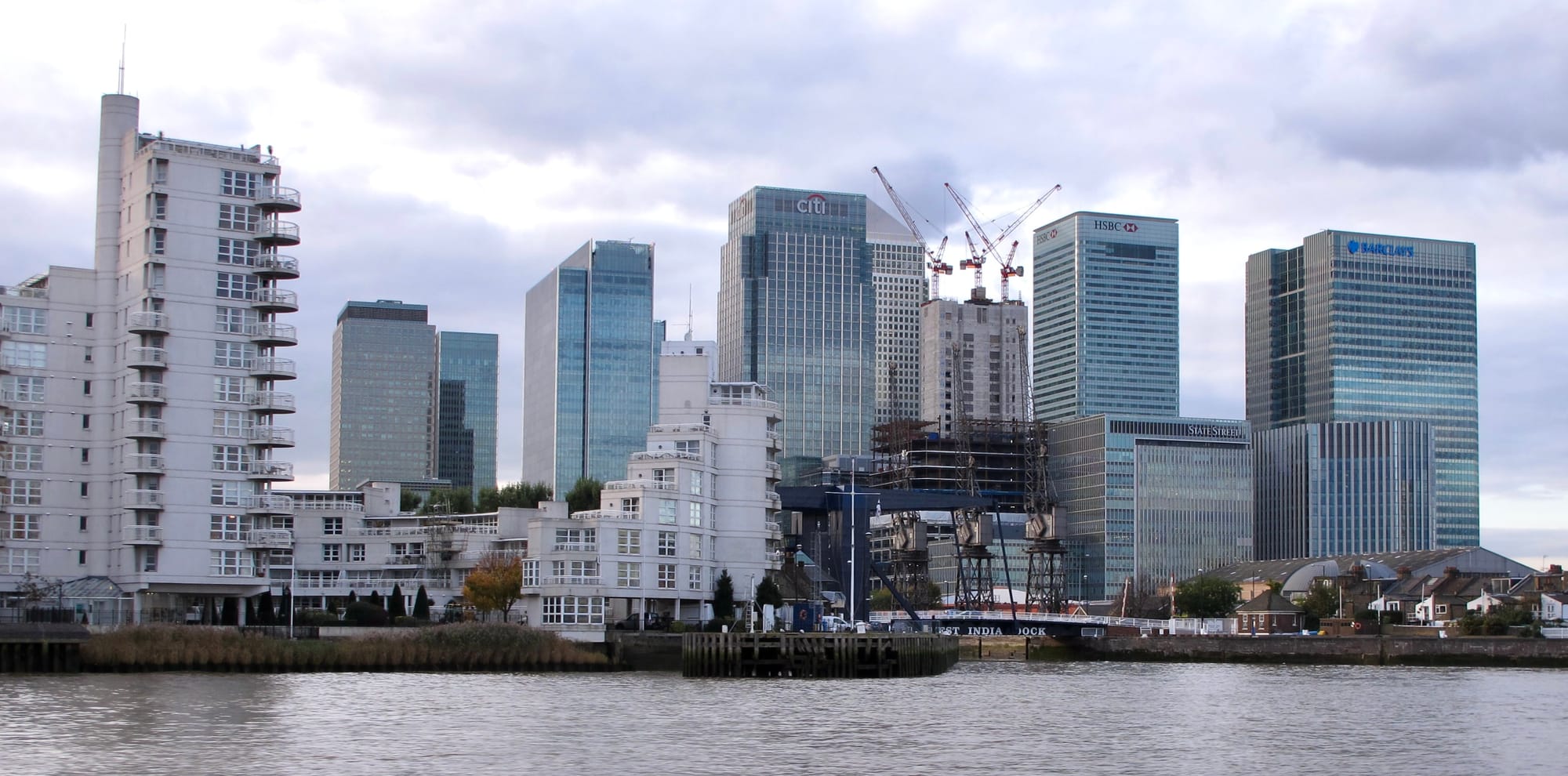

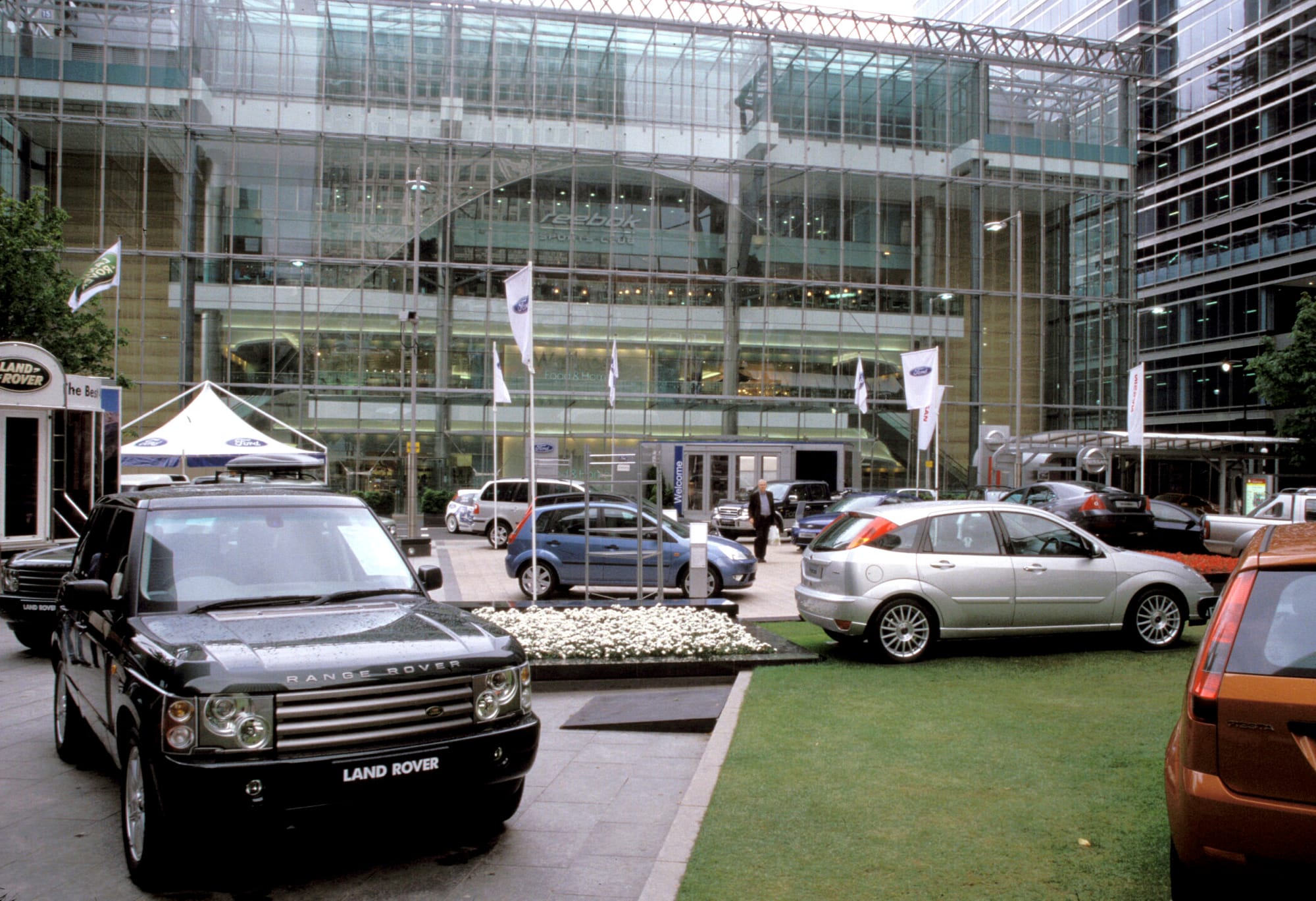
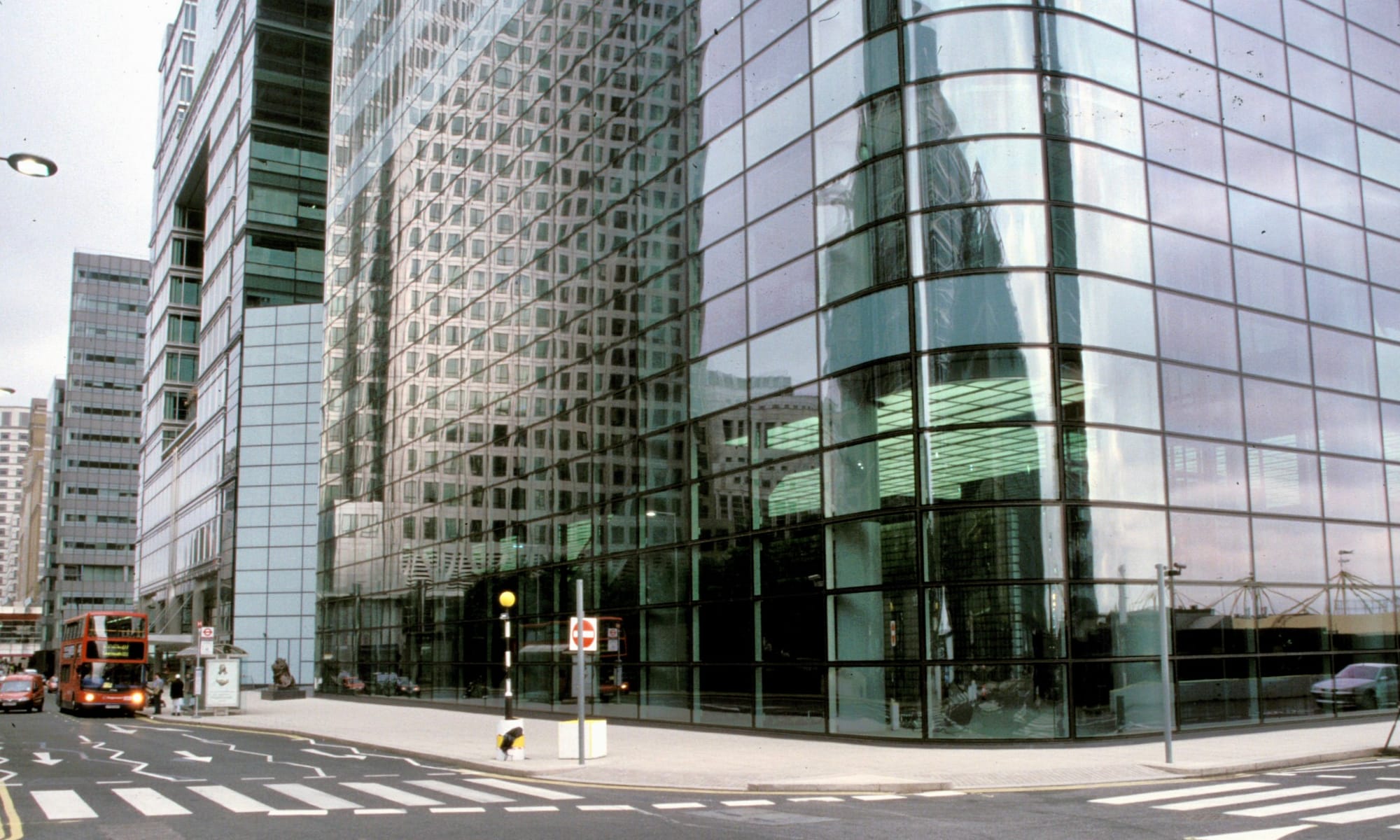
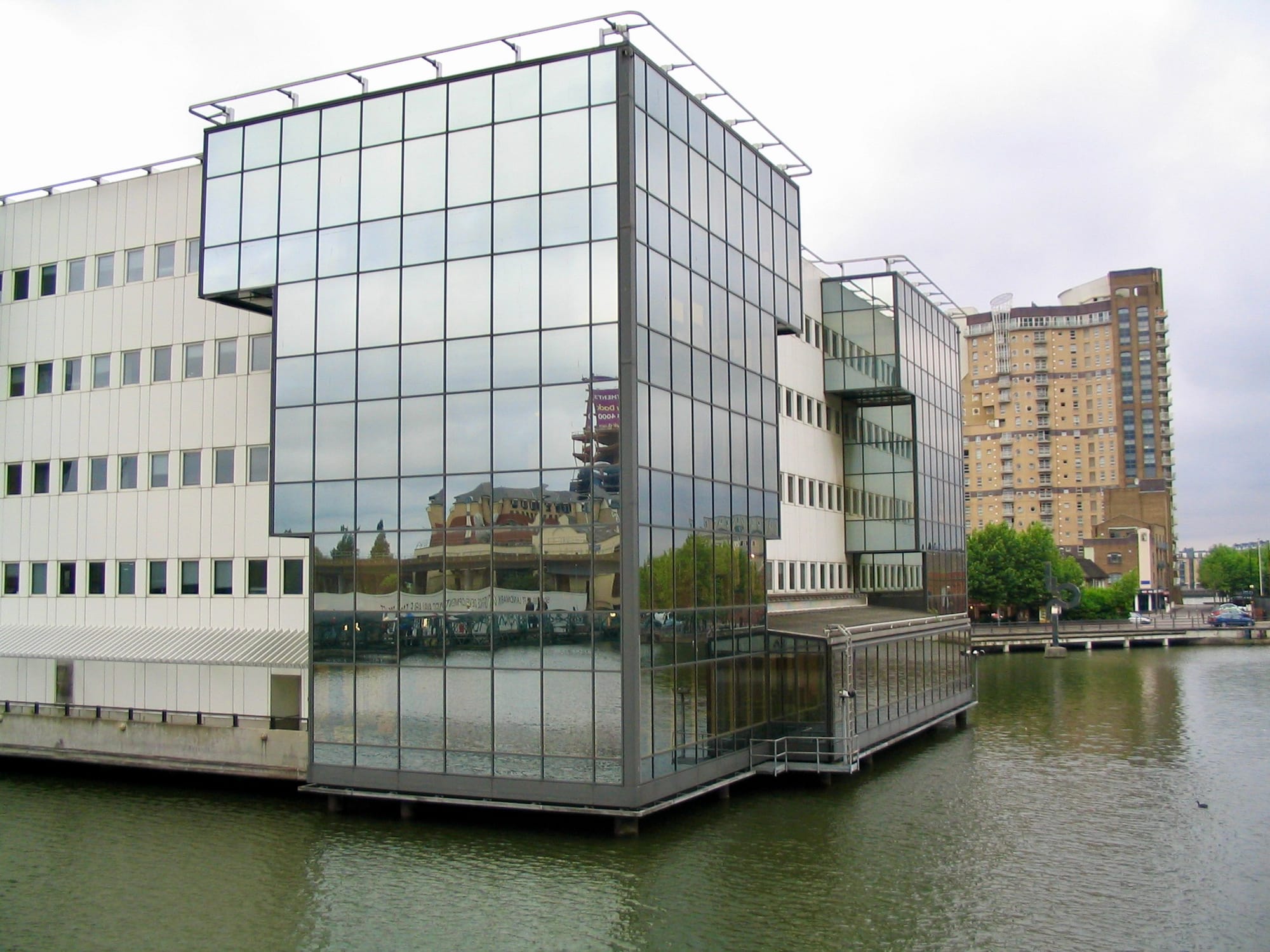
Upper West Side 50th Street to 72nd Street
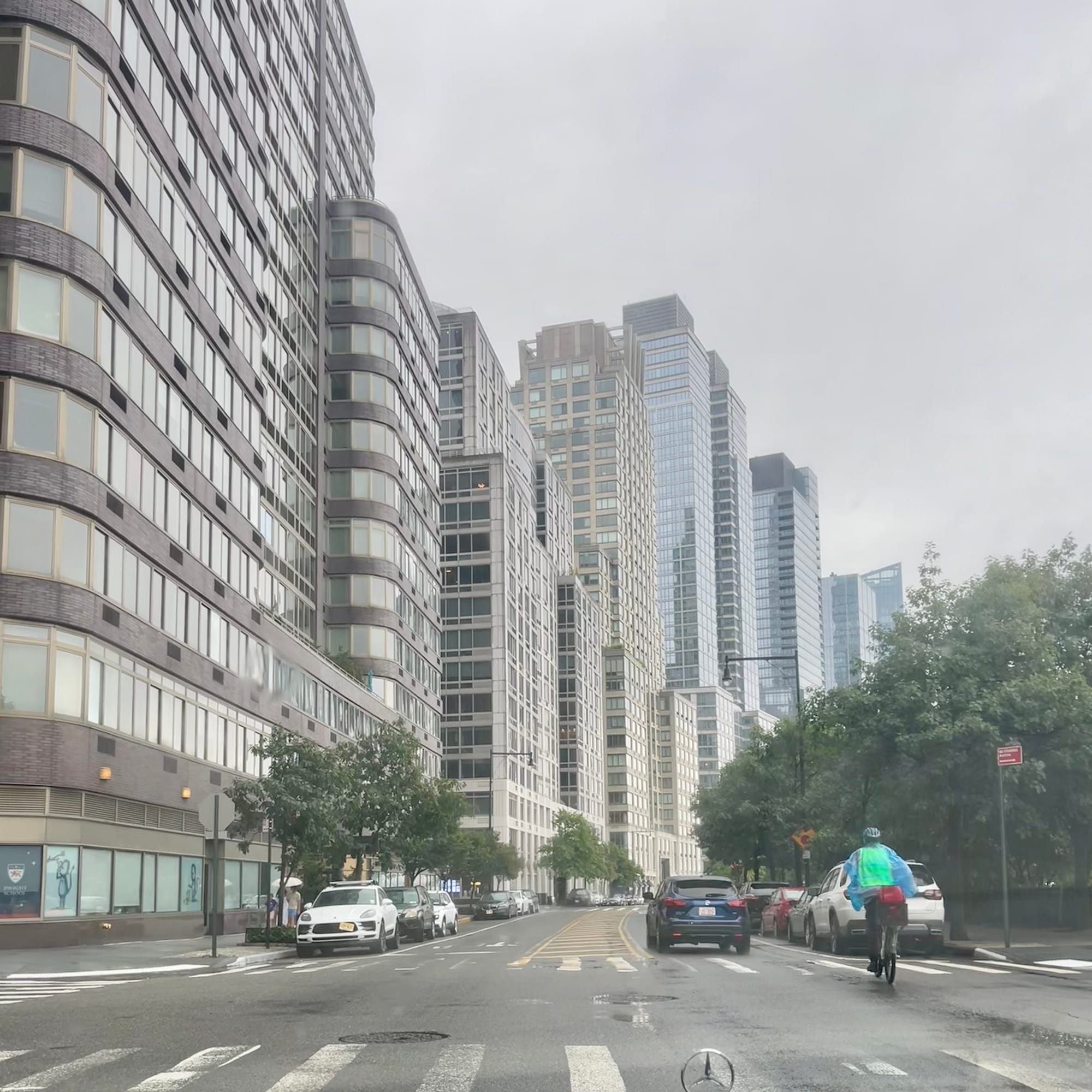
Hong Kong
Hong Kong has a similar high rise waterfront to the one being proposed in Brooklyn. It has limited appeal other than a walkway along the water that is disconnected from valuable waterfront amenities that people would benefit from being connected to. Instead of being an inviting and engaging place, it feels cold and soulless. This is not a model we should aim to follow in Brooklyn.
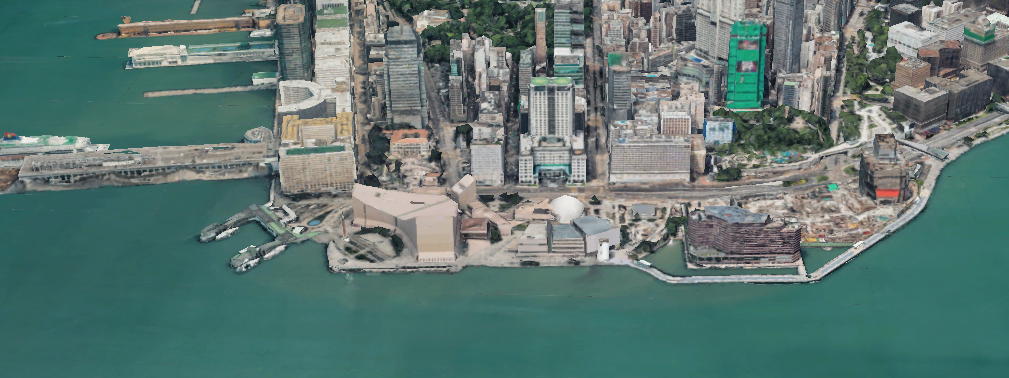
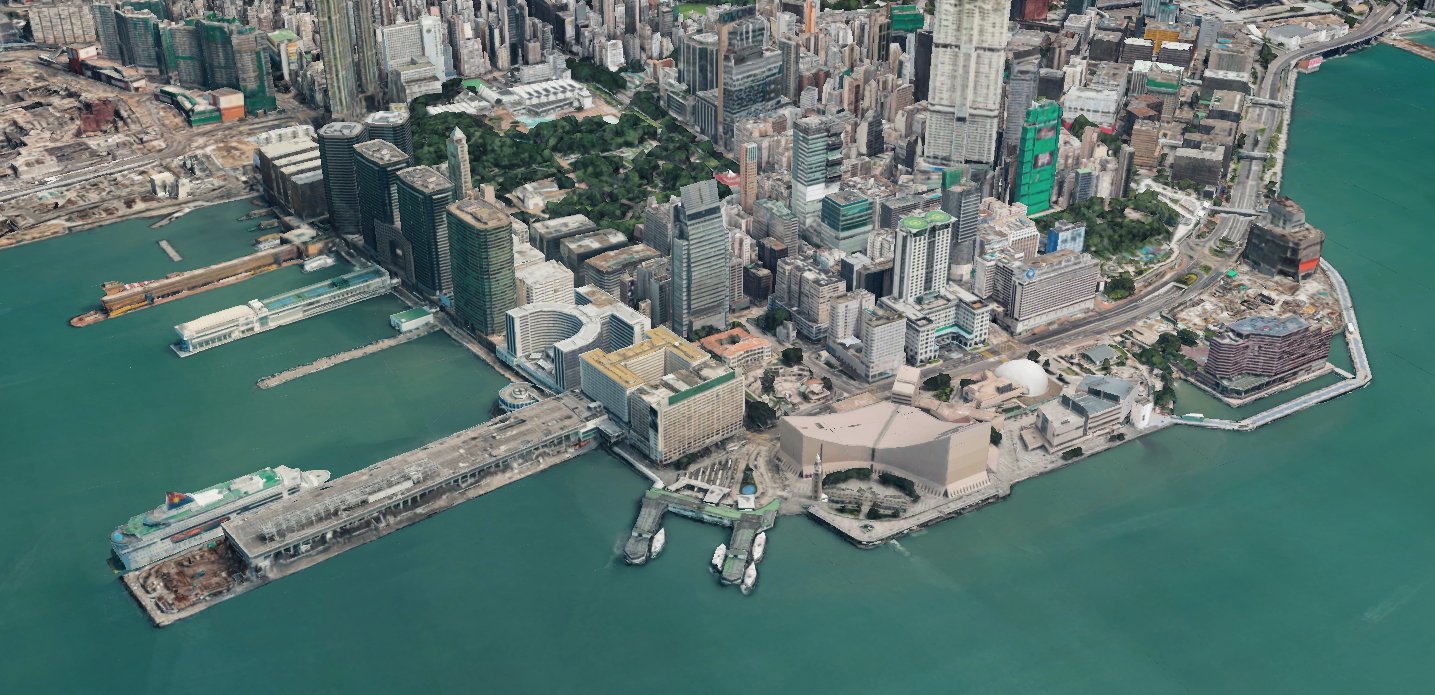
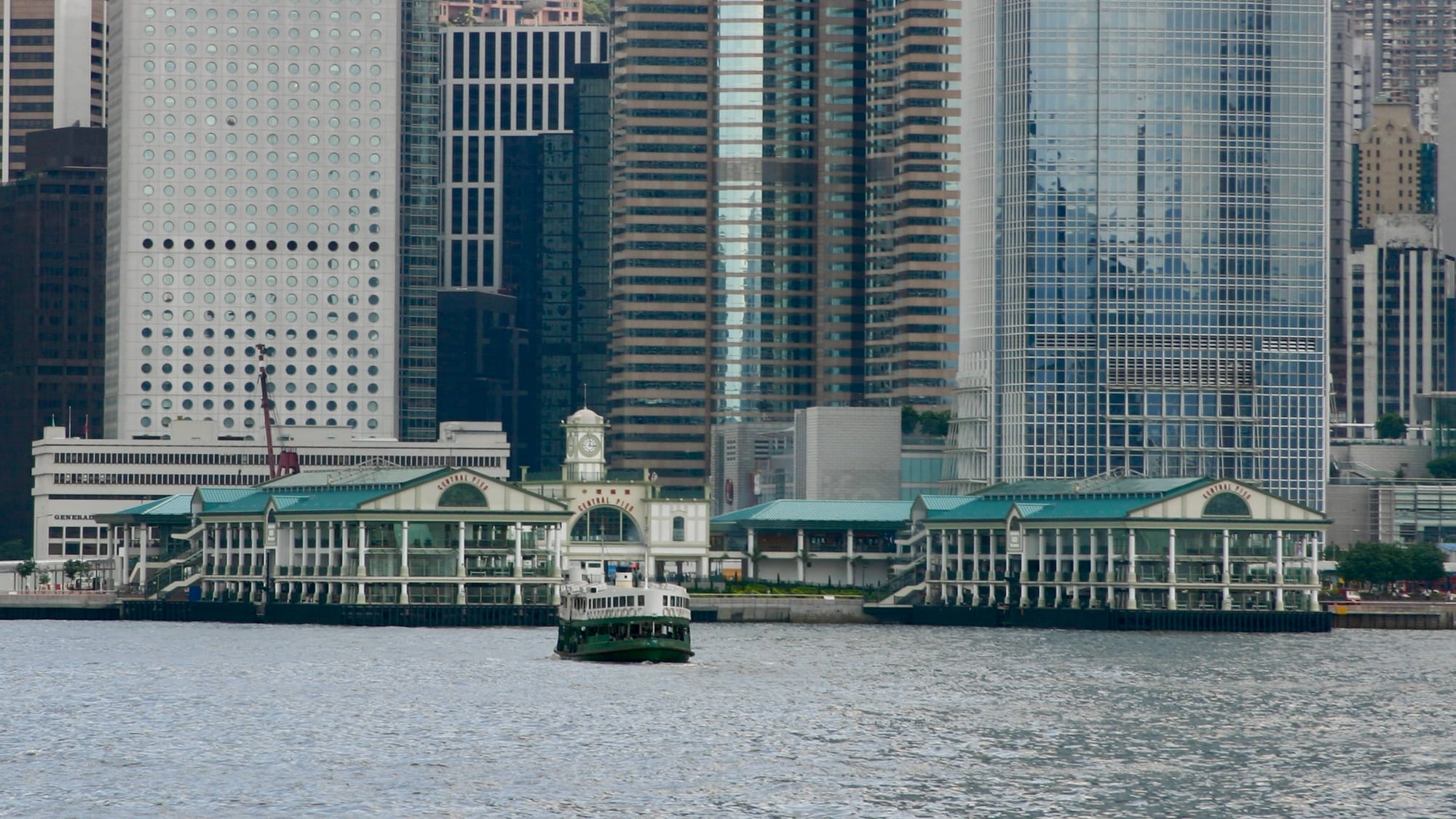
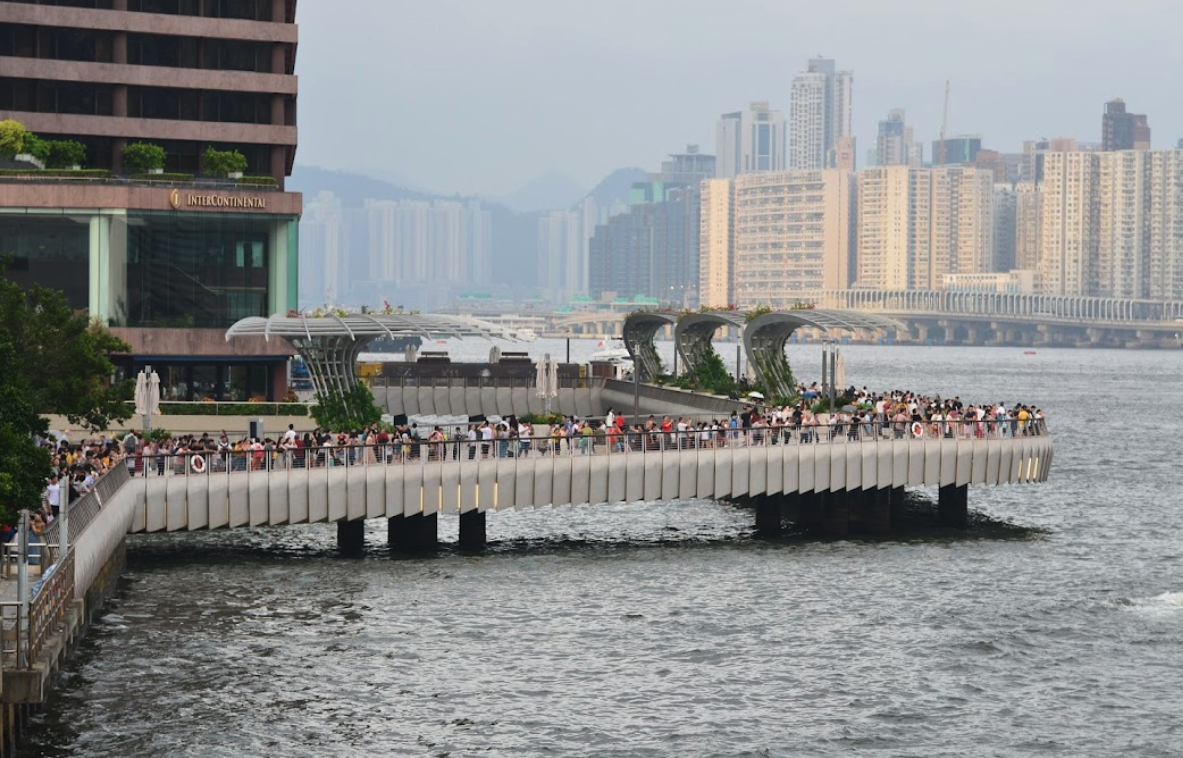
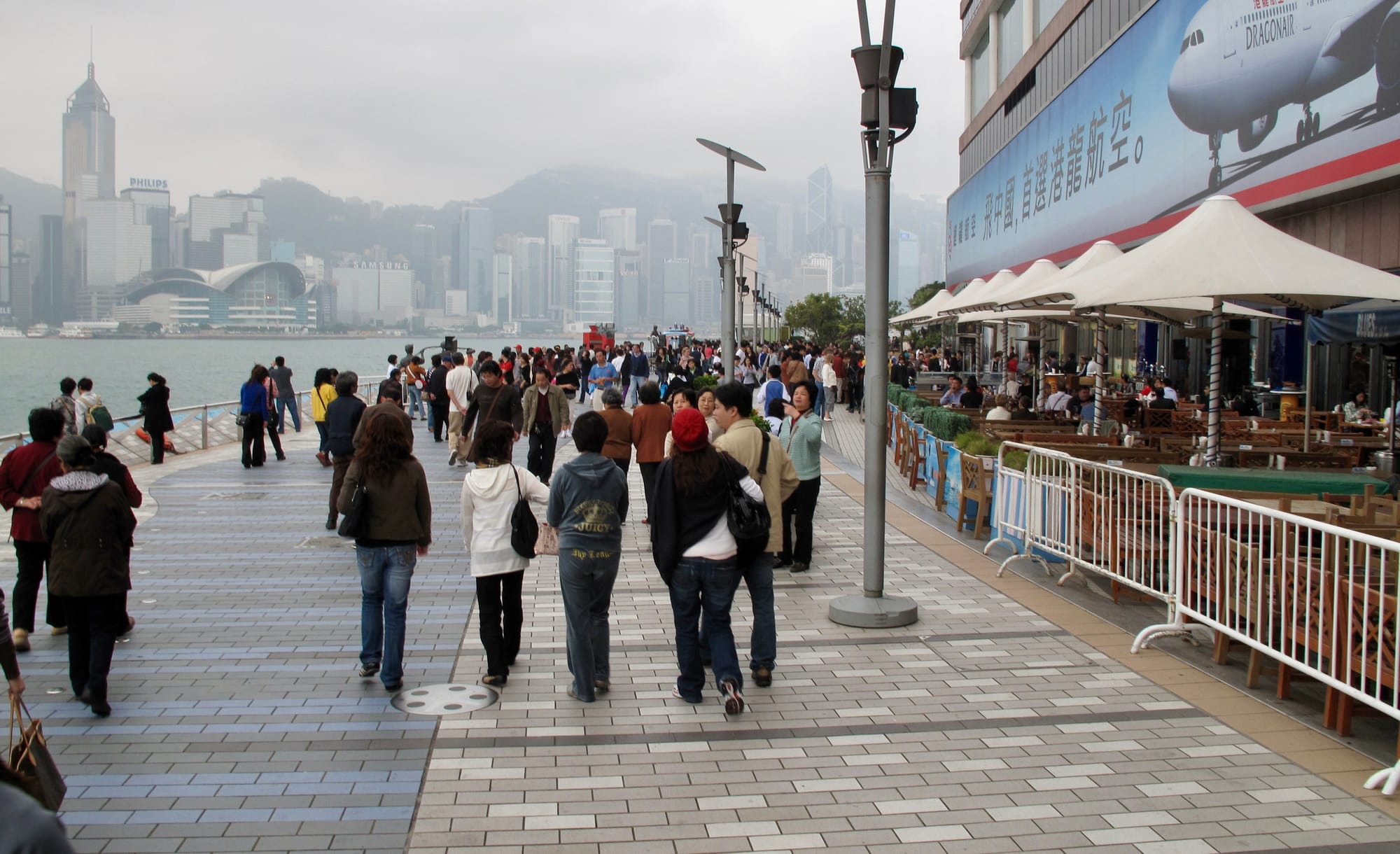
What Brooklyn Must Do
Brooklyn should create a vision for what it wants to be in the future based on its values and culture, and make development decisions in accordance with that vision.
The world sees Brooklyn as a mix of cultures, creativity, innovation, and historic charm. It weaves small neighborhoods with unique character into impressive assets. Its future should be defined by highlighting these assets and connecting the community to them, not blocking them off so they can only be enjoyed by a few.
We must explore other ways we can shape the future of Brooklyn's waterfront. There are alternative approaches to this transformation that would better serve the community and Brooklyn as a whole for years to come. Paris offers a wonderful example. What happened there can also happen along our waterfront here and make it a similarly world-class space.
Paris Offers a Different Approach
Paris did something very different with its waterfront than Brooklyn, transforming it into a vibrant destination for the public. The changes Paris made have placed Paris Plage on top of the global waterfront ranking in just over 20 years. In recent years, the transformation has been spearheaded by a mayor with a human-centered vision for the city's future.
"There are more and more of us fighting for a different vision of the world – a world that takes care of our most precious resources: the air we breathe, the water we drink and the places we share." – Anne Hidalgo, Mayor of Paris, France
Paris Plage - From a highway along the Seine to the best waterfront in the world
The Paris waterfront along the River Seine used to be dominated by a highway. Cars were the only entities that could enjoy that most precious of space as they sped along it on the way to somewhere else. Then, around 2003 under mayor Bertrand Delanoë, the City decided that this was a waste of enormous potential and transformed it into a place for the people.
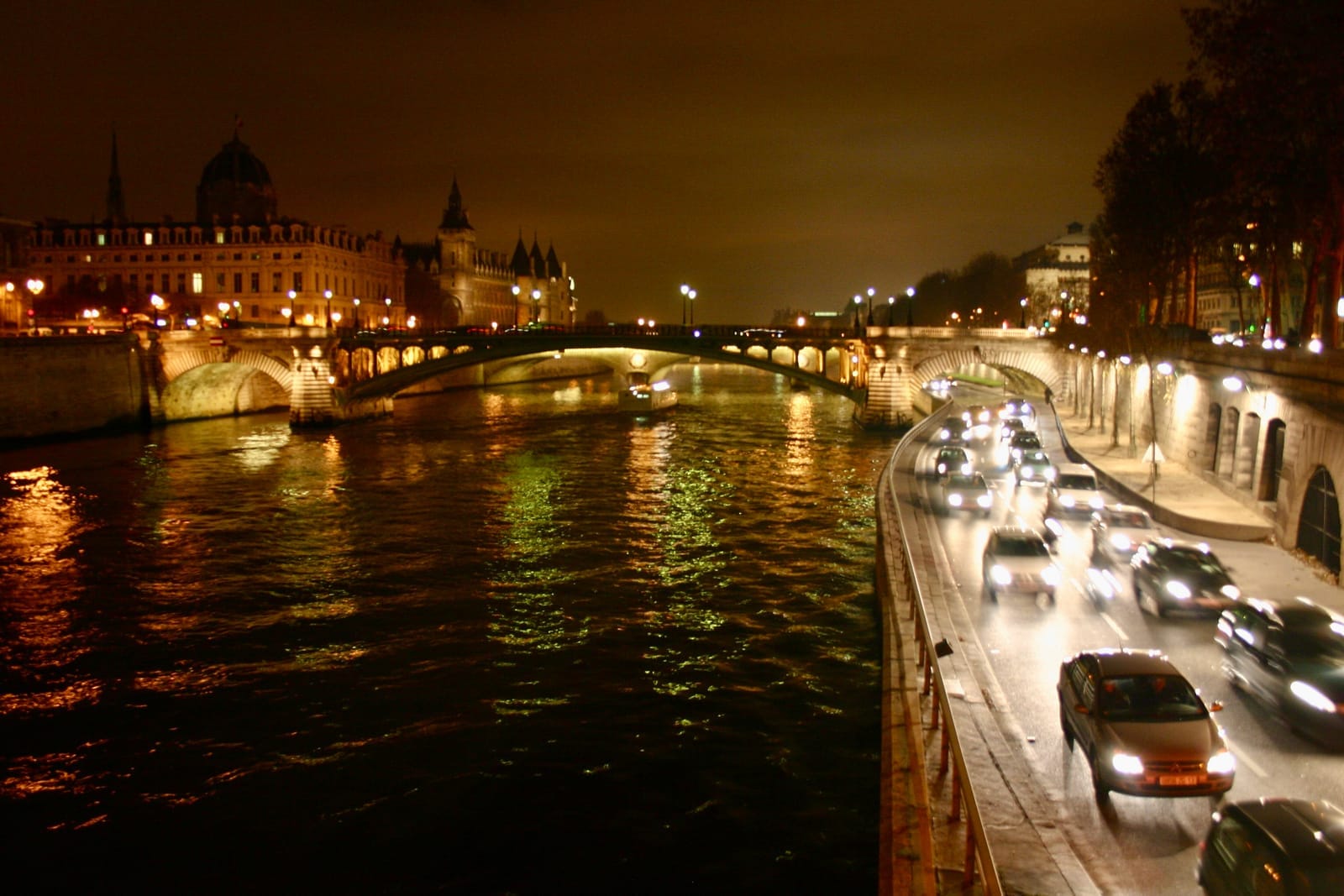
The Right Bank of the Seine was permanently transformed into a waterfront promenade. But it has become far more than just a place to walk and enjoy the views of the river. Especially in the summer, this area has become a place to have numerous fun and interesting experiences such as playing games, dancing in the evenings, playing in the sand, eating at various restaurants and cafes, engaging with the arts, and more.
As the Seine often floods in the spring, the activations need to be removed, meaning that the programming is seasonal. That allows Paris Plage to continuously reinvent itself year after year, offering new and ever more exciting activities that adapt to the times and to public demand.

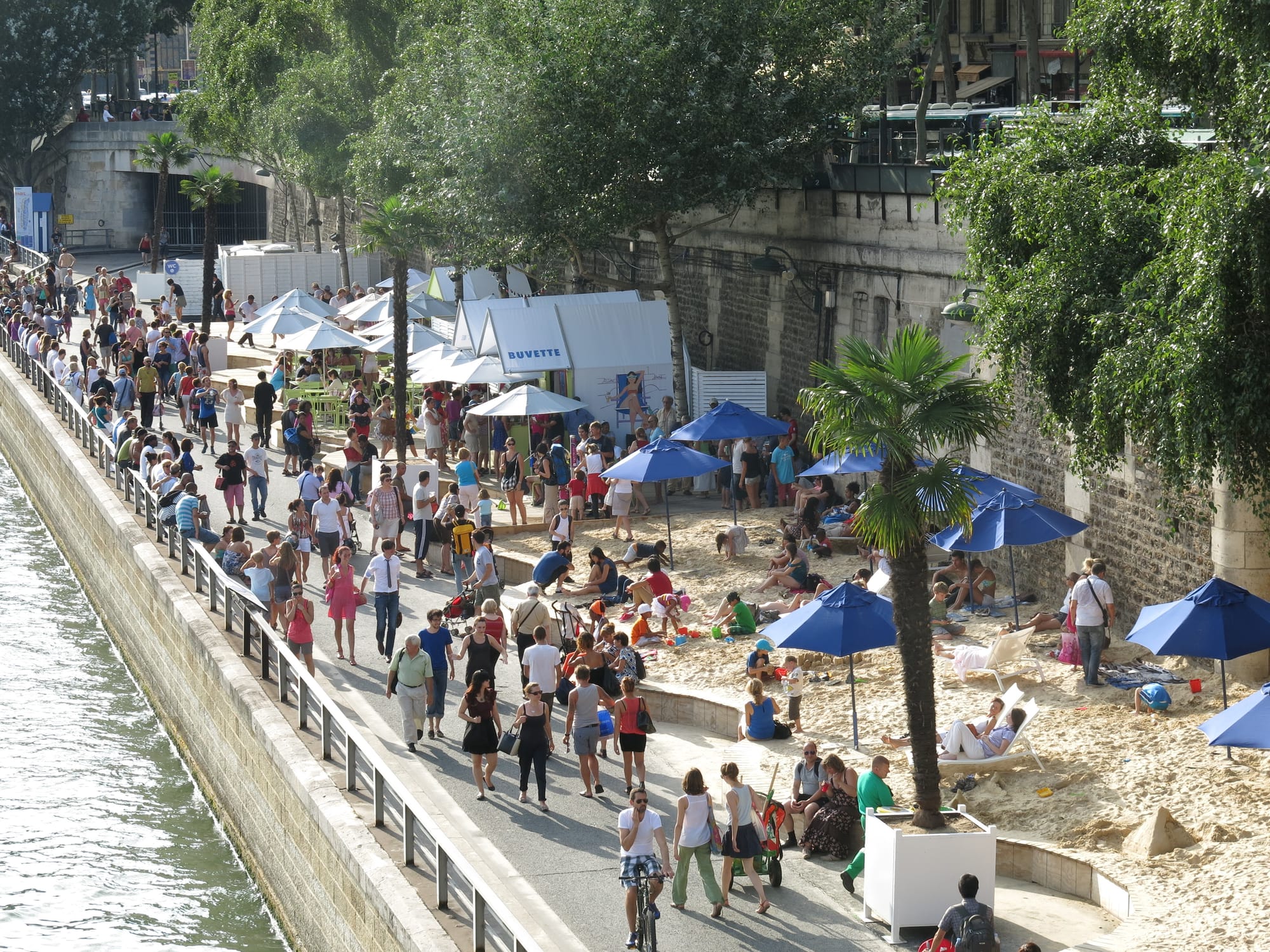

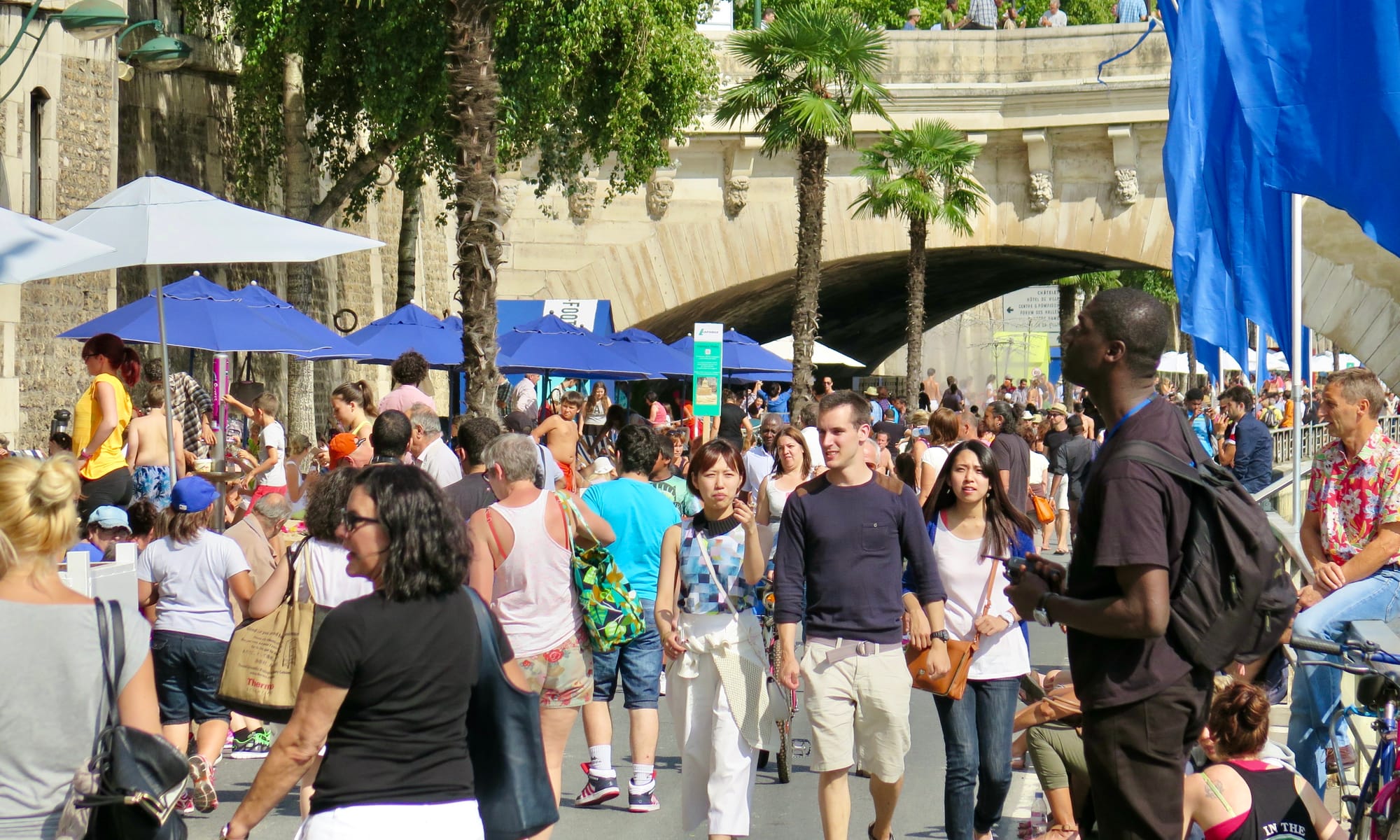
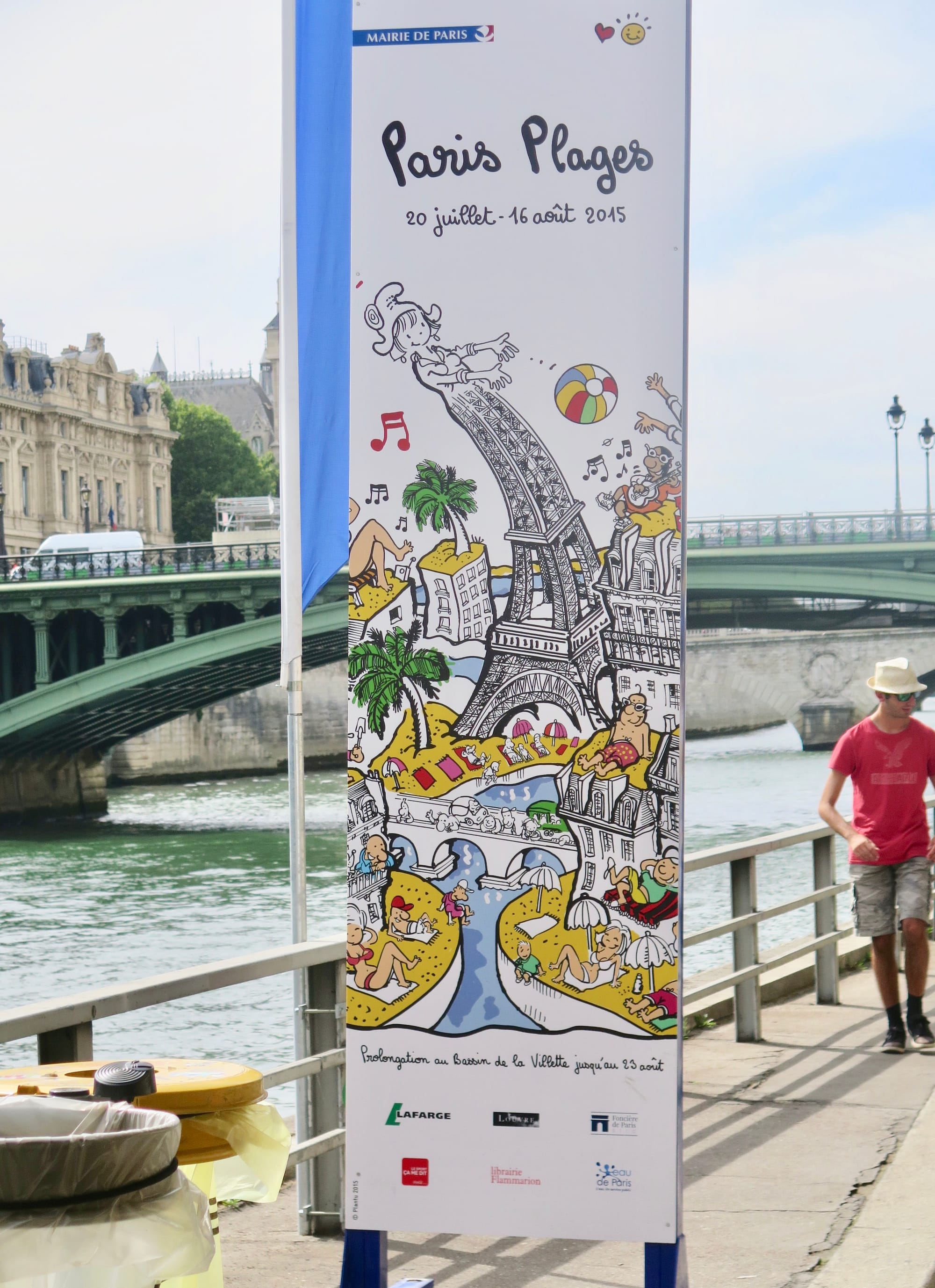
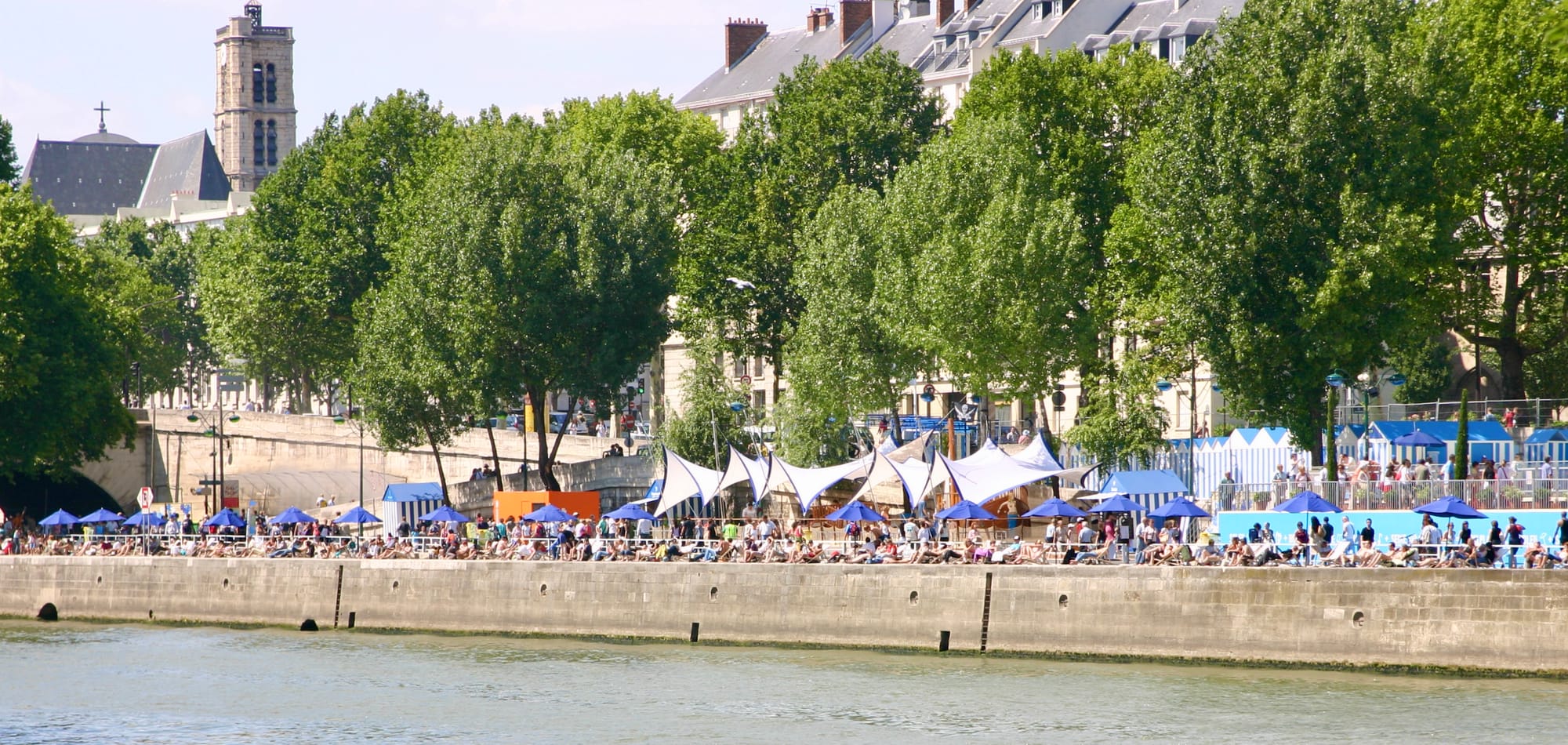
Programming and Placemaking at the Waterfront
We don't know of any waterfronts that have had such a laser focus on Placemaking and programming as the foundation of their waterfront. Paris is the "gold standard" when it comes to providing different types of uses around the water so that people of all kinds can enjoy it and thrive there.
Cultural Assets
Starting with the public institutions, museums and other cultural assets have brought art and literature to the waterfront, allowing people to experience their treasures without having to make their way over to the physical institutions throughout the city.
Musée d'Orsay
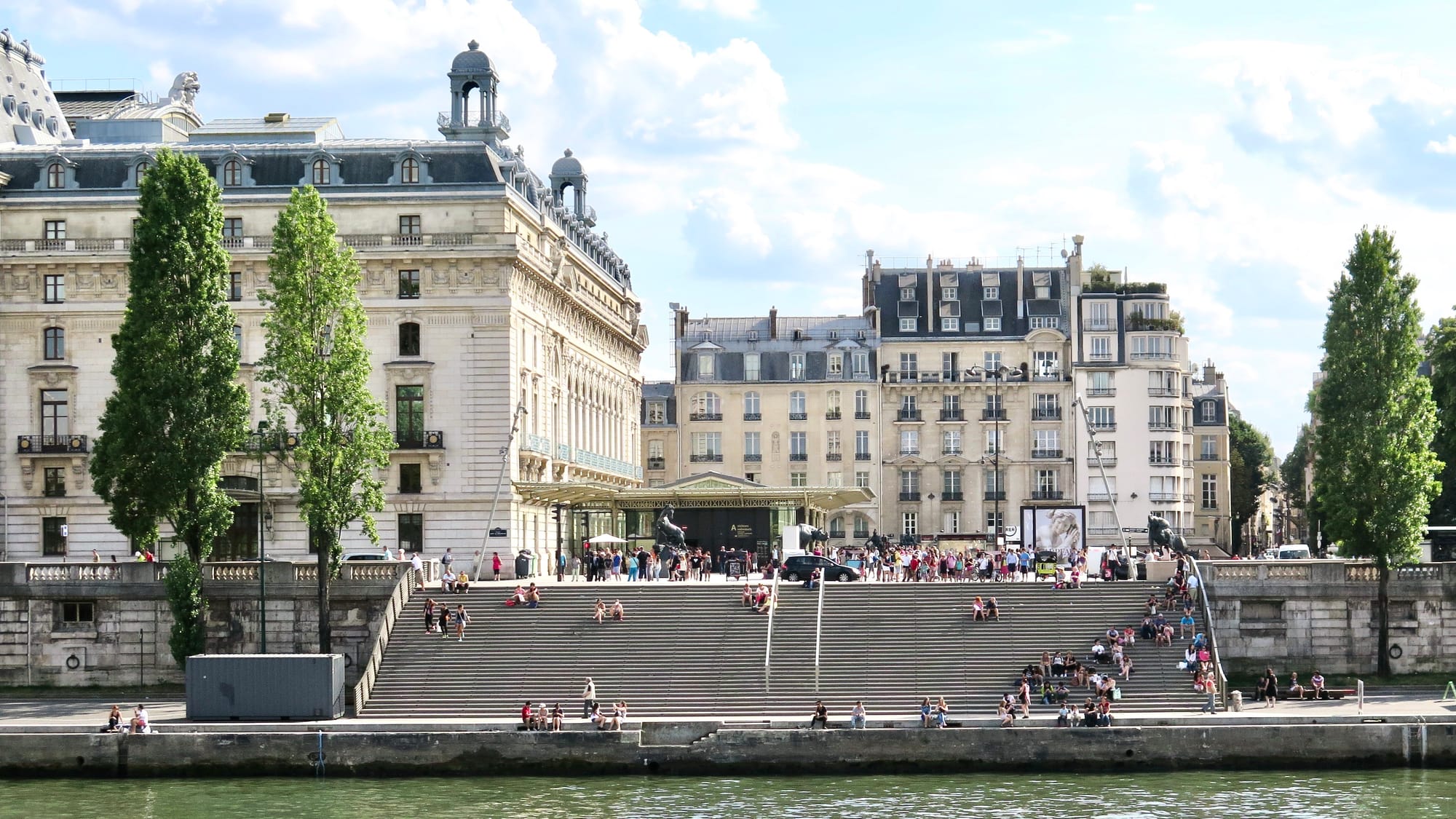
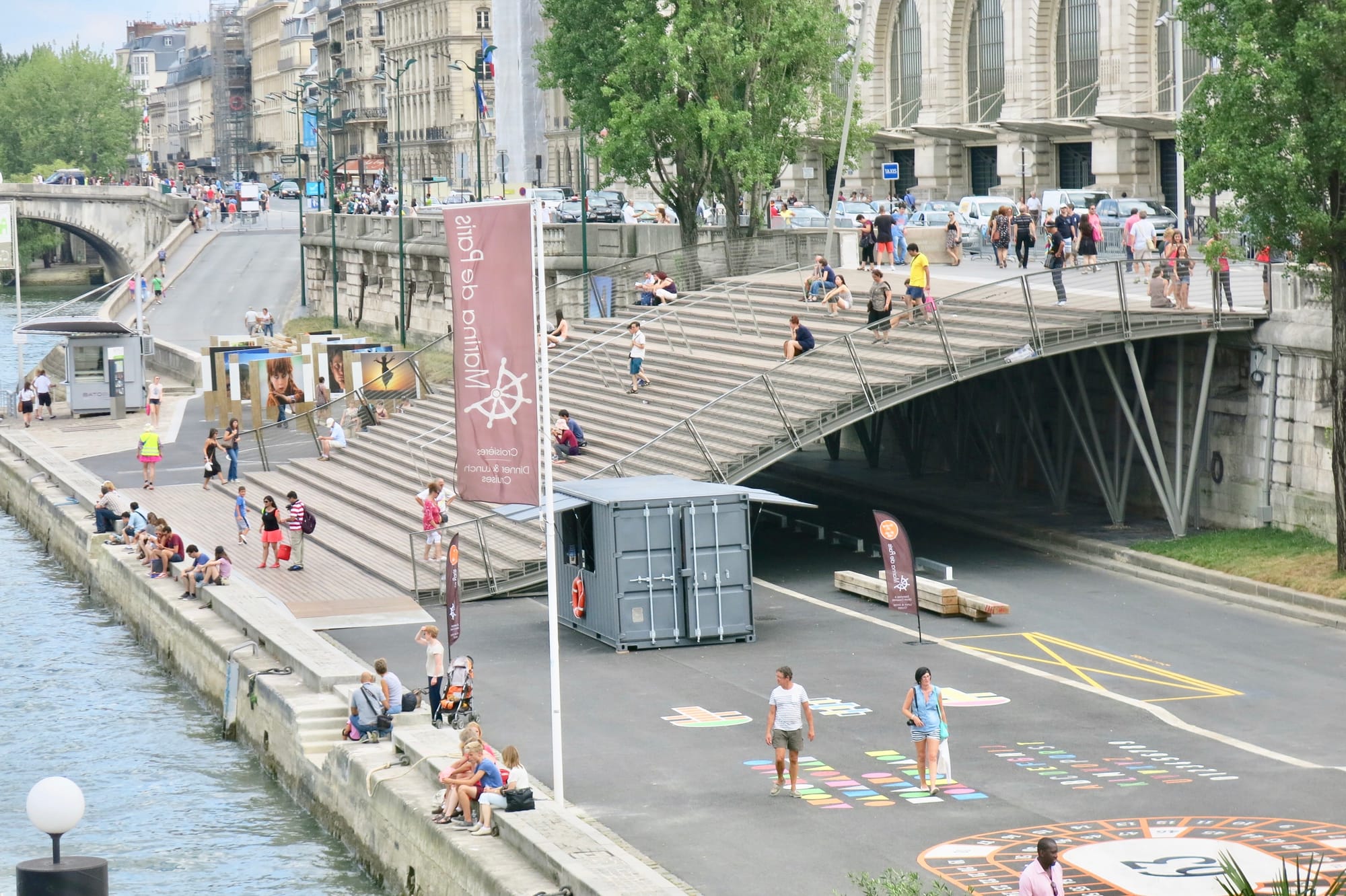

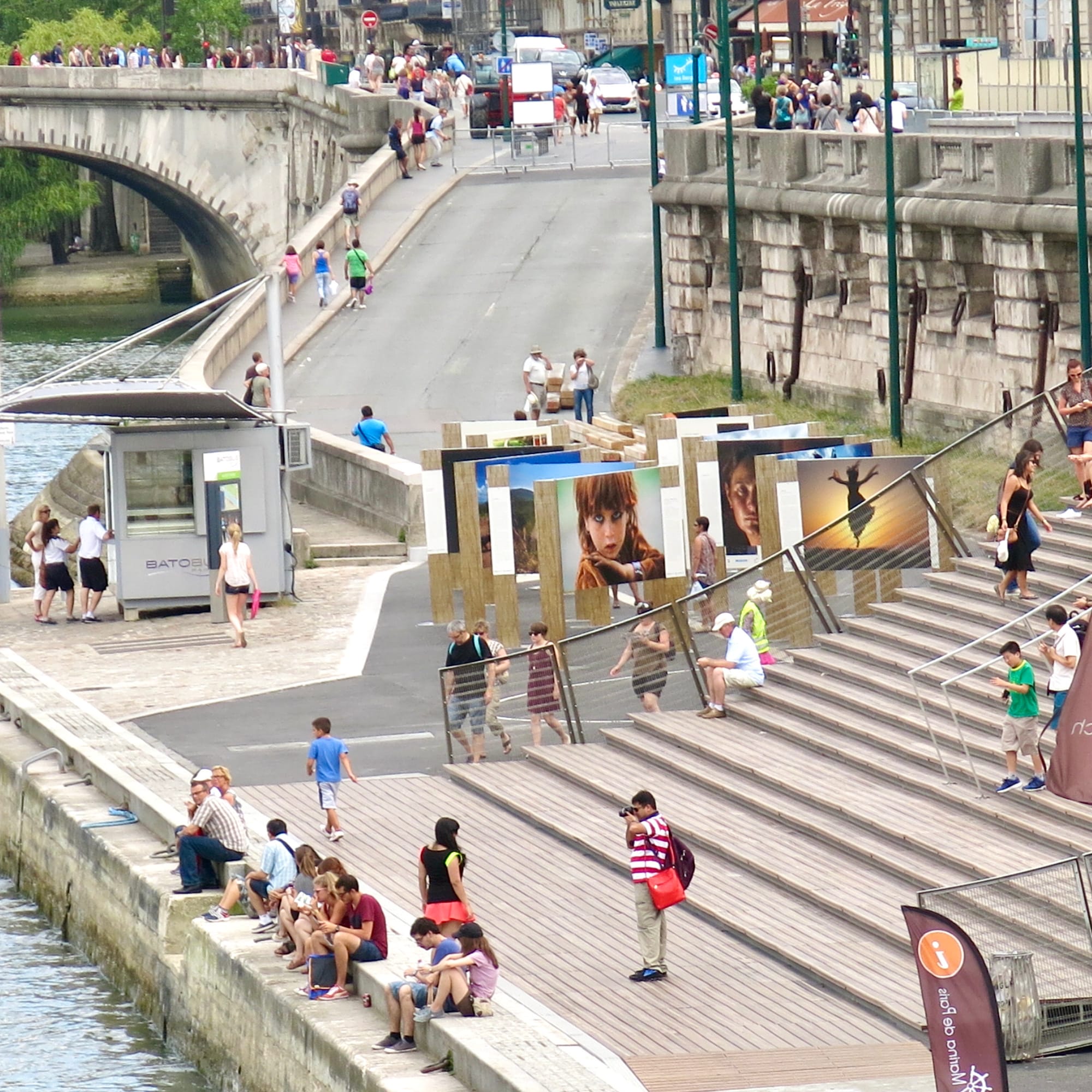

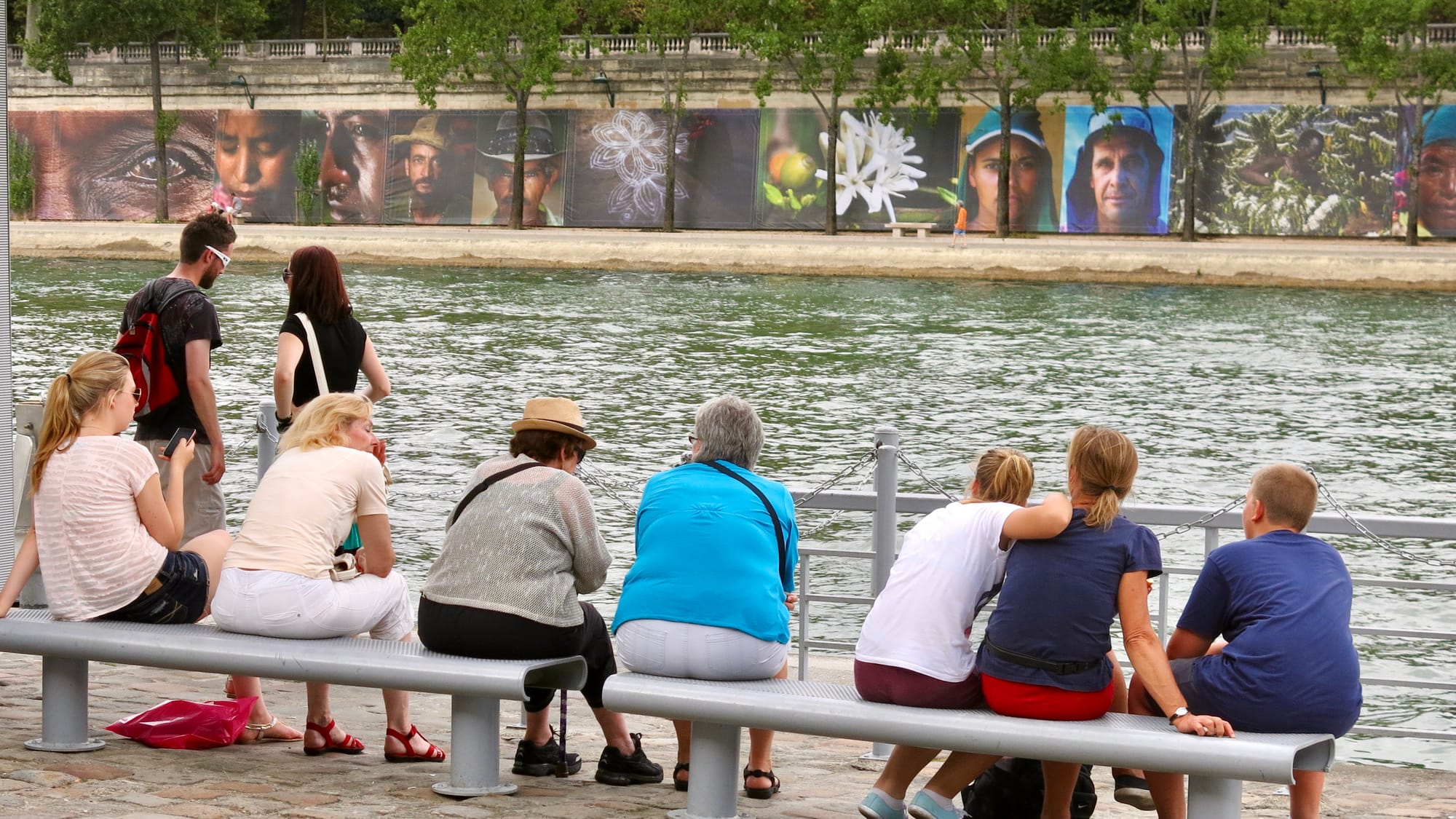
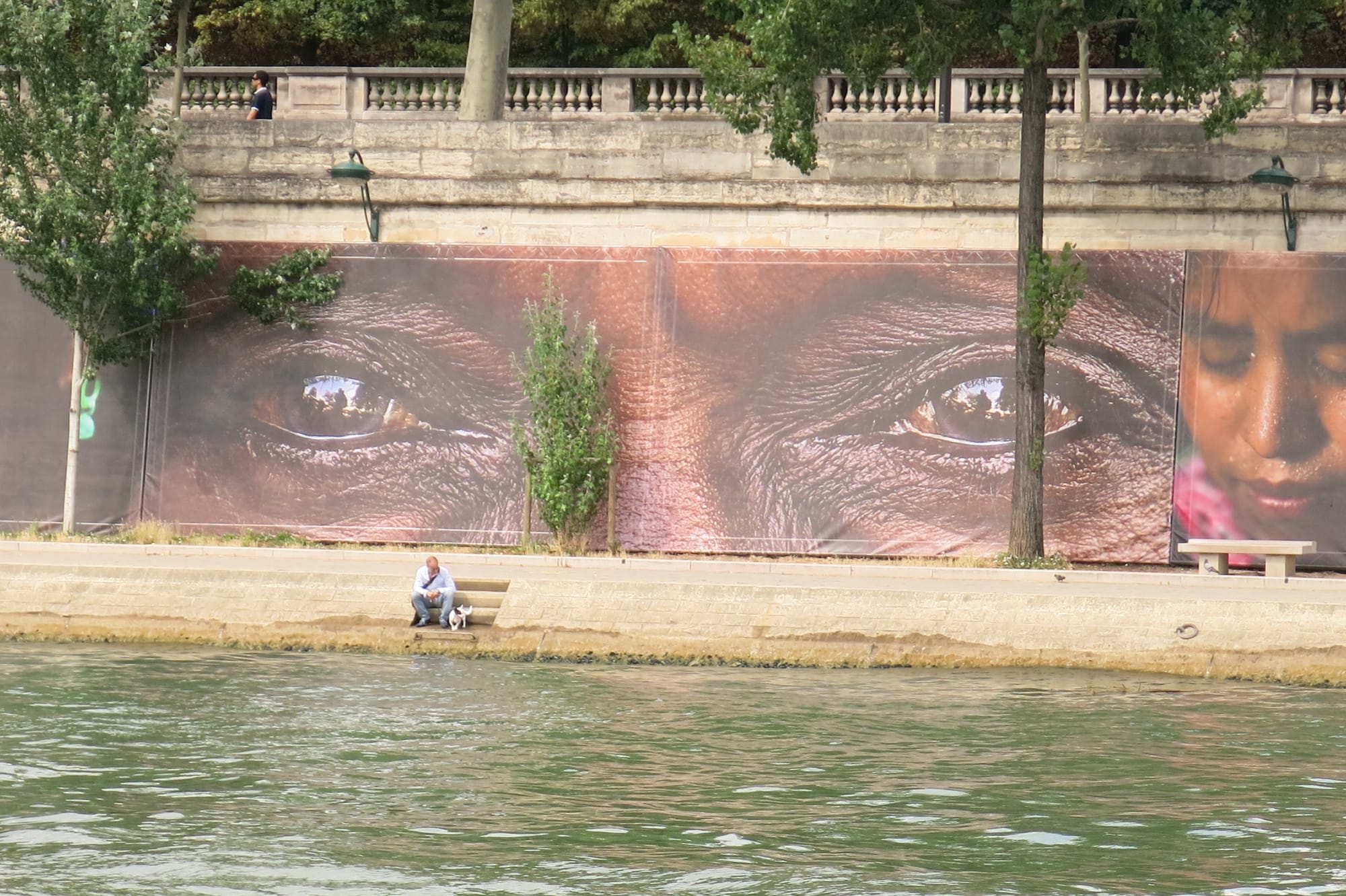
The Louvre
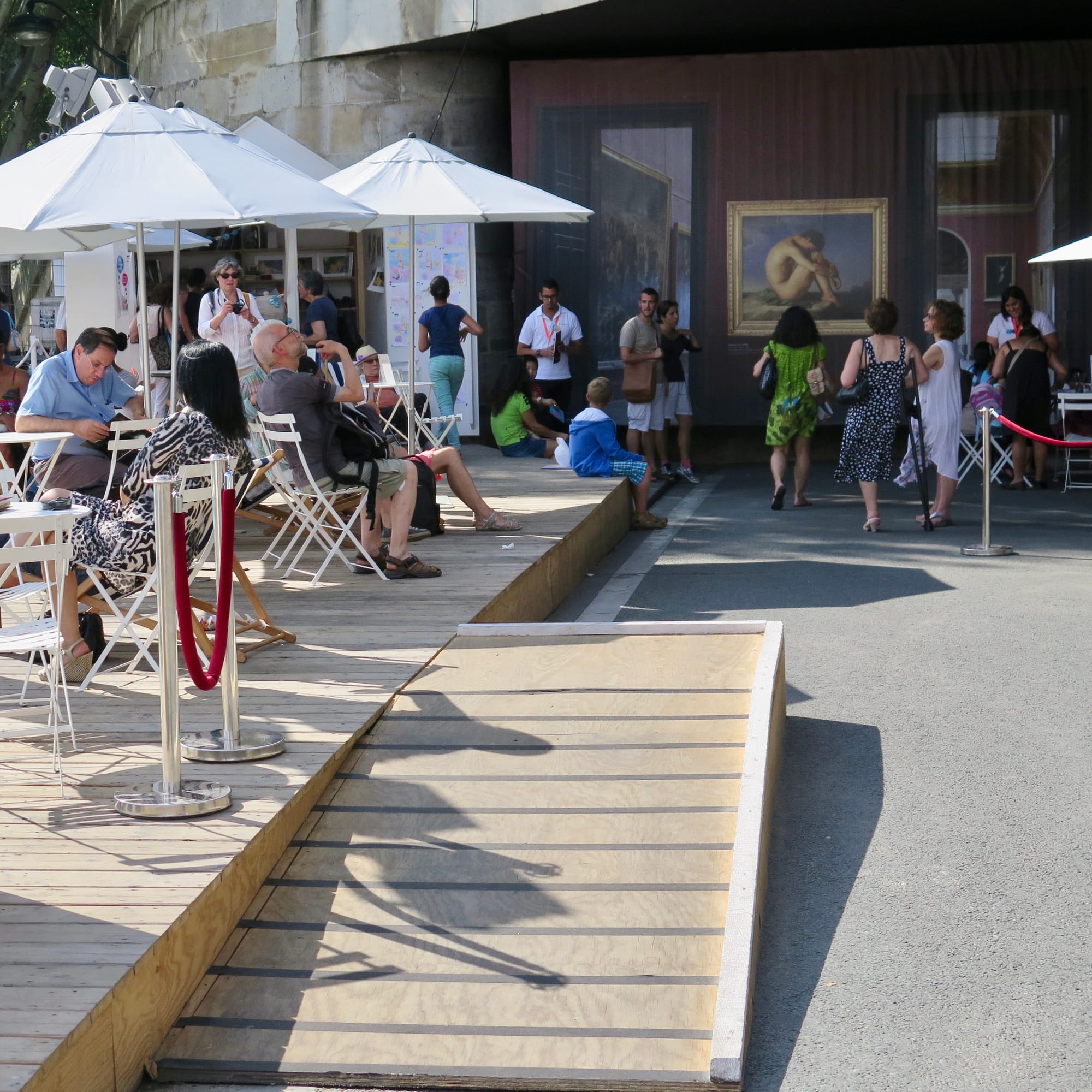
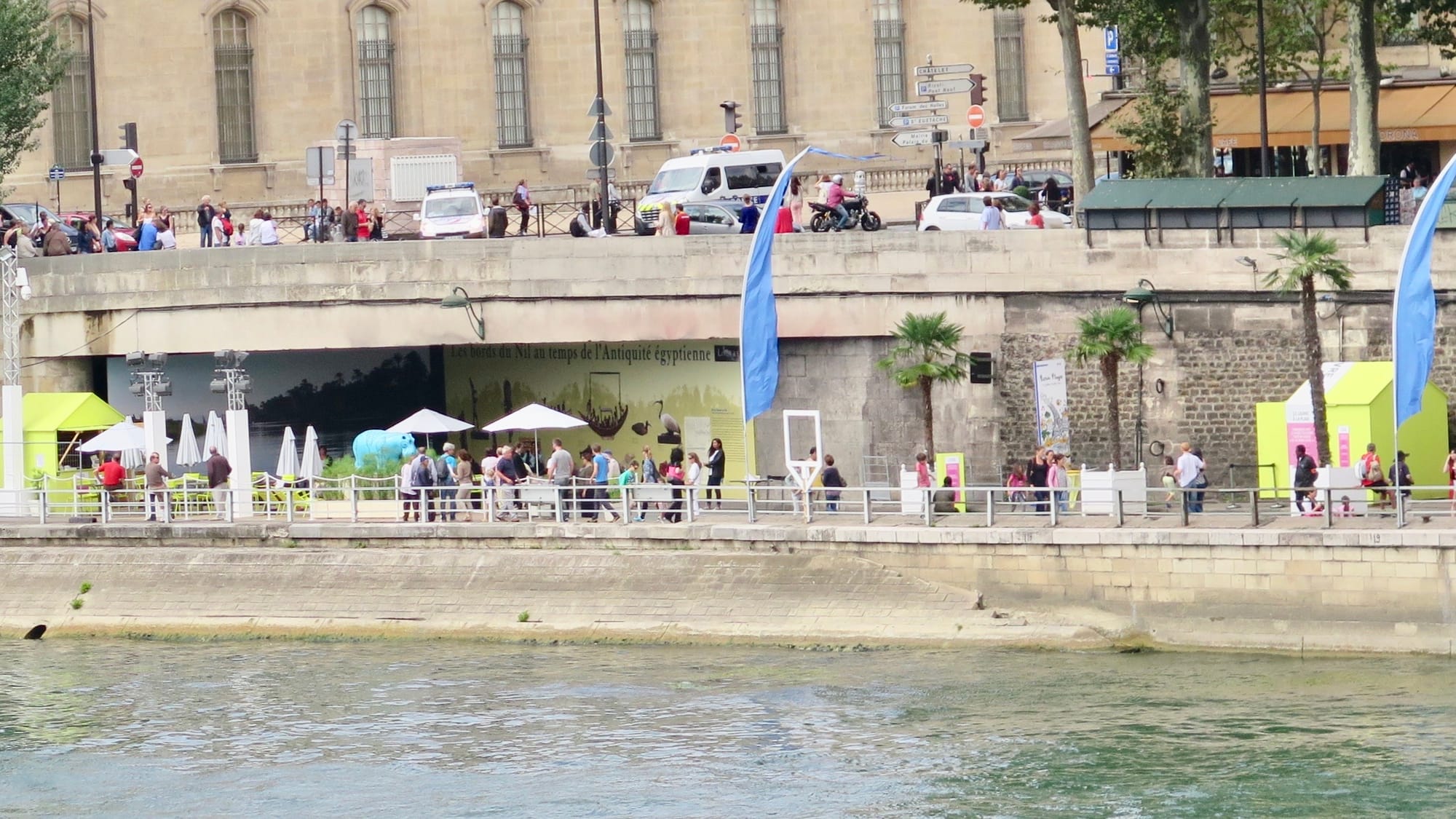
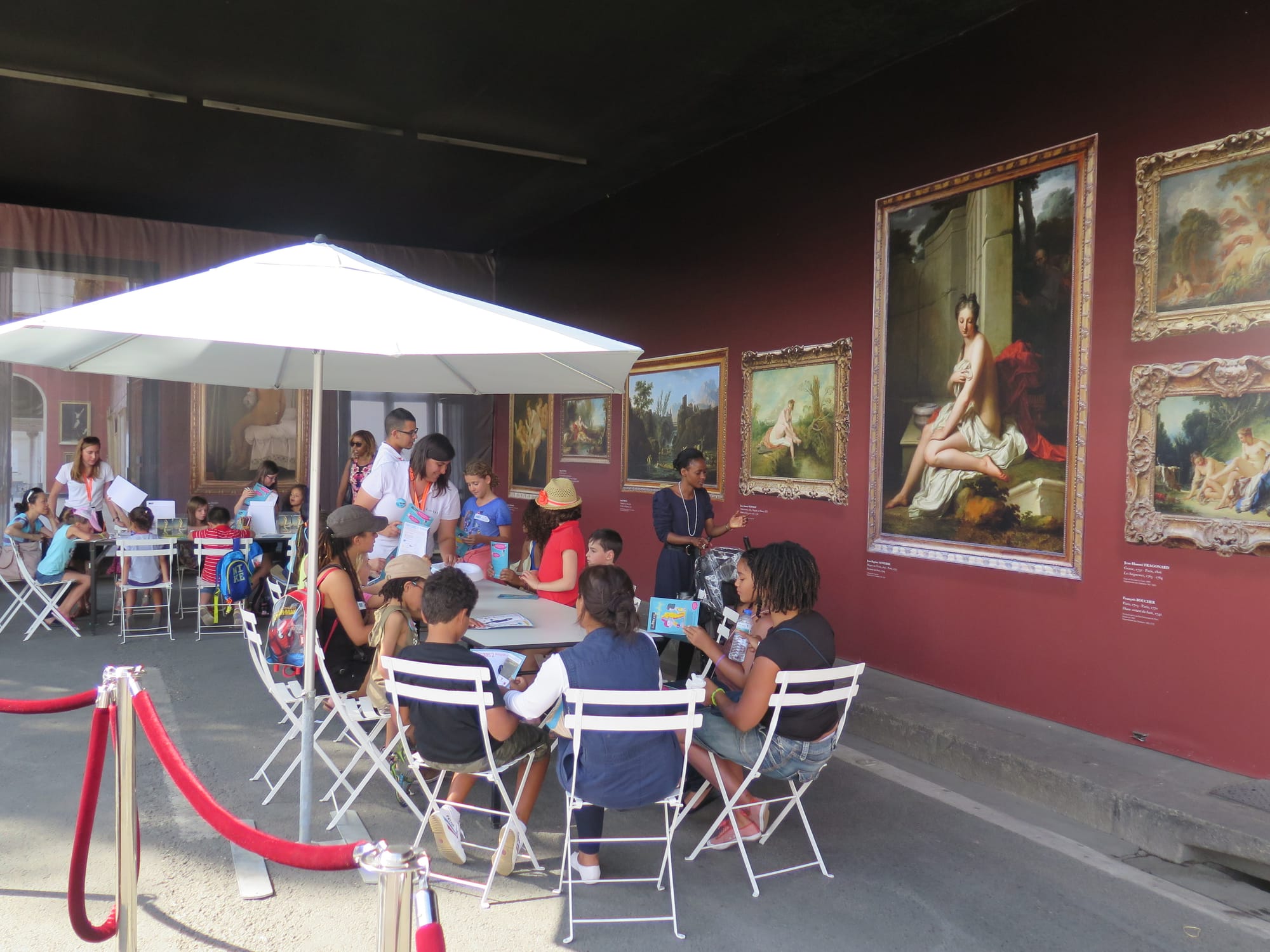
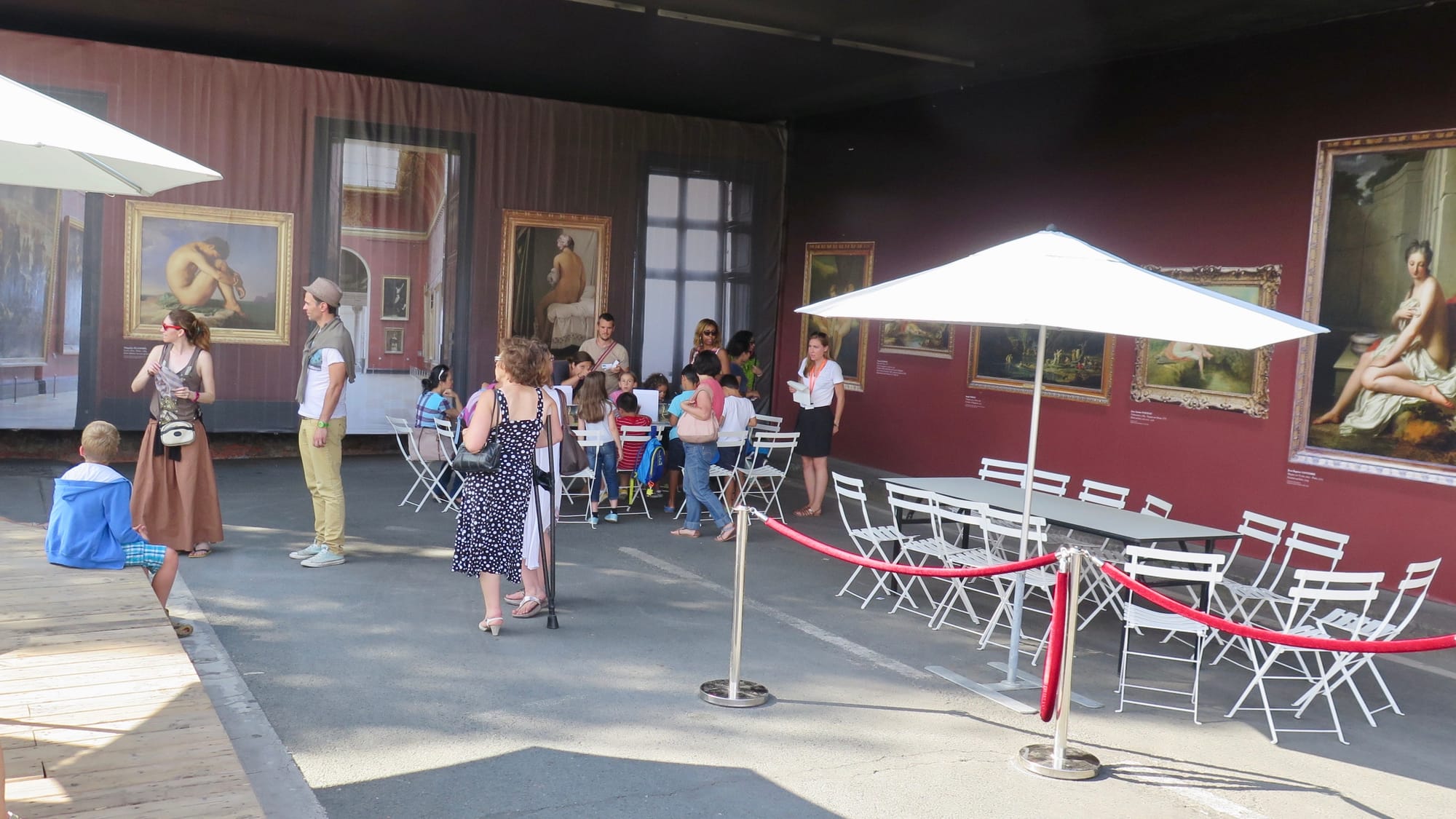
Other kinds of activations for art, culture, and literature have also been set up to encourage creativity and freedom of expression. People are invited to engage in community art, outdoor reading, and more.
Interactive art
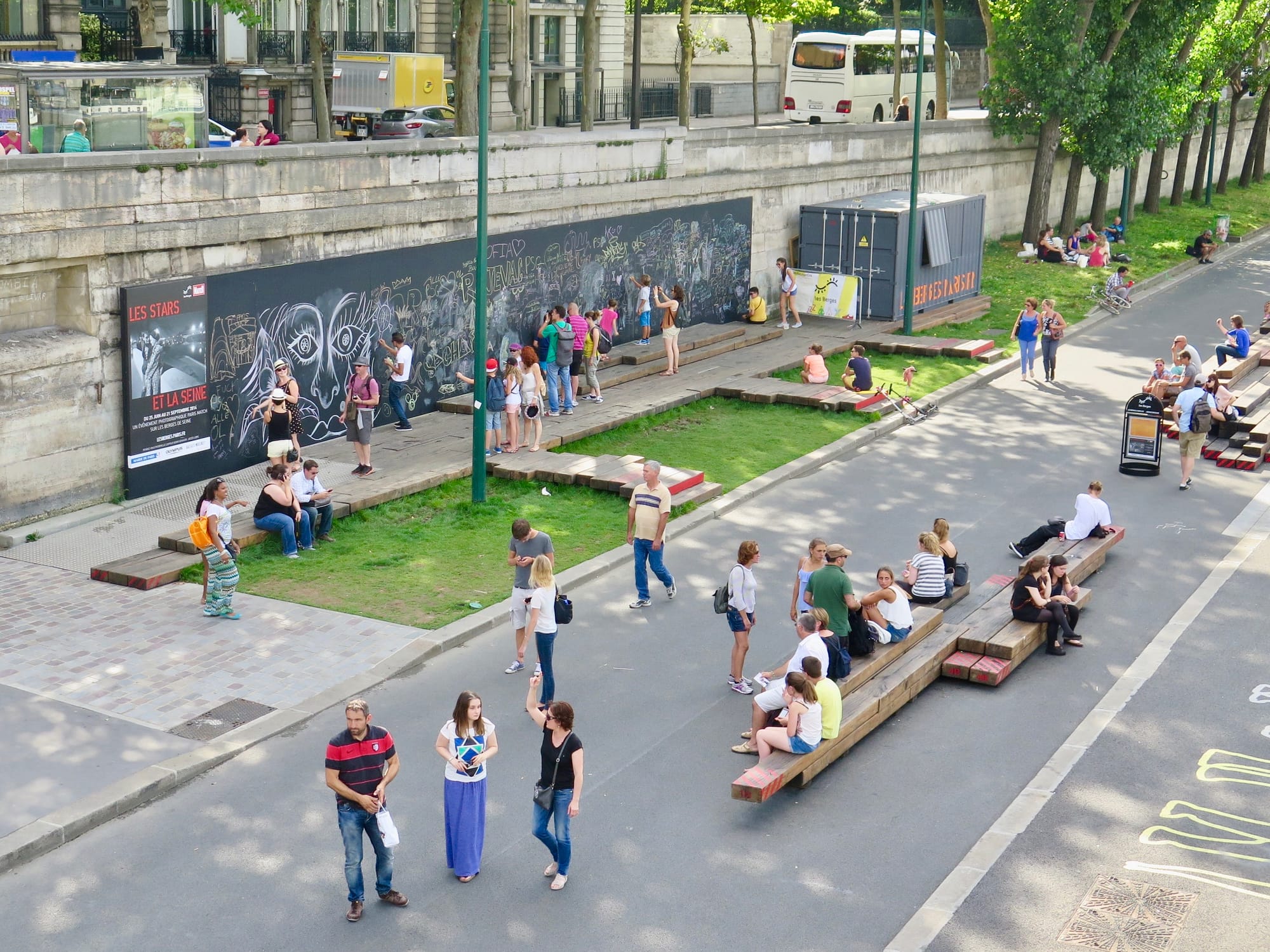
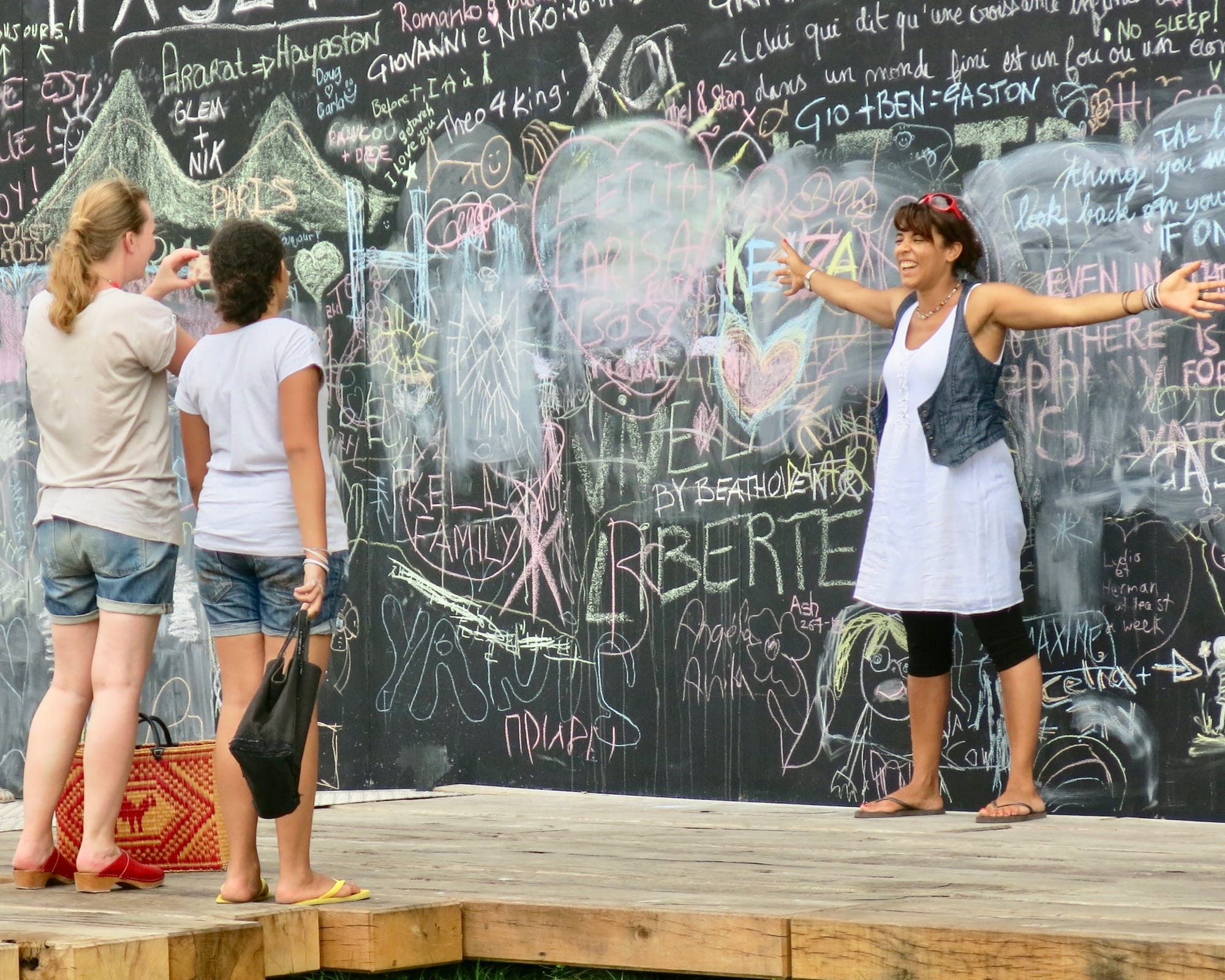
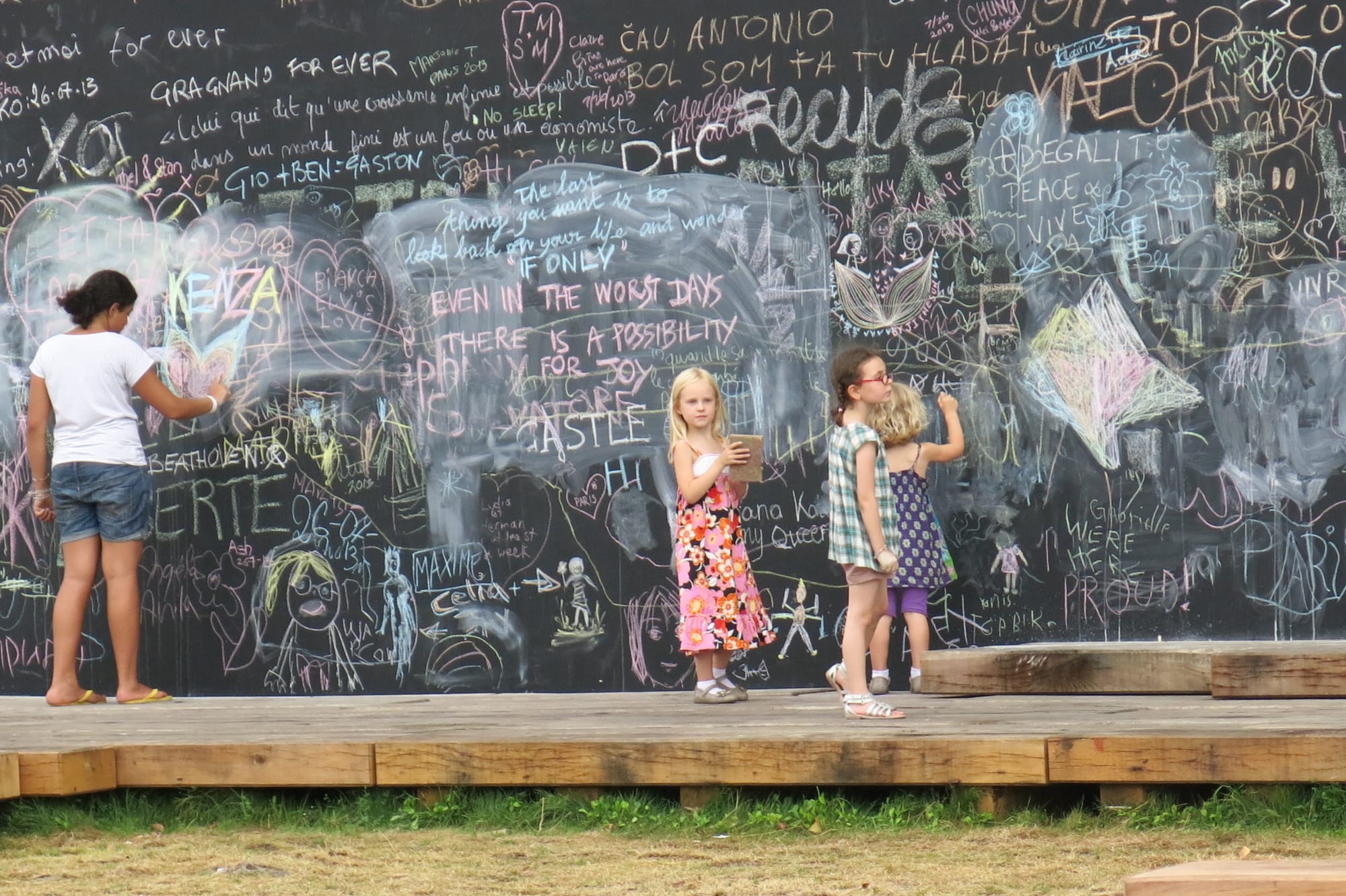
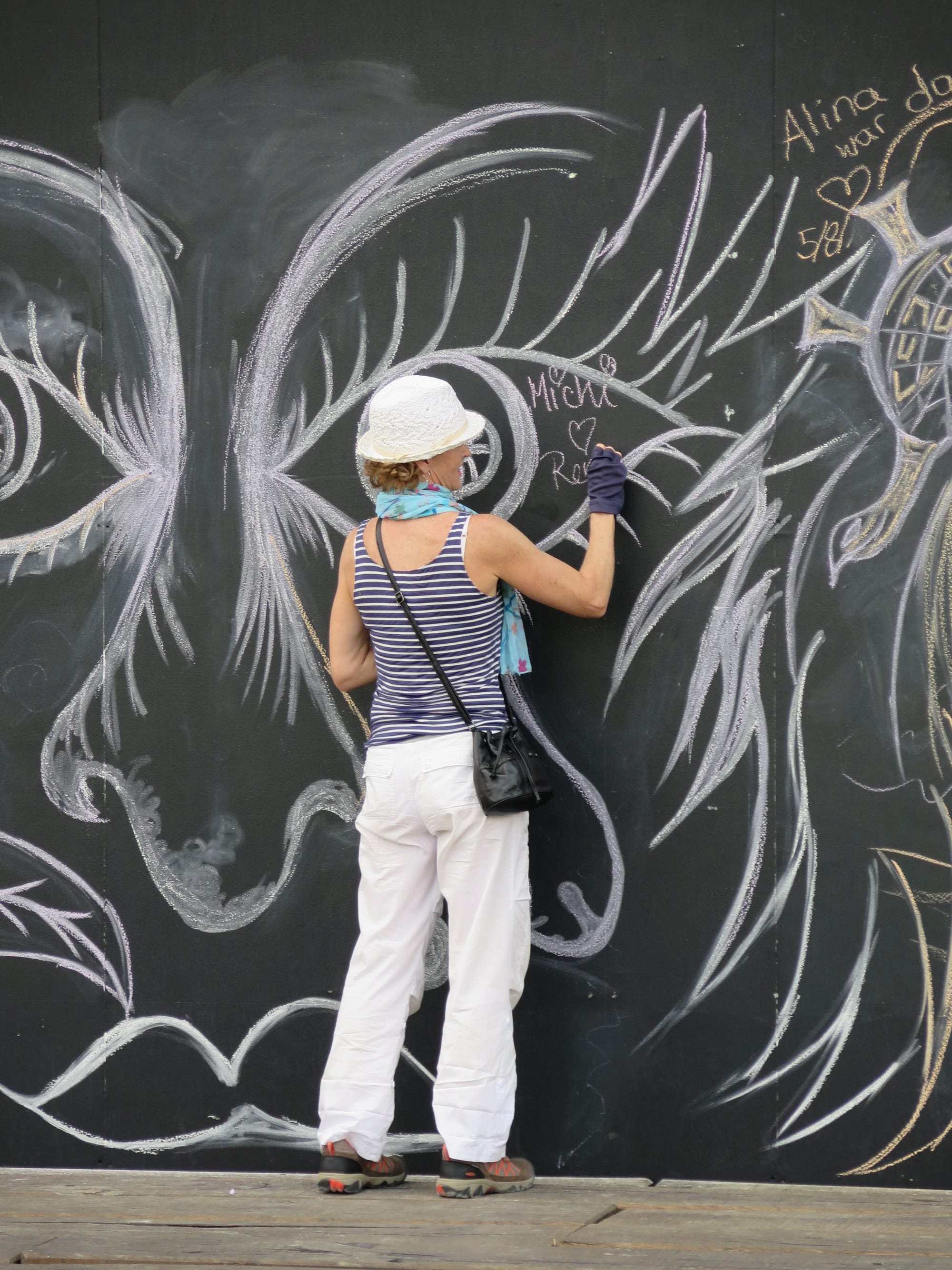
Outdoor library

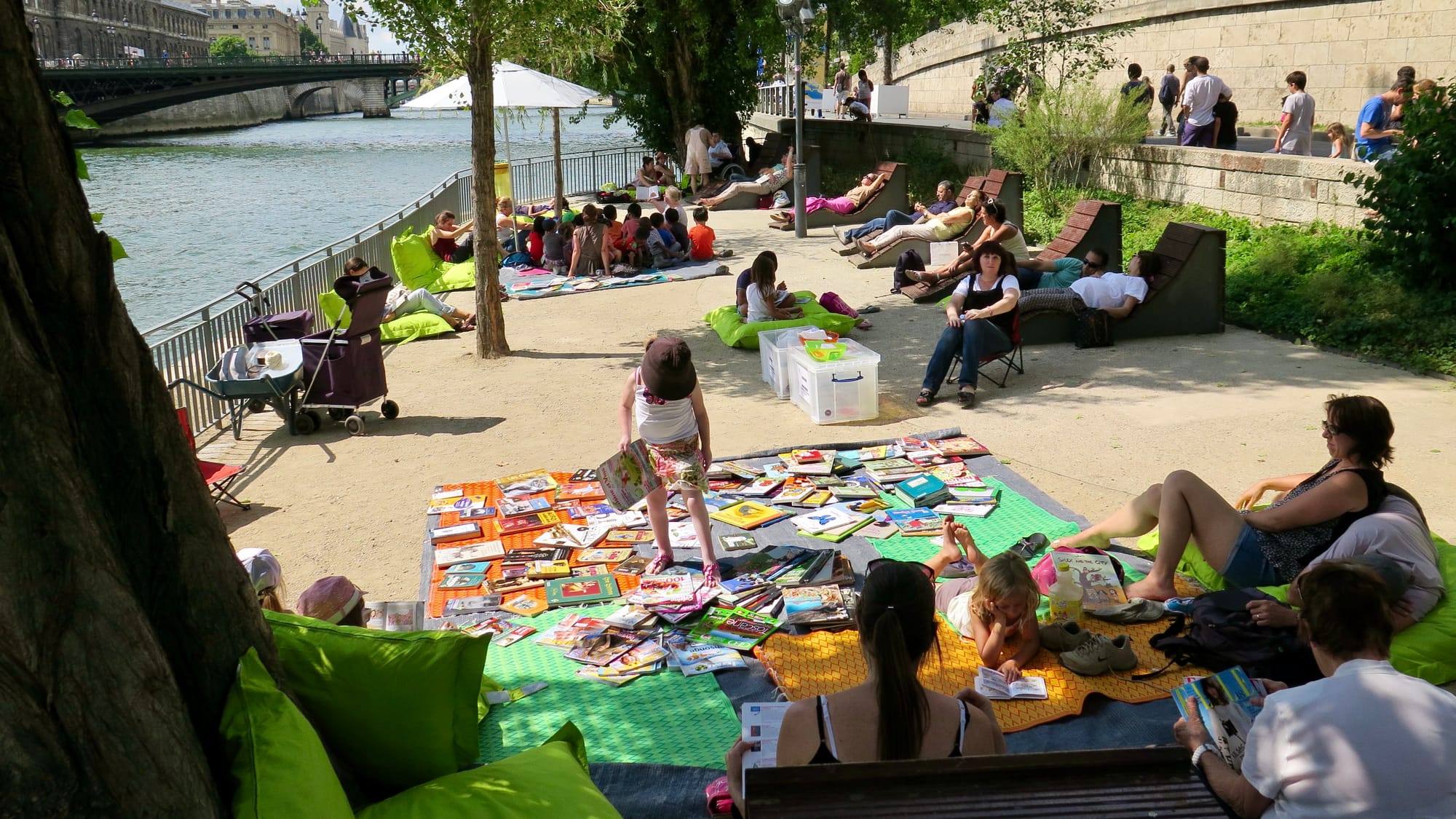
Seating
Paris' waterfront seating is designed for all kinds of settings. From chairs and tables set up outside cafés, to benches of all shapes and sizes along the path, the numerous seating options here offer visitors a wide variety of ways to get comfortable. This makes the waterfront feel inviting to spend time in. An absence of seating says "move along, we don't want you hanging out here" which defies a waterfront's goal of being a vibrant public place for the community.
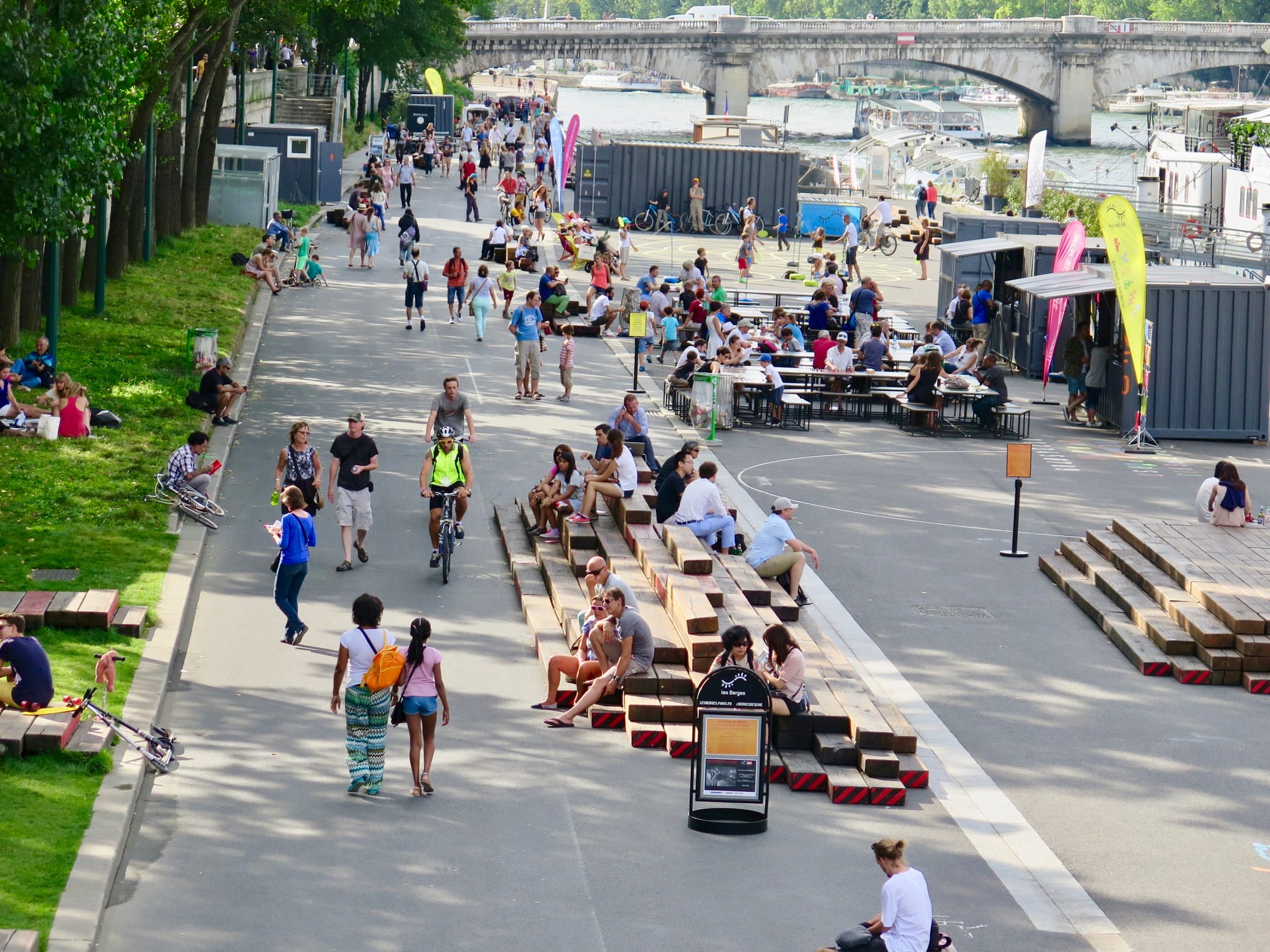

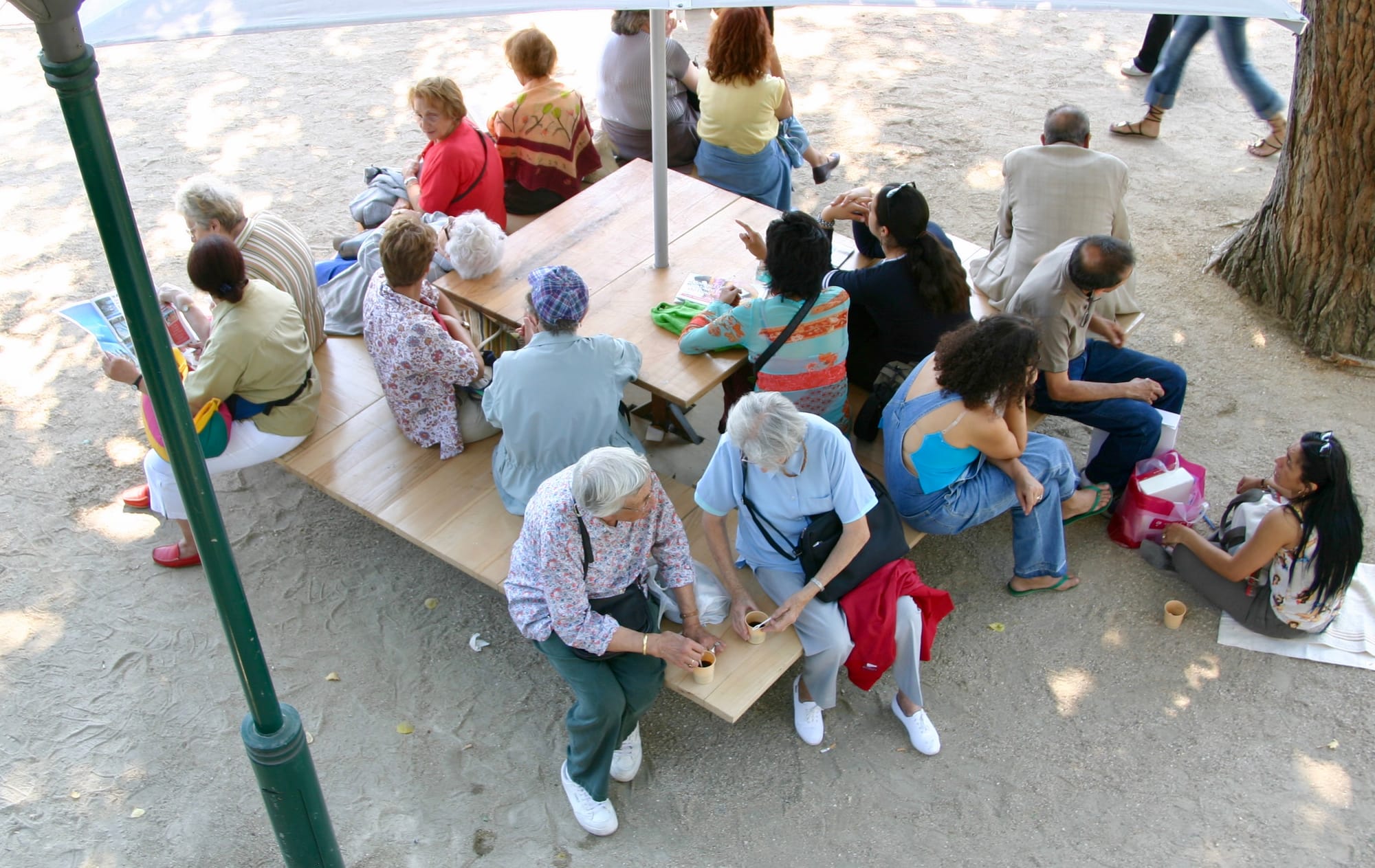
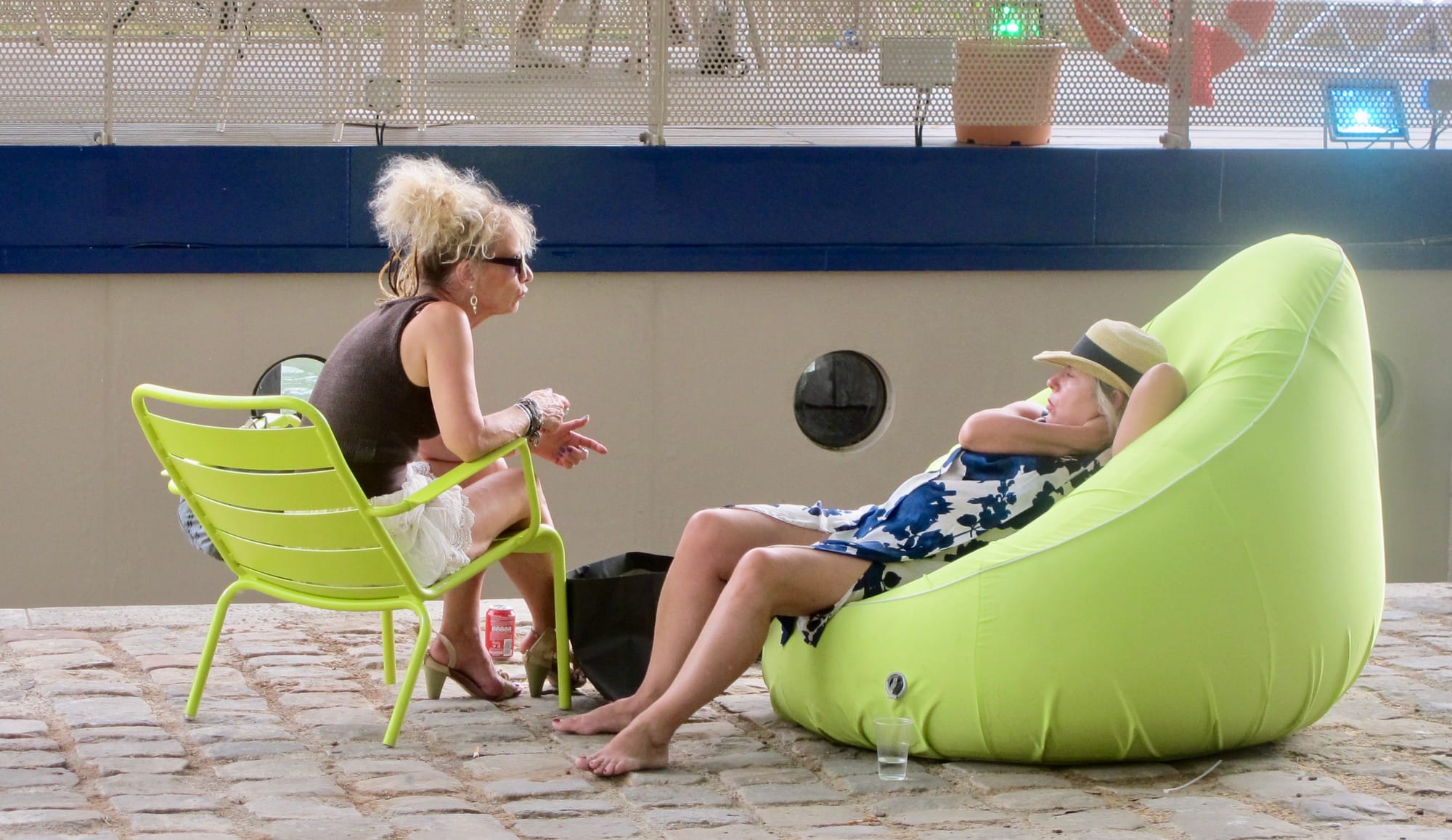
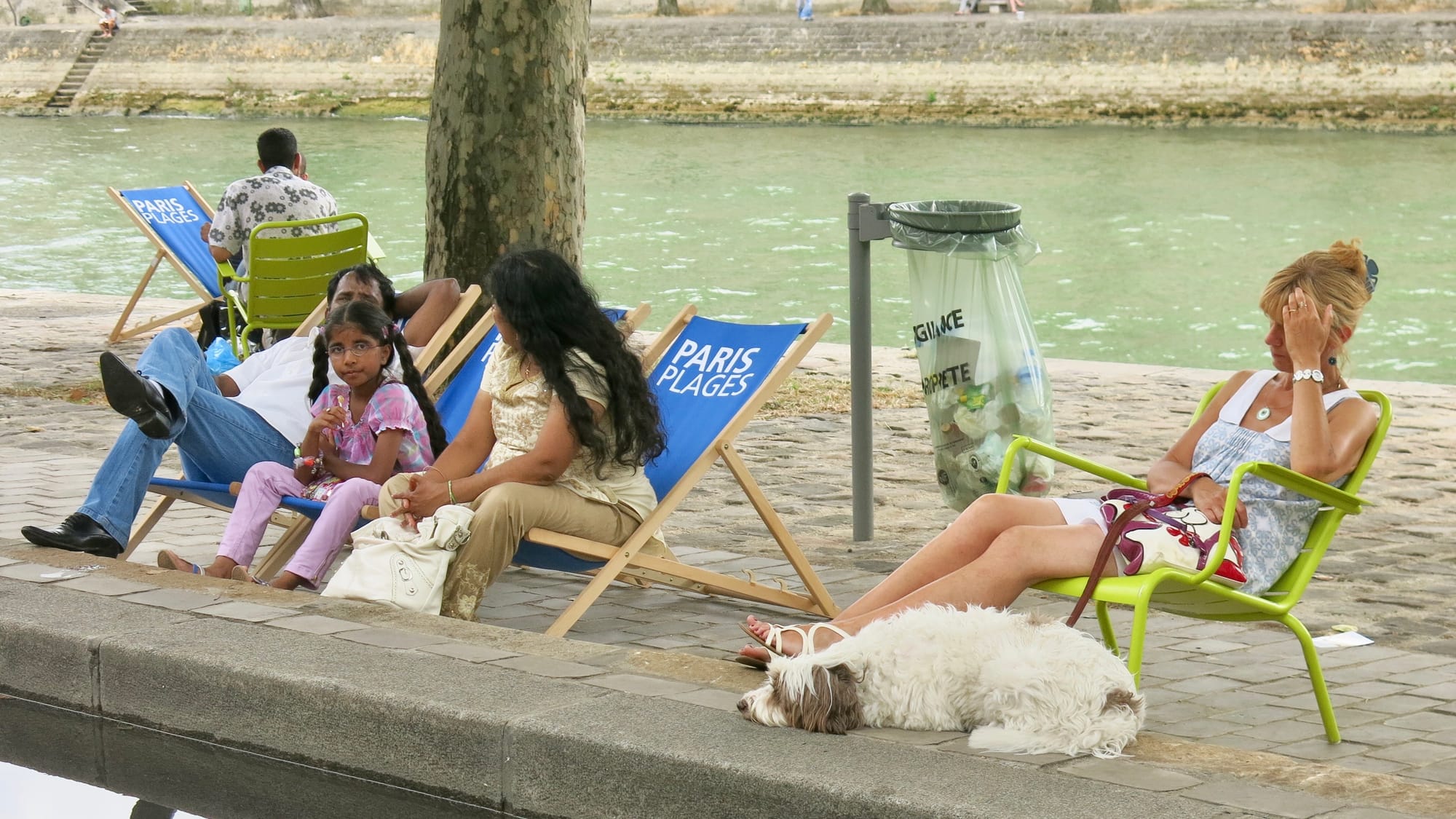
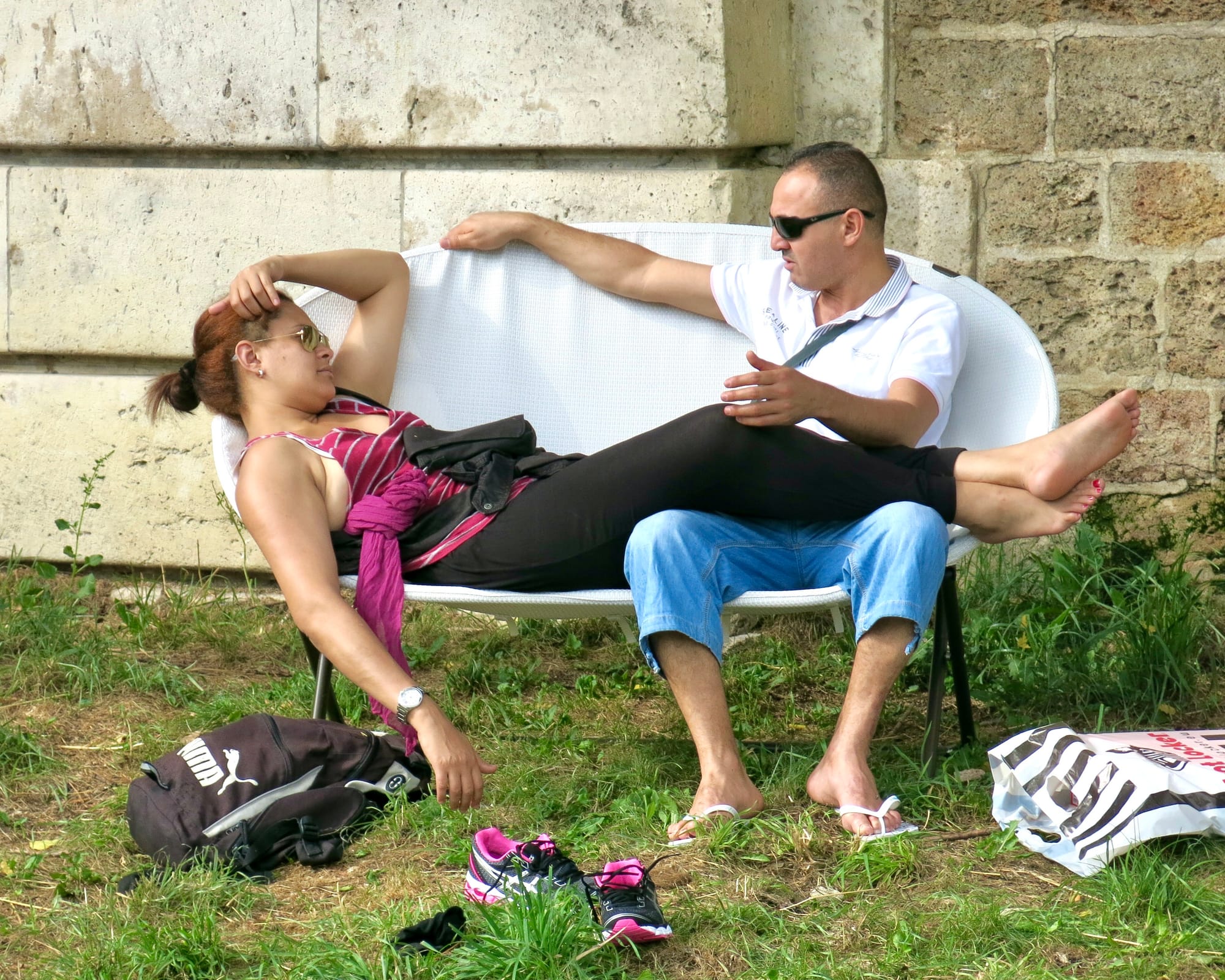
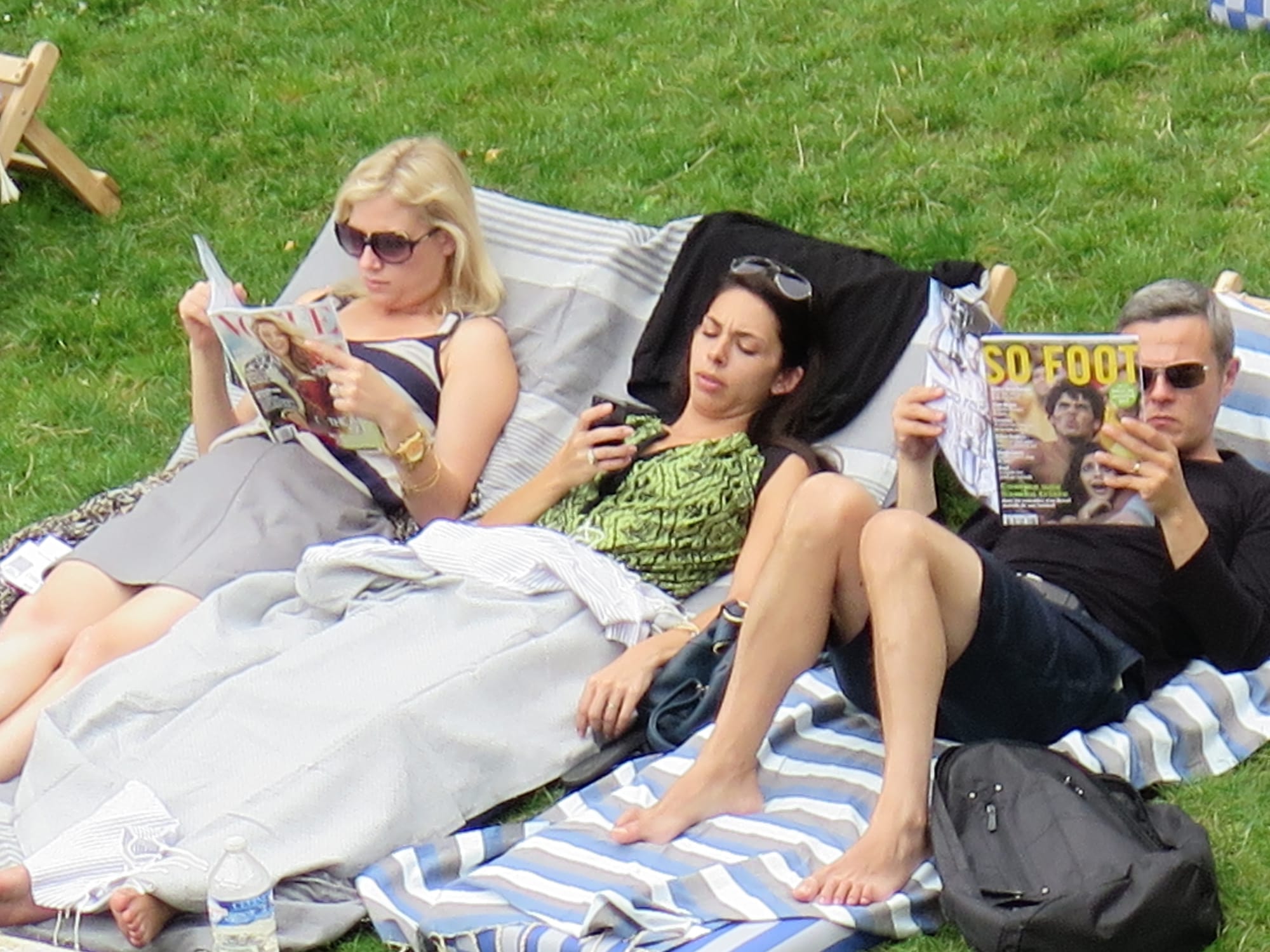
Mixed-activity zones
Many zones along the Plage offer a mix of uses and activities. You can find sports events, cafés, concerts, games, and every other kind of programming, all in the same place. This is what makes the space so enjoyable and interesting. Creating layers of activity is important to making a place dynamic and attractive to all the different kinds of people that visit.

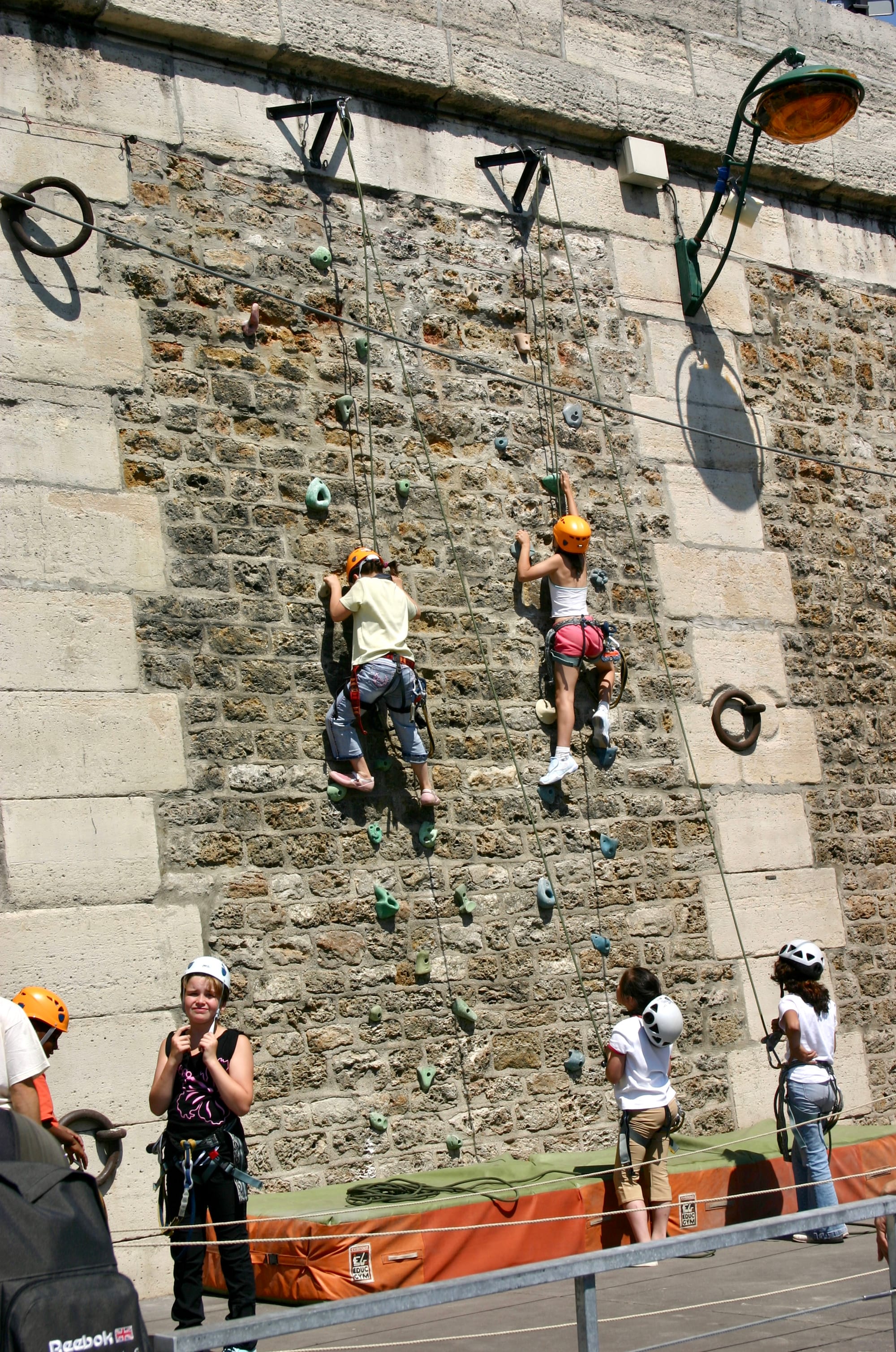
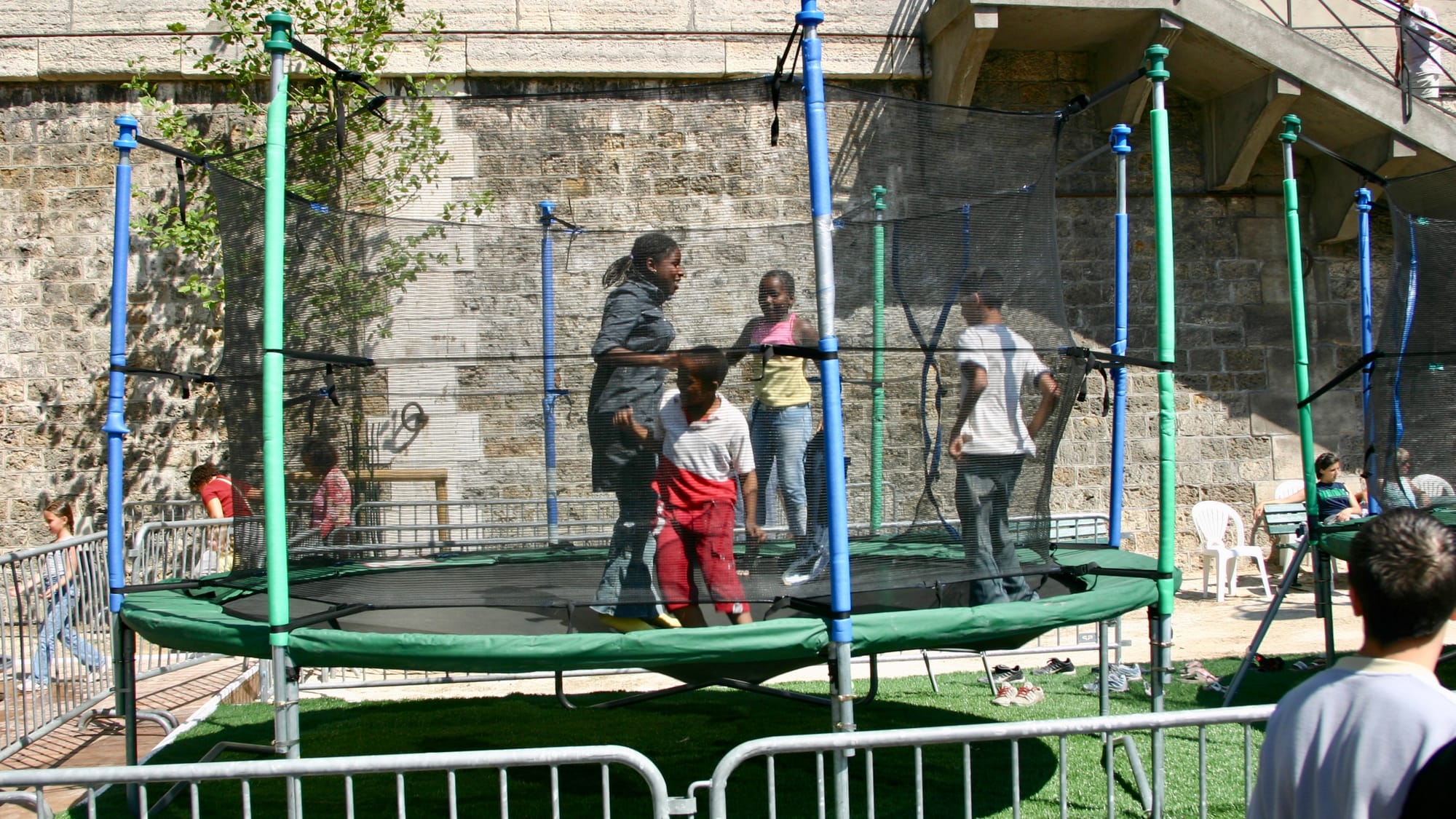
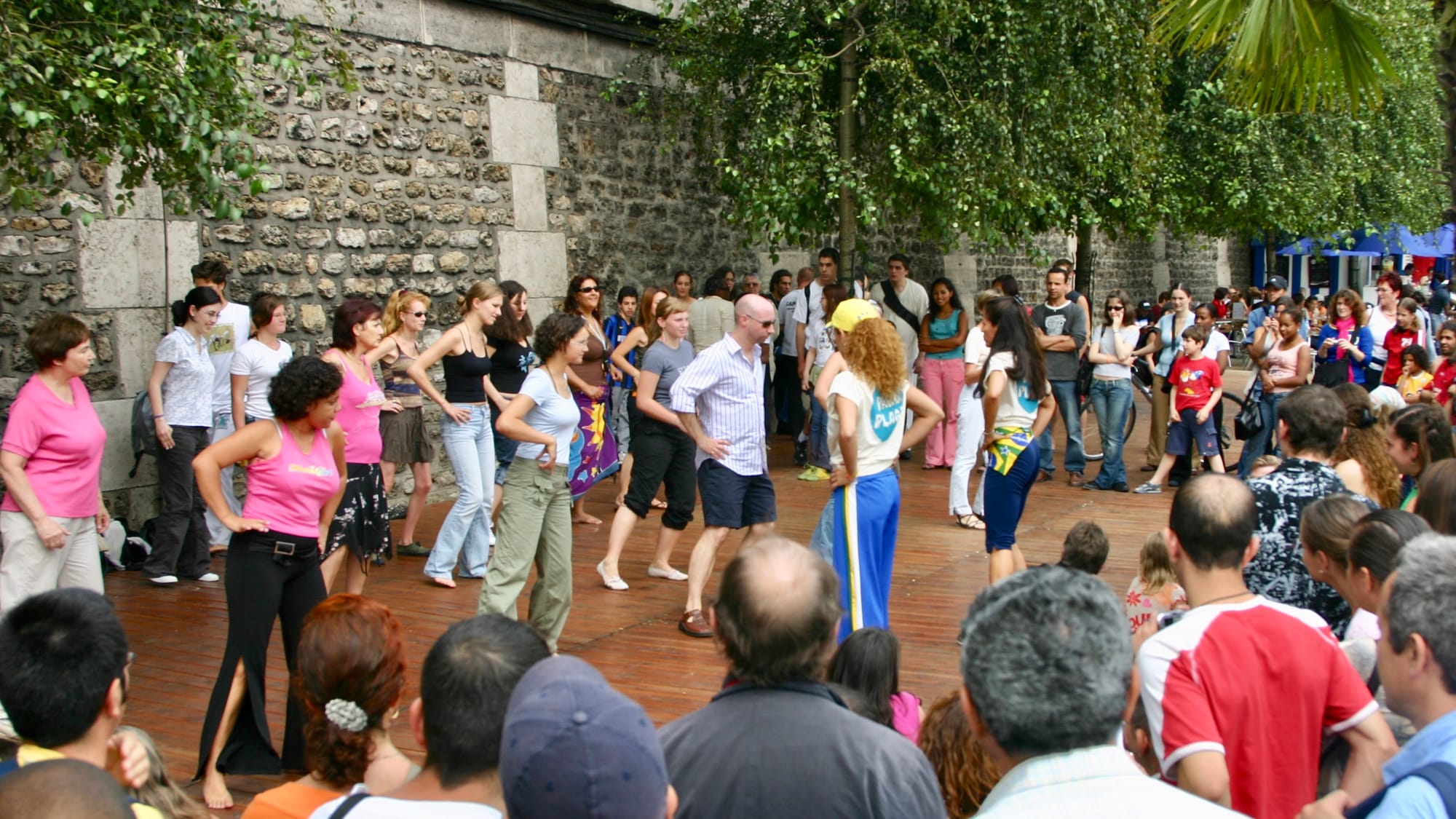
Mix of activities

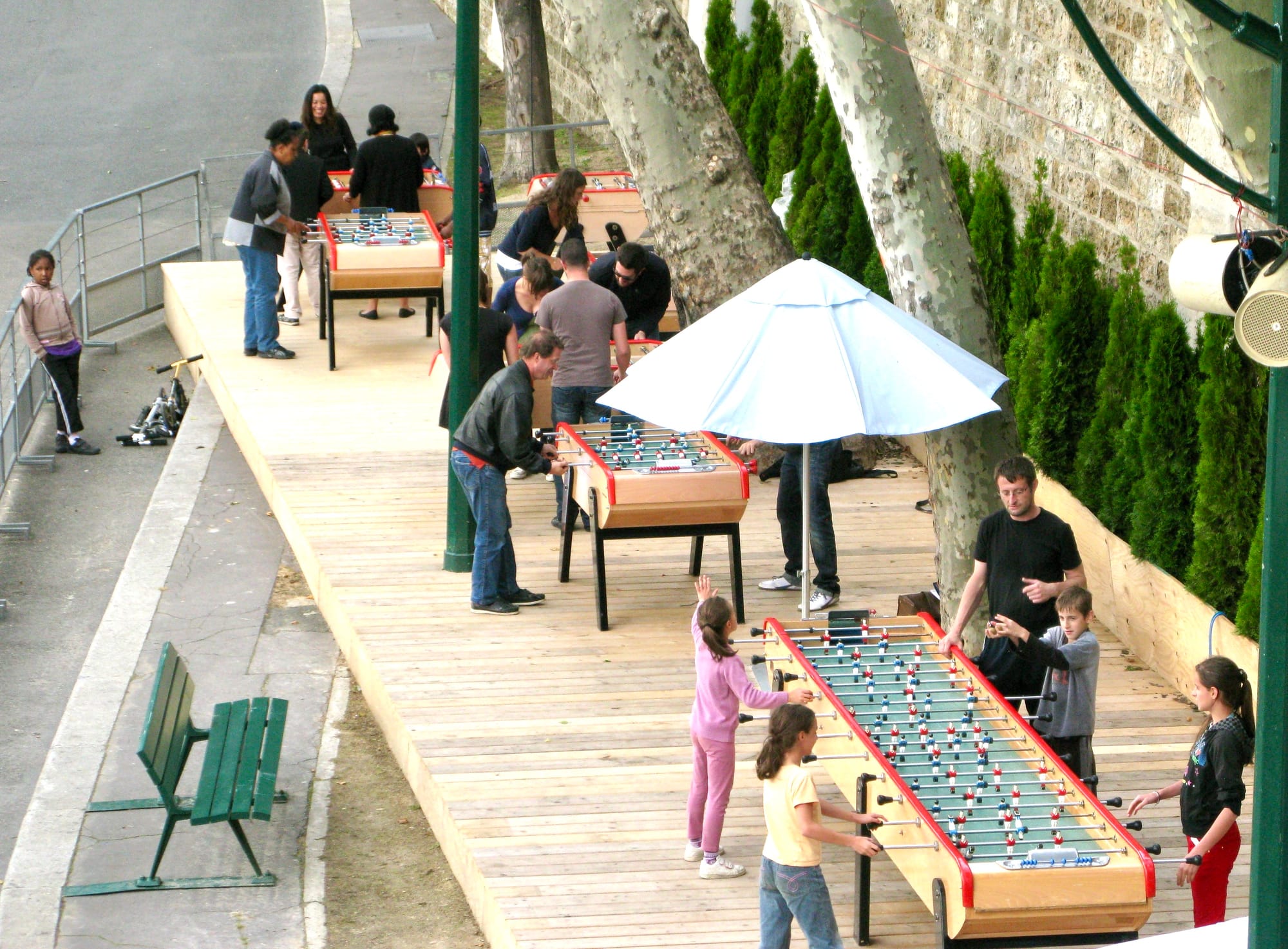
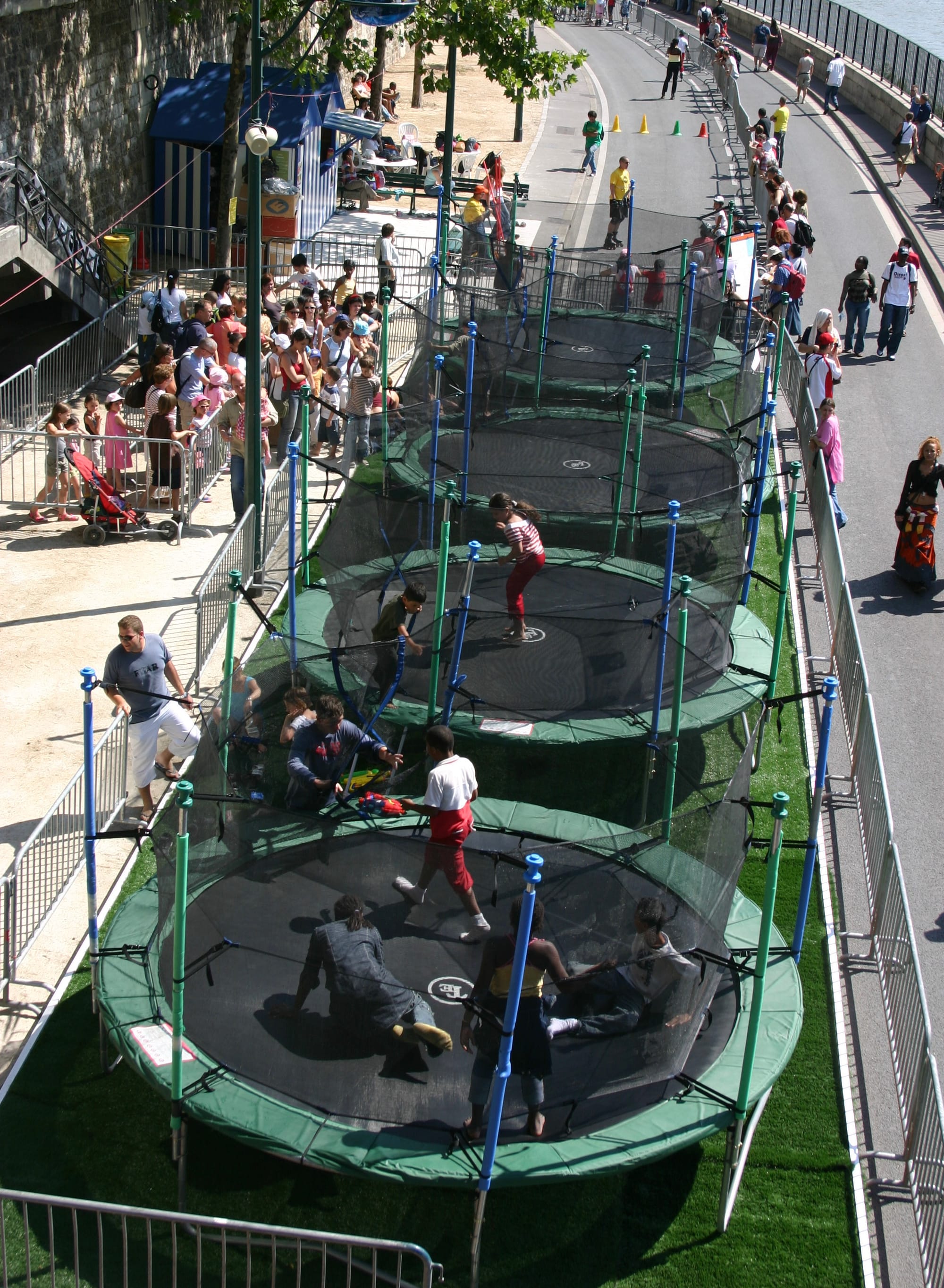
Games
Beach
The "Plage" part of Paris Plage means beach, and the beach is the most iconic part of this public space. Being by the water is often associated with the beach experience, and so Paris – undeterred by the non-standard setting of the river – went ahead and set up an artificial beach. They added sand, umbrellas and beach chairs, mimicking the classic beach experience, and it has become a huge hit with visitors of all ages.
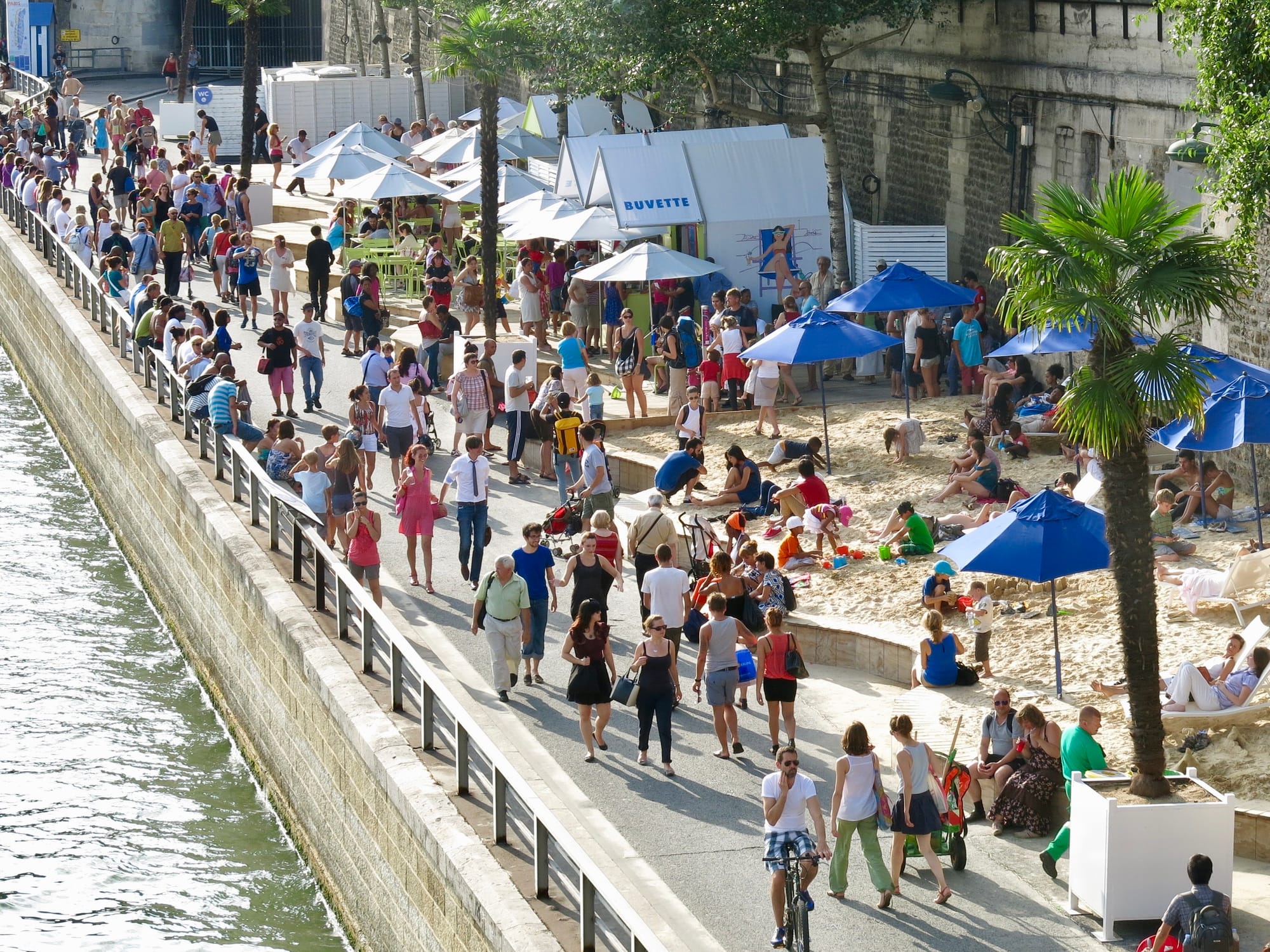
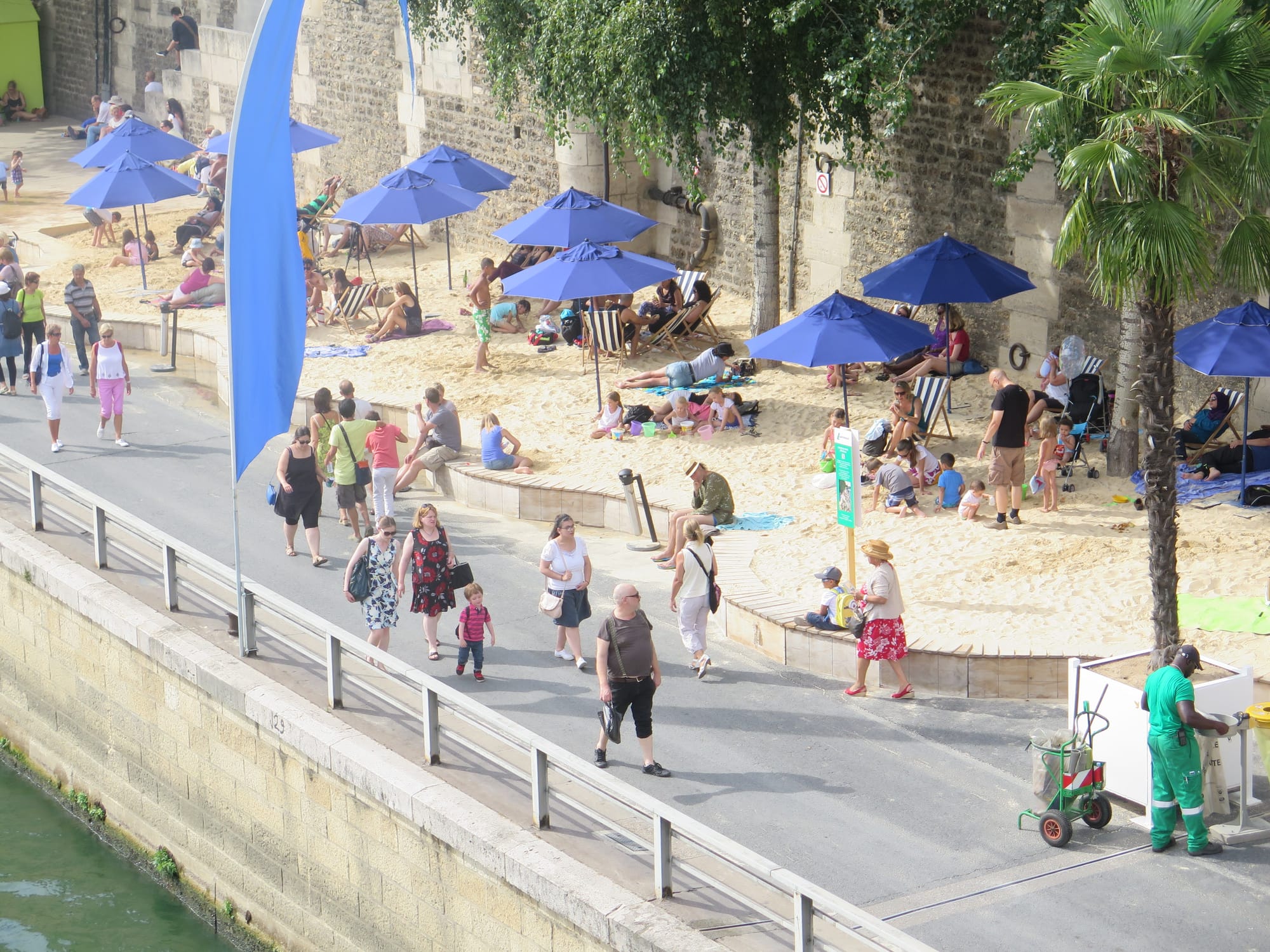

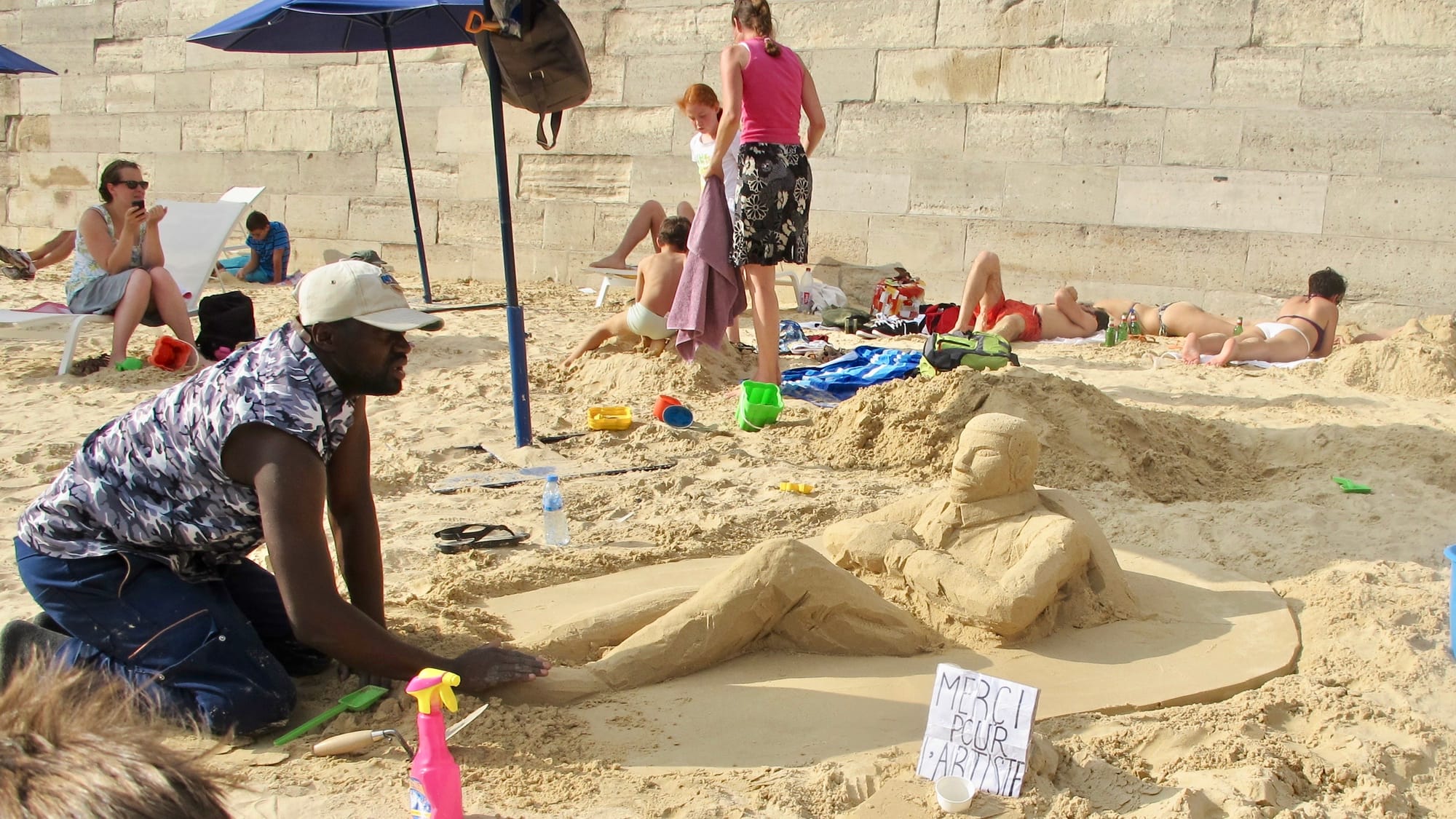
Restaurants and Cafés
A great way to get people hanging out in a place is to put cafés and eateries there. People of all ages love to spend time hanging out somewhere they can enjoy refreshments, sit in the open air, and have a chat with friends. Cafés and restaurants are a fantastic way to activate any public space and Paris Plage understands this.
Right Bank

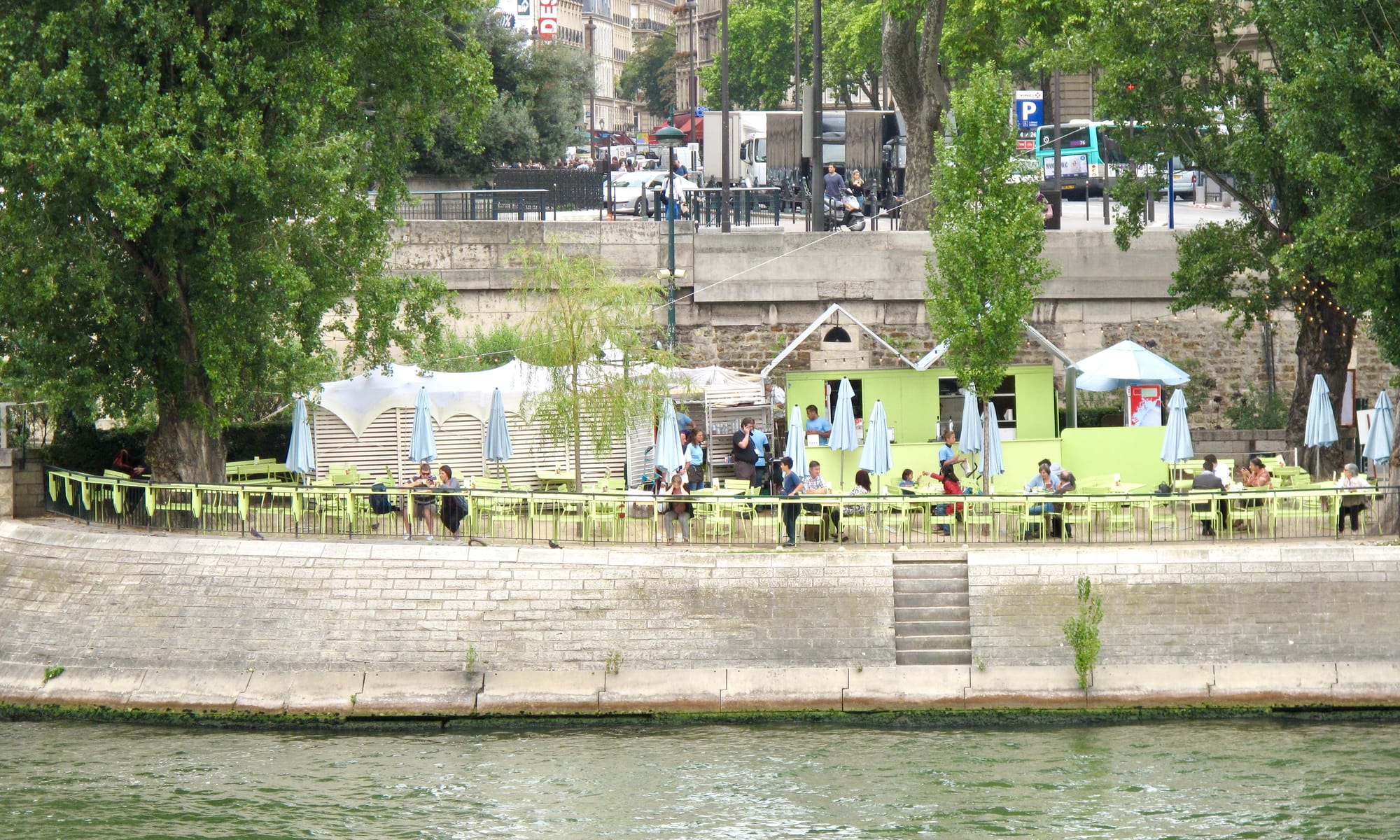
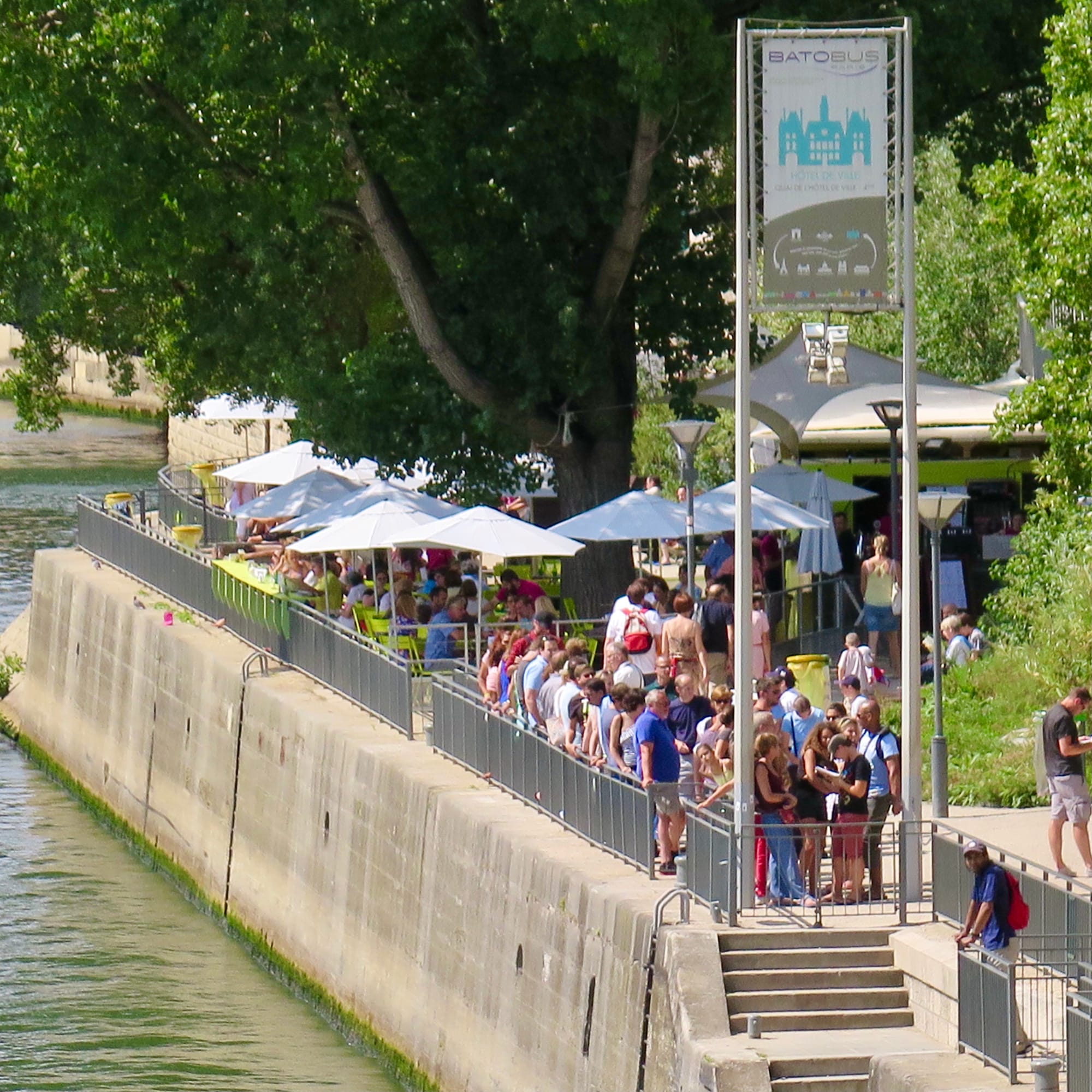
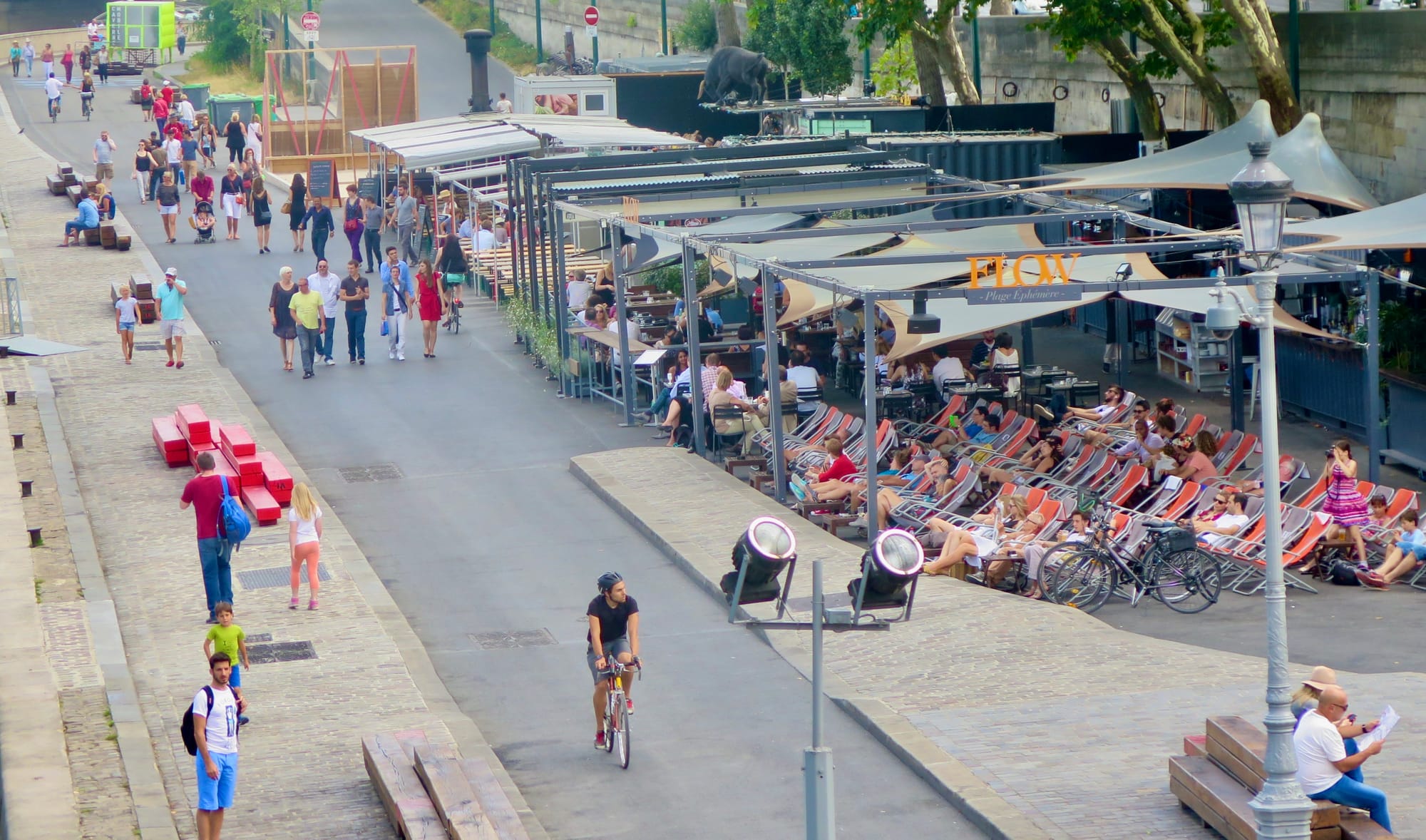
Left Bank
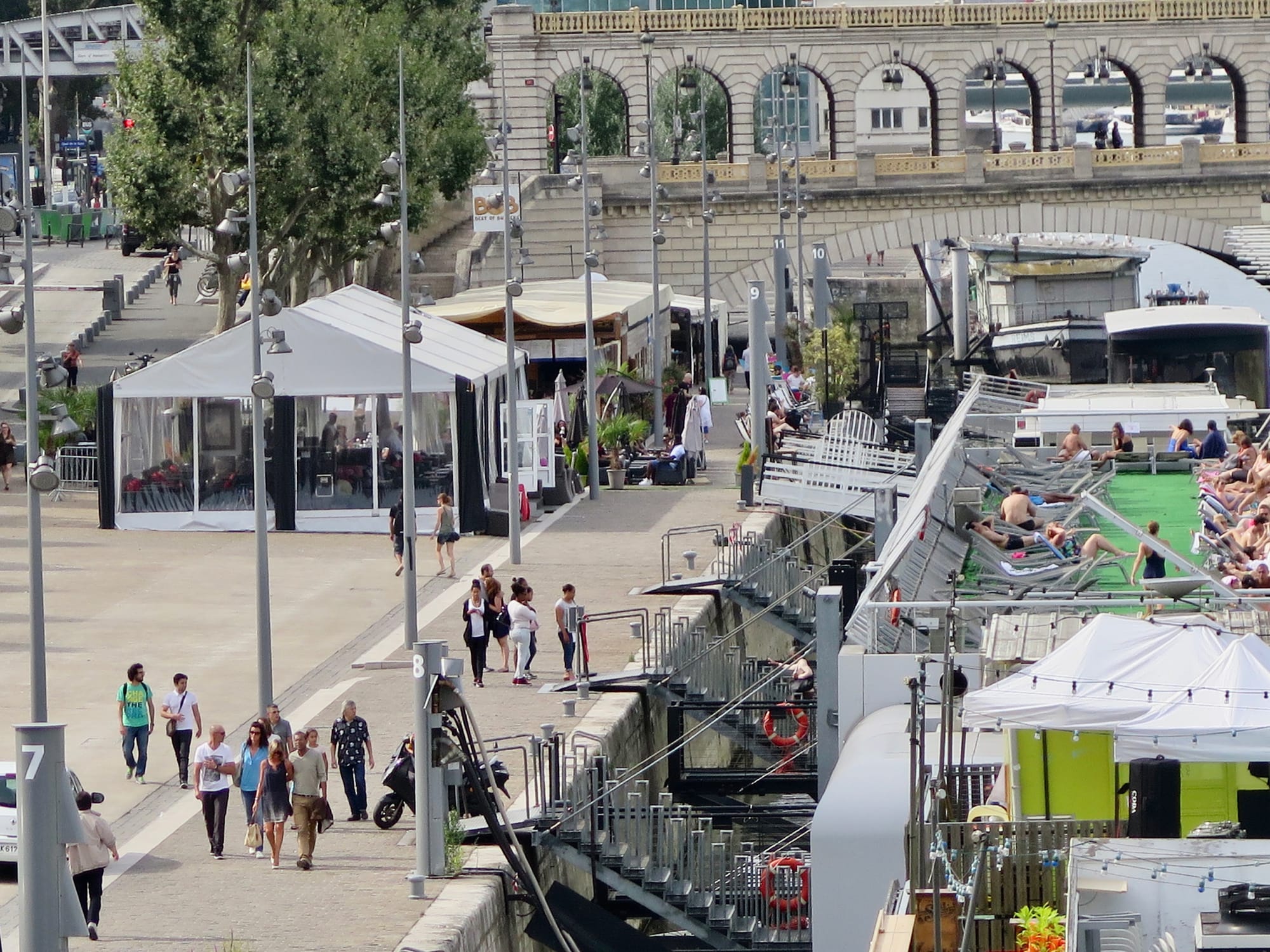
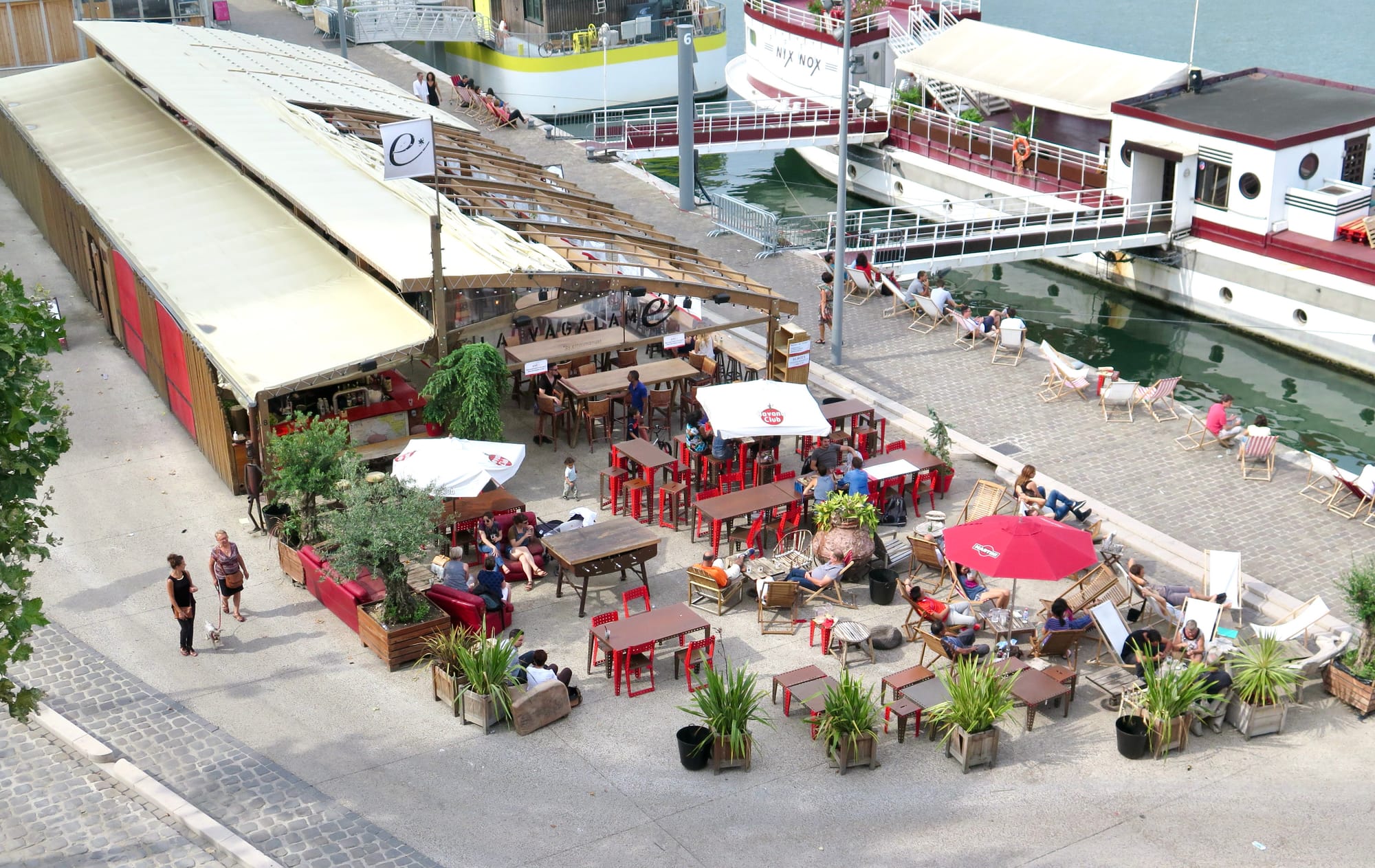
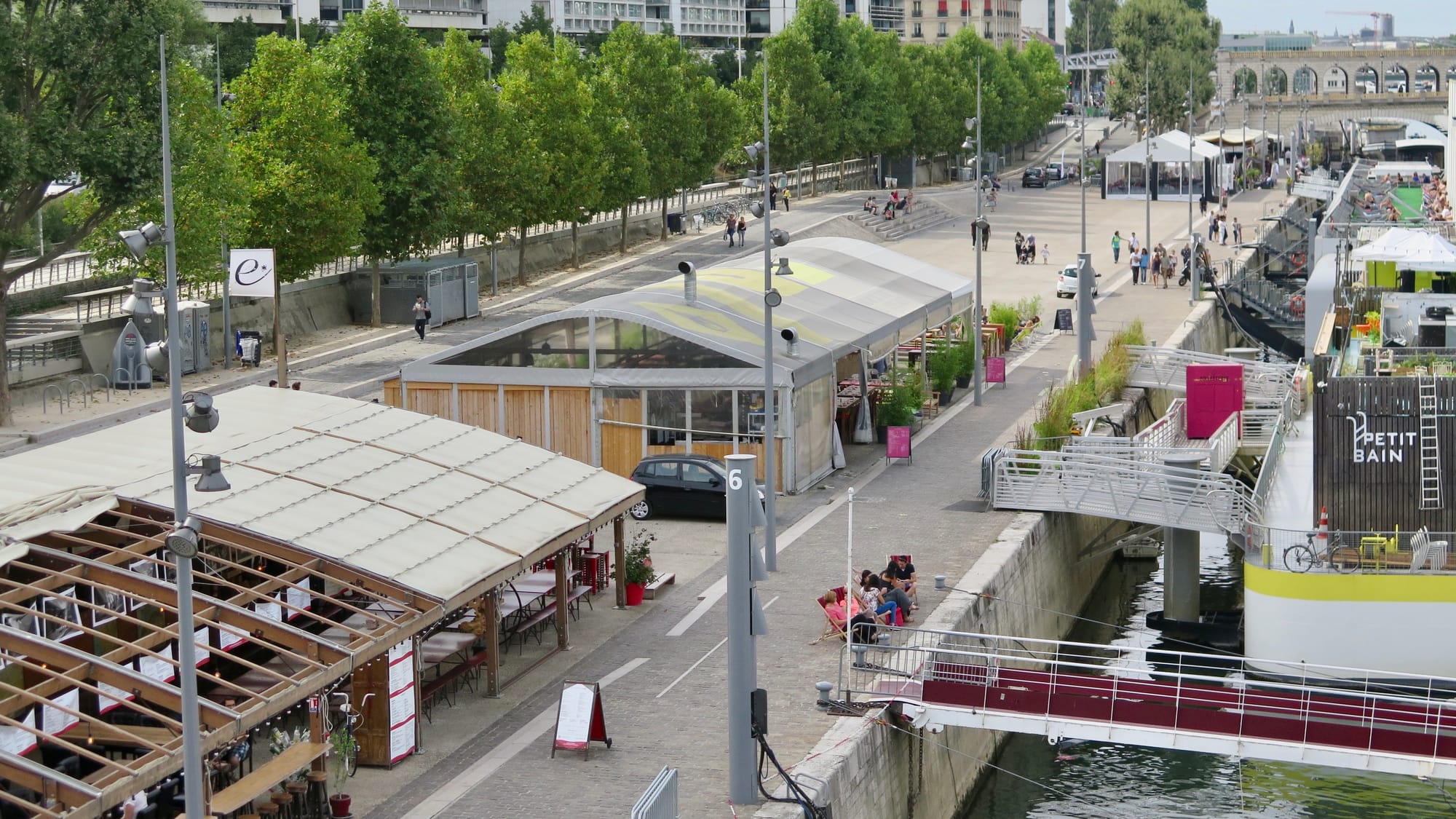
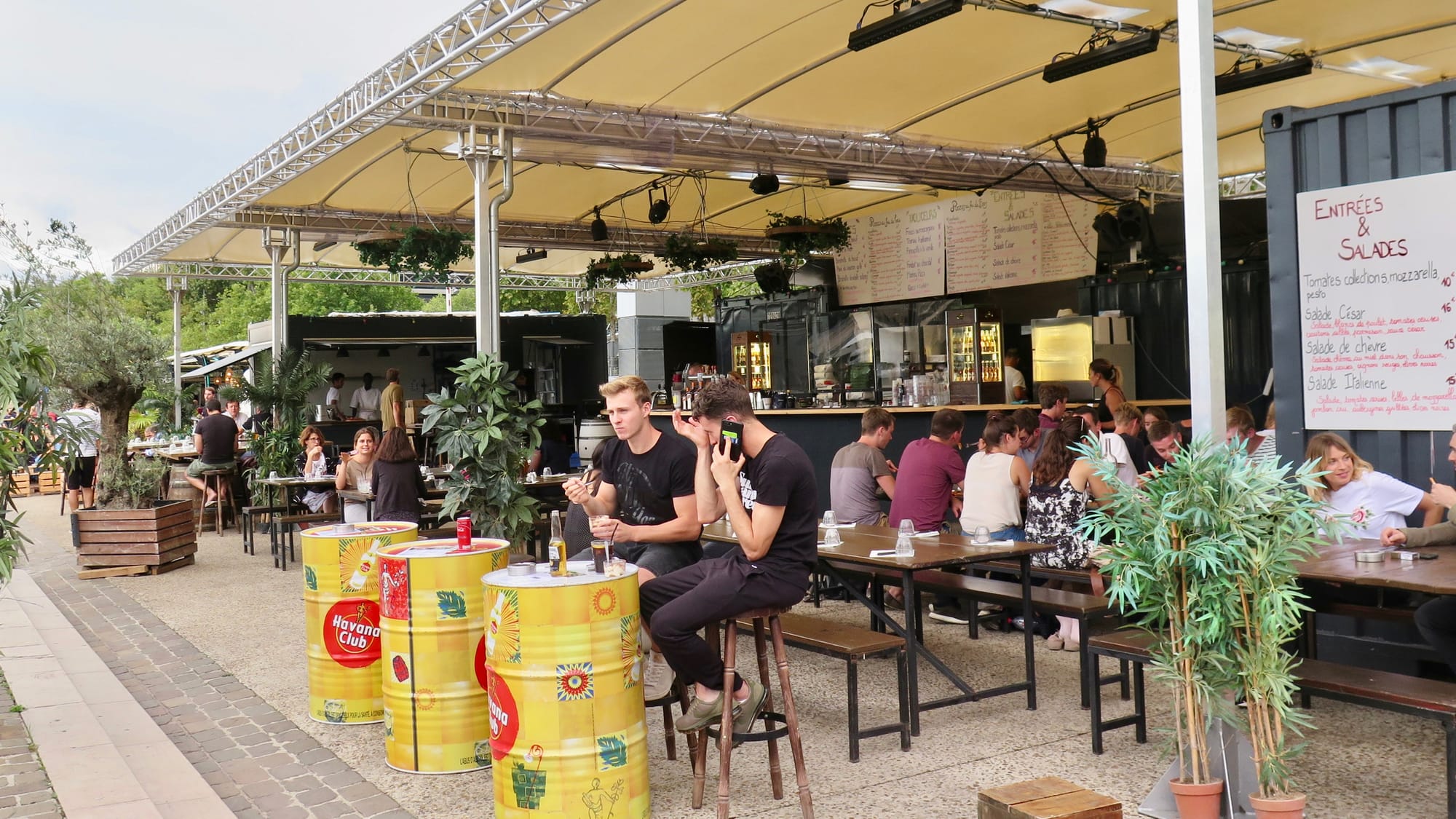
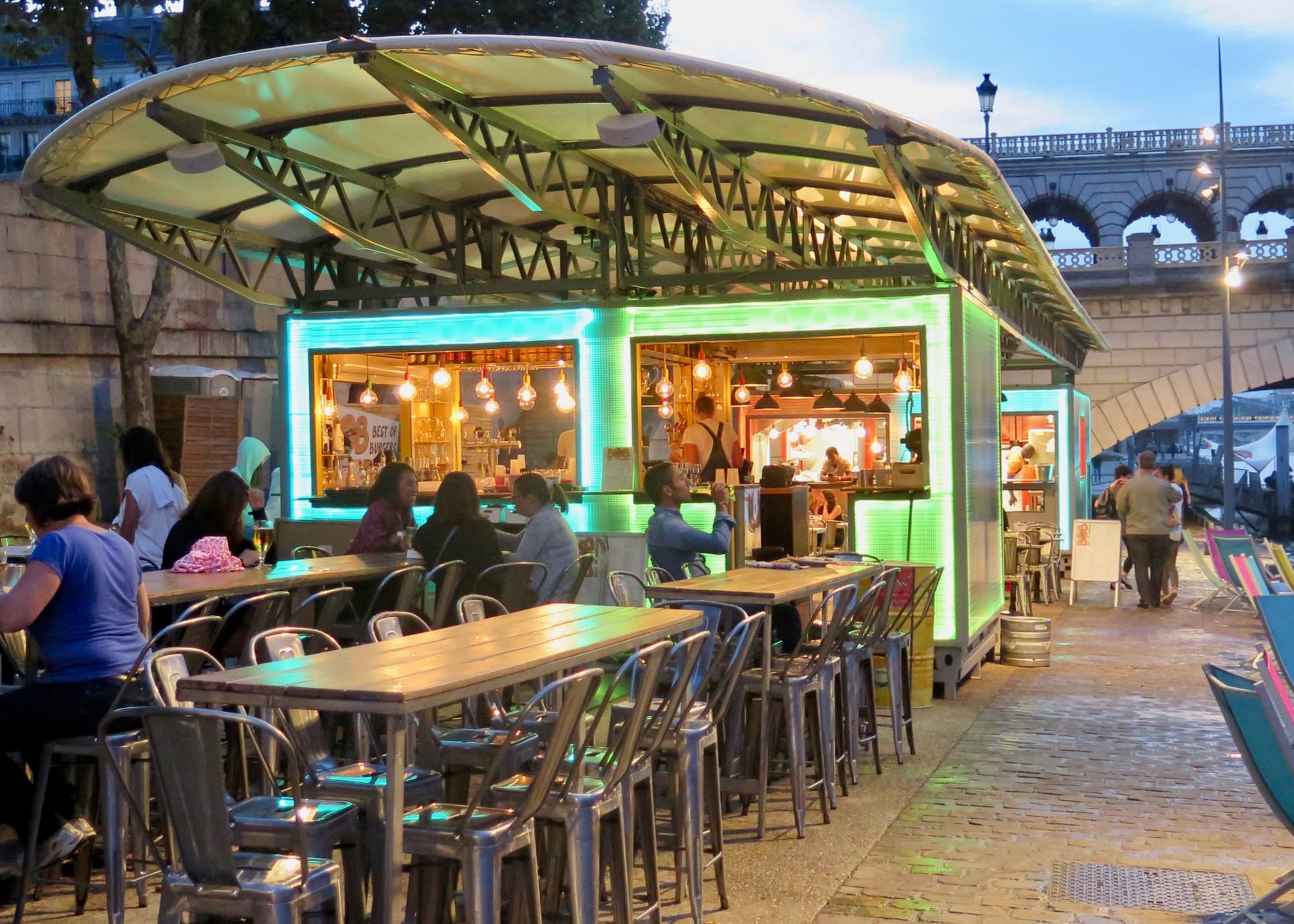
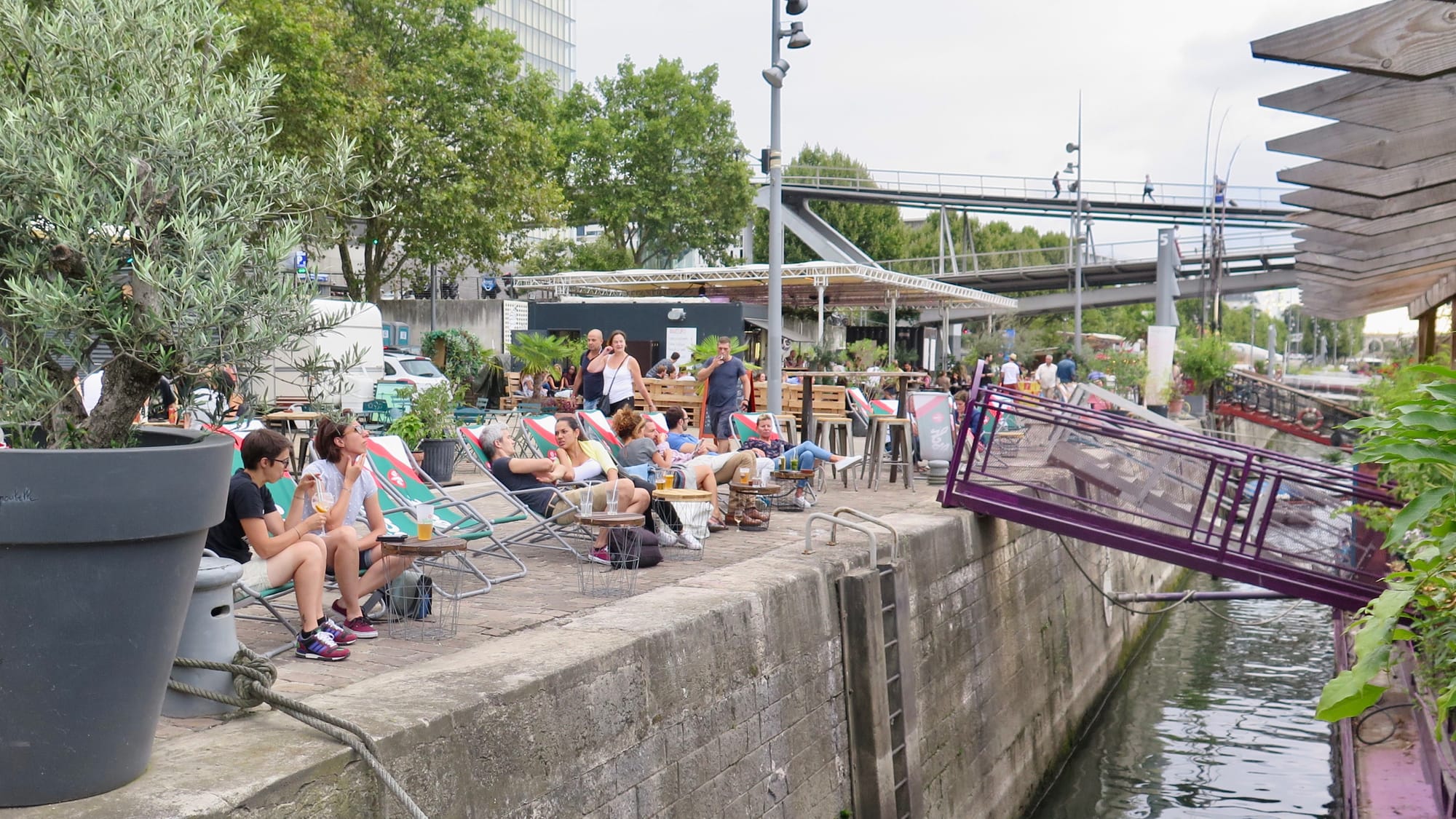
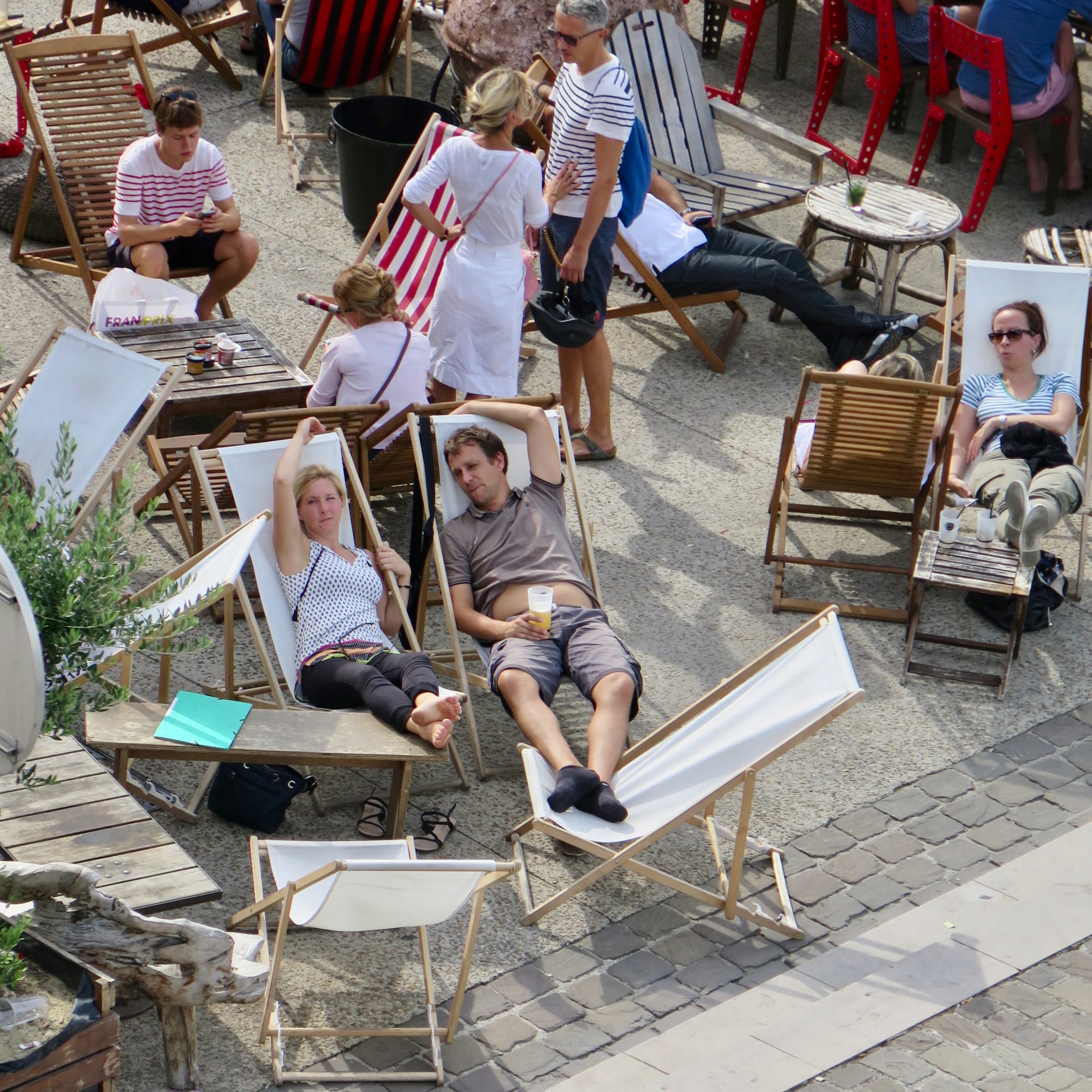
All kinds of people enjoy the Paris Plage
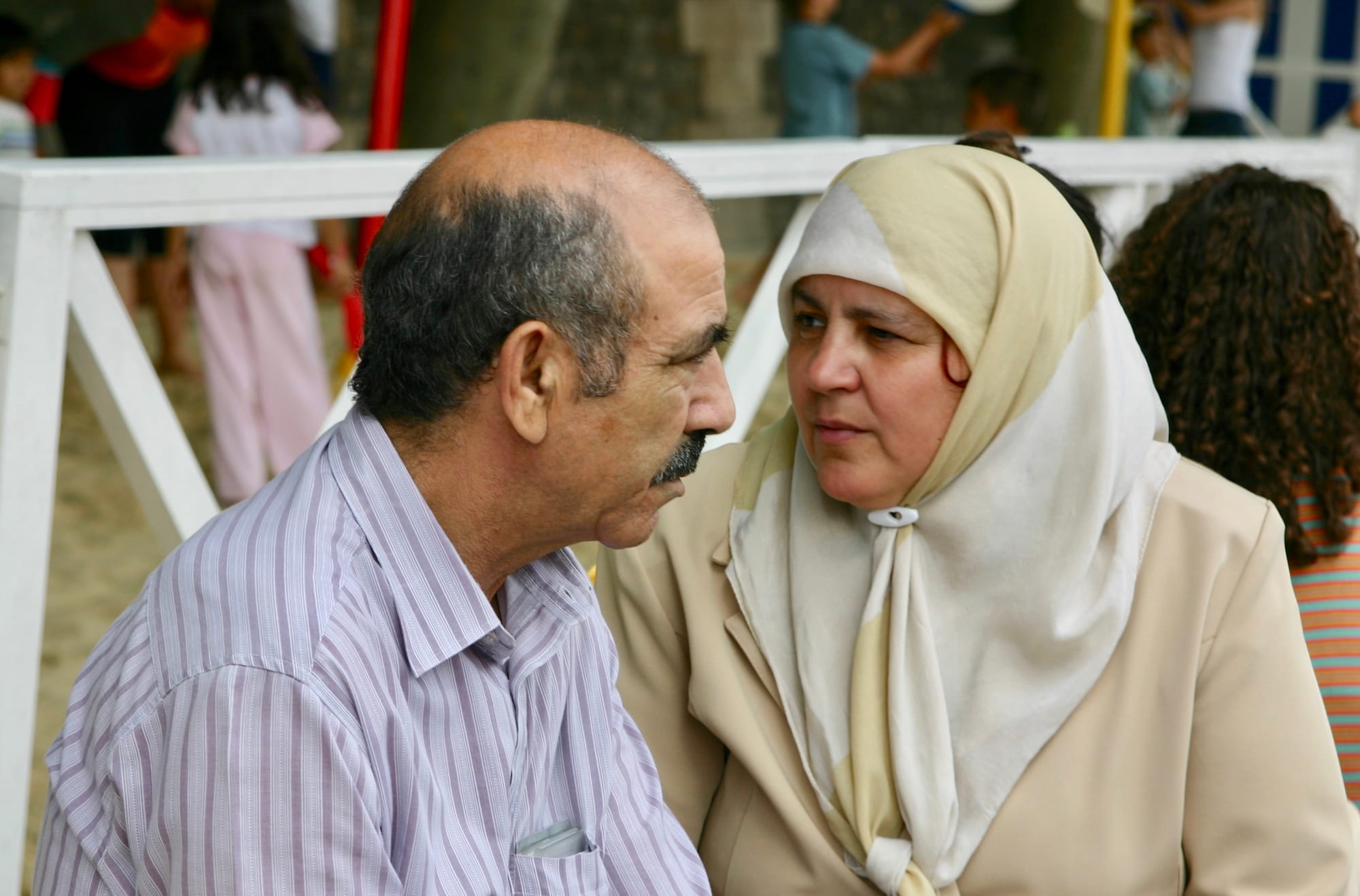
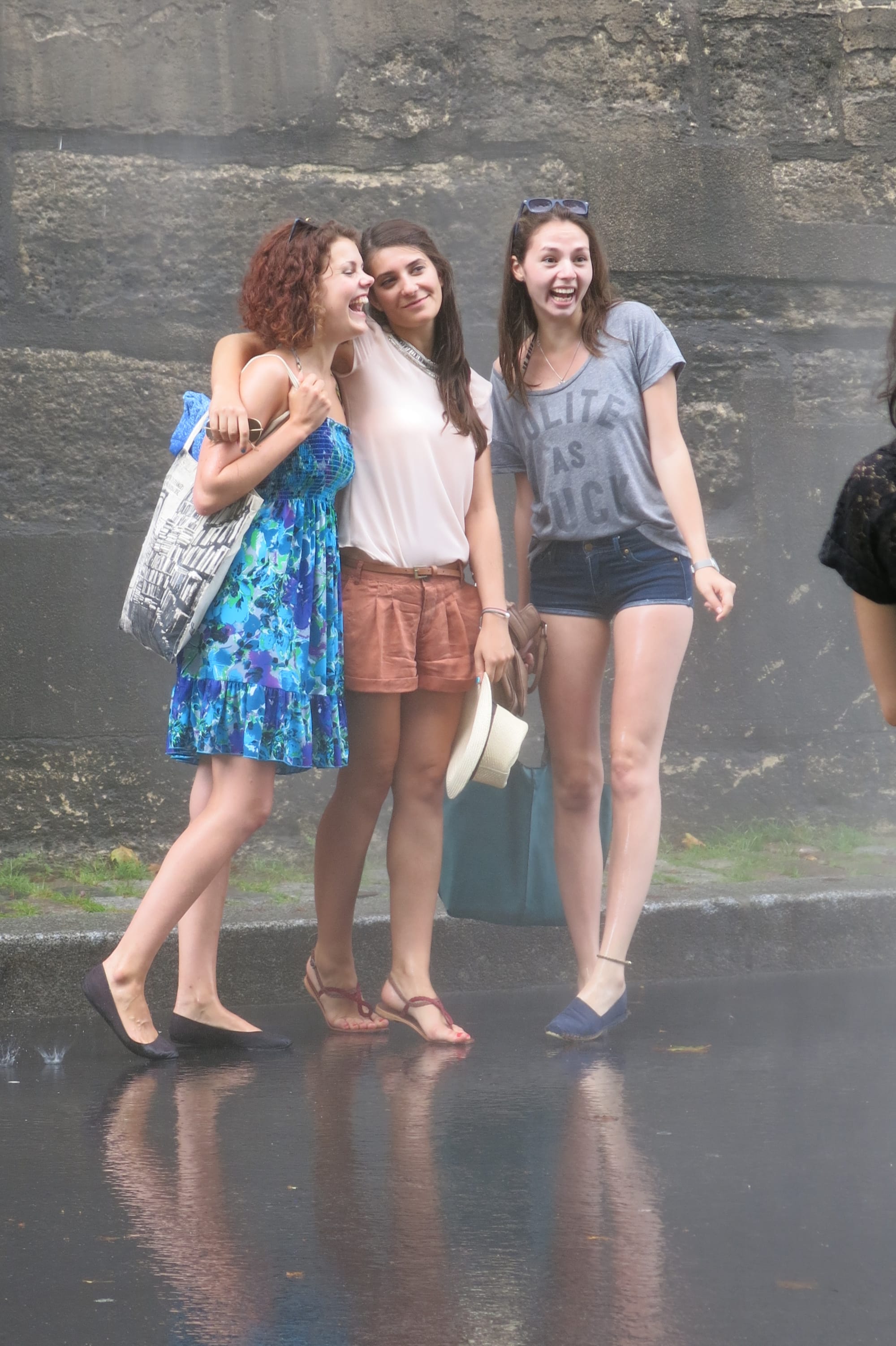
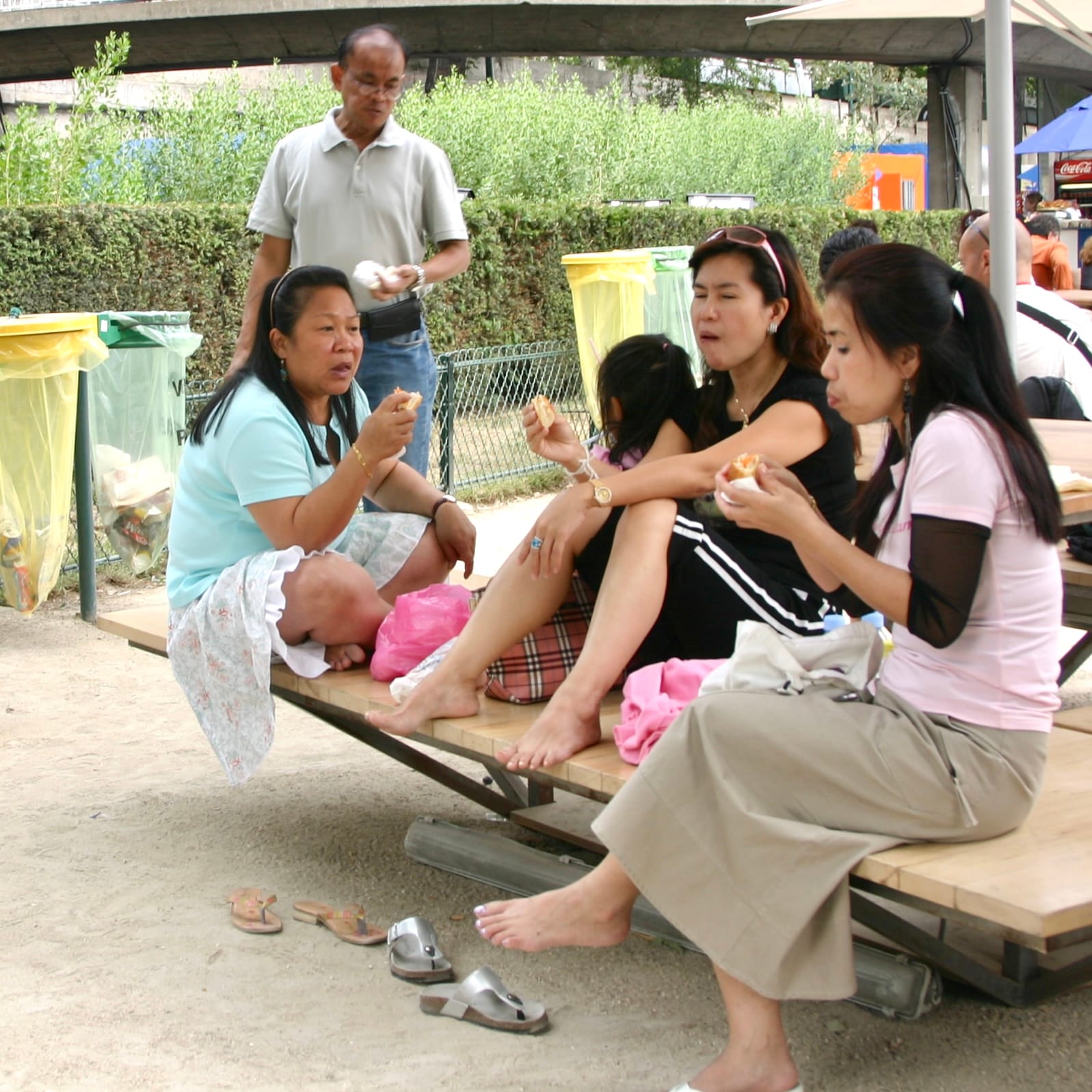
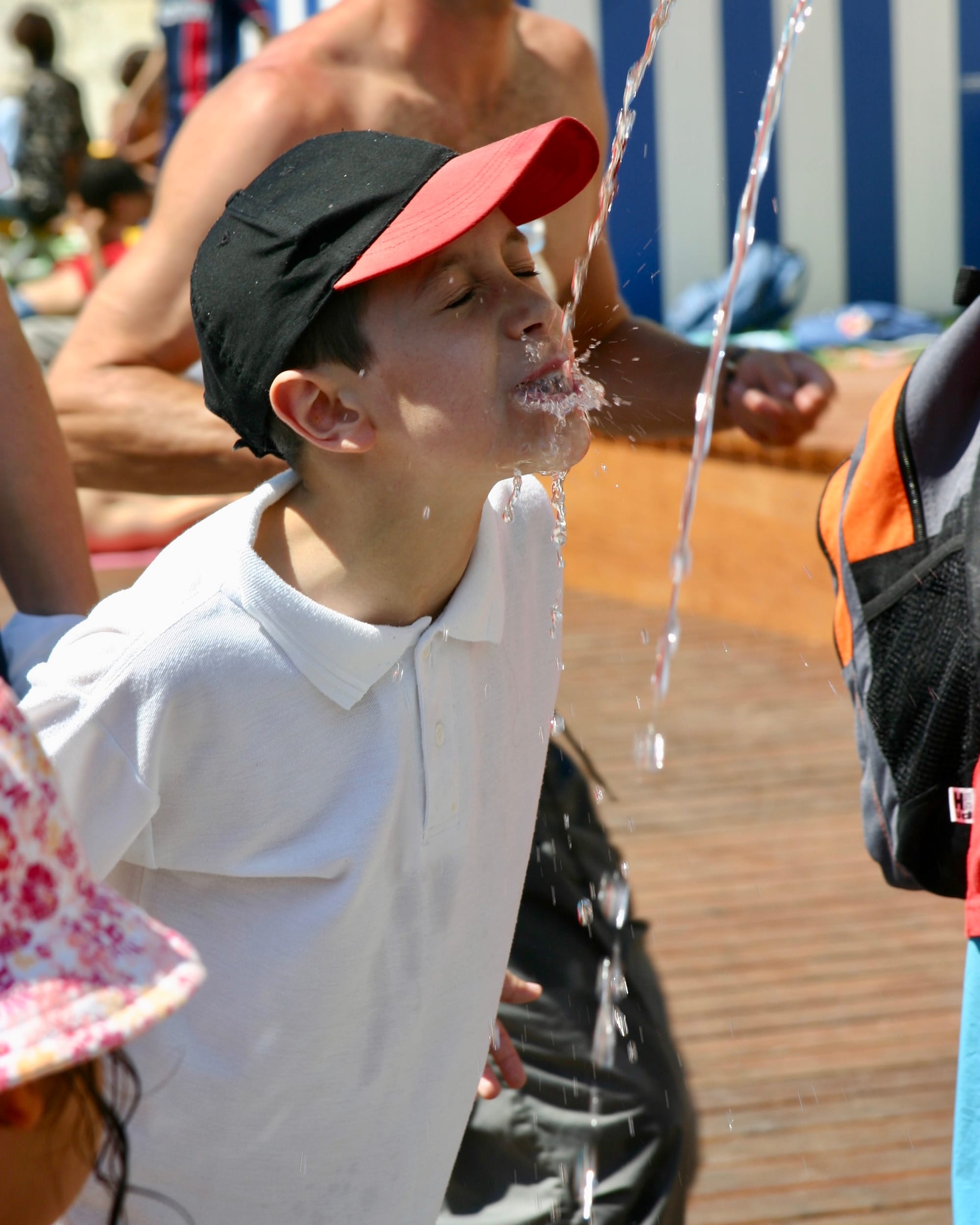

Bassin de la Villette
Another great waterfront in Paris is at the northeastern canal, Bassin de la Villette. As with Paris Plage, there are a number of activities and settings along the water here, so everyone can find something they enjoy.

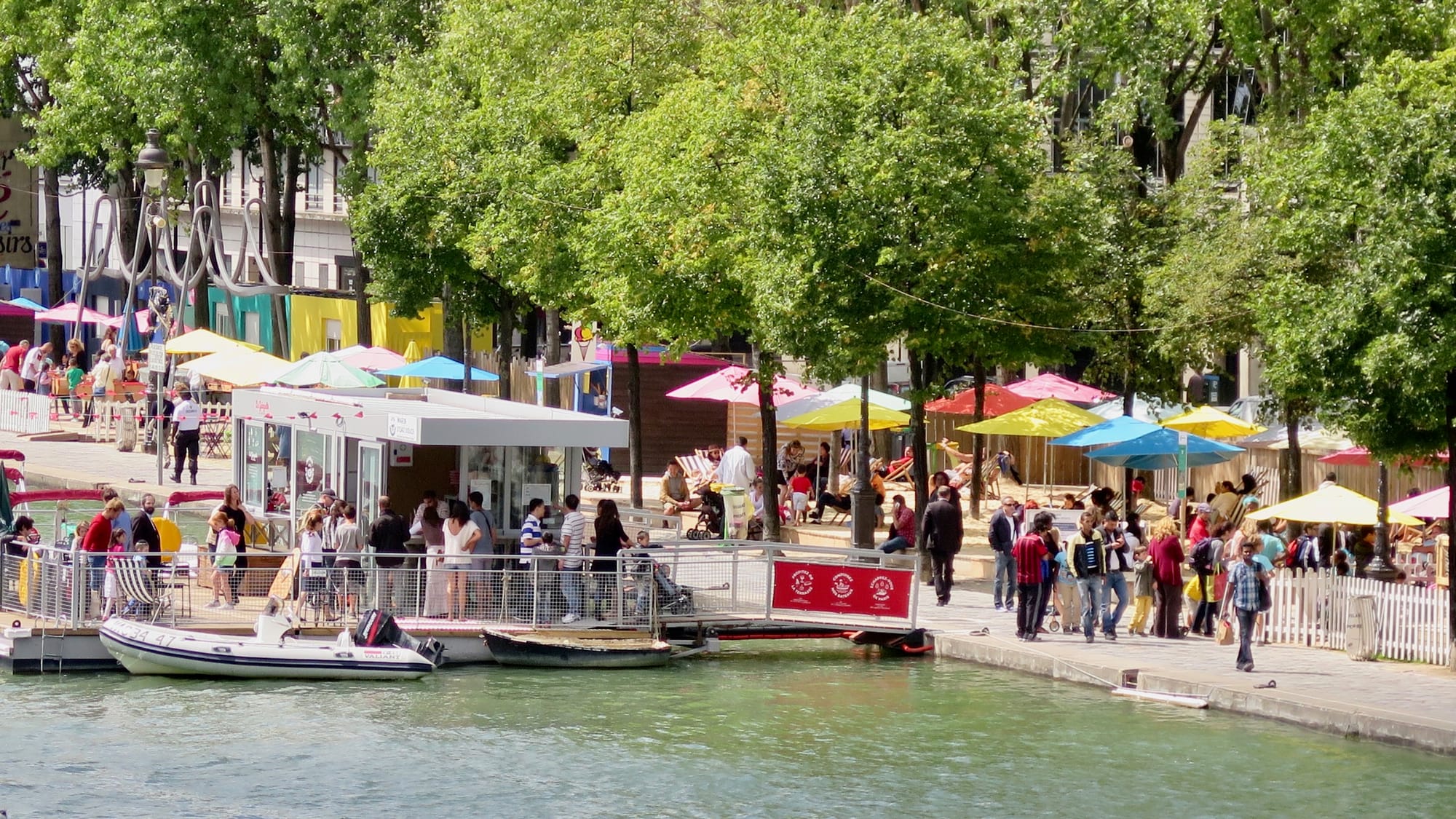
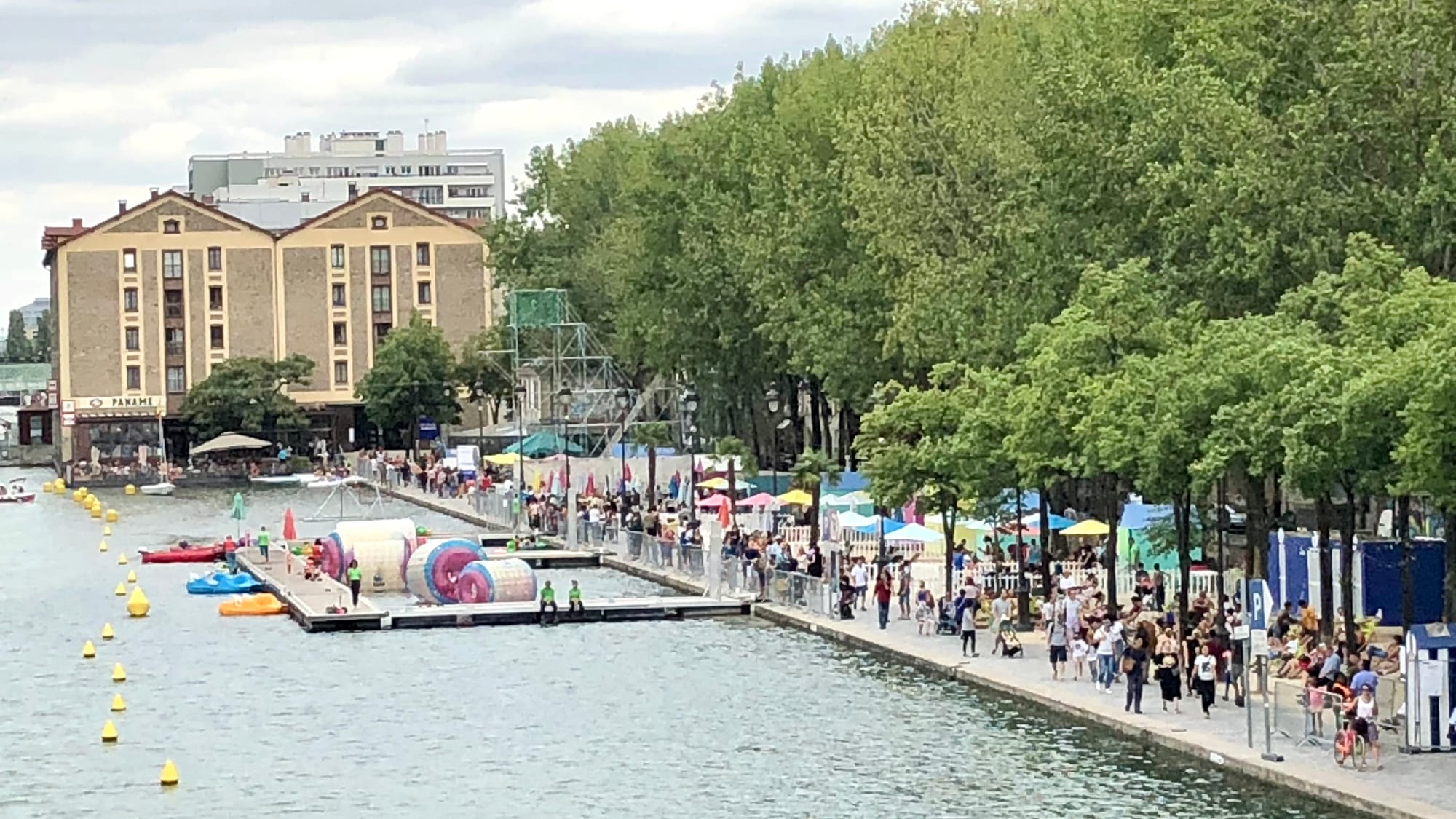
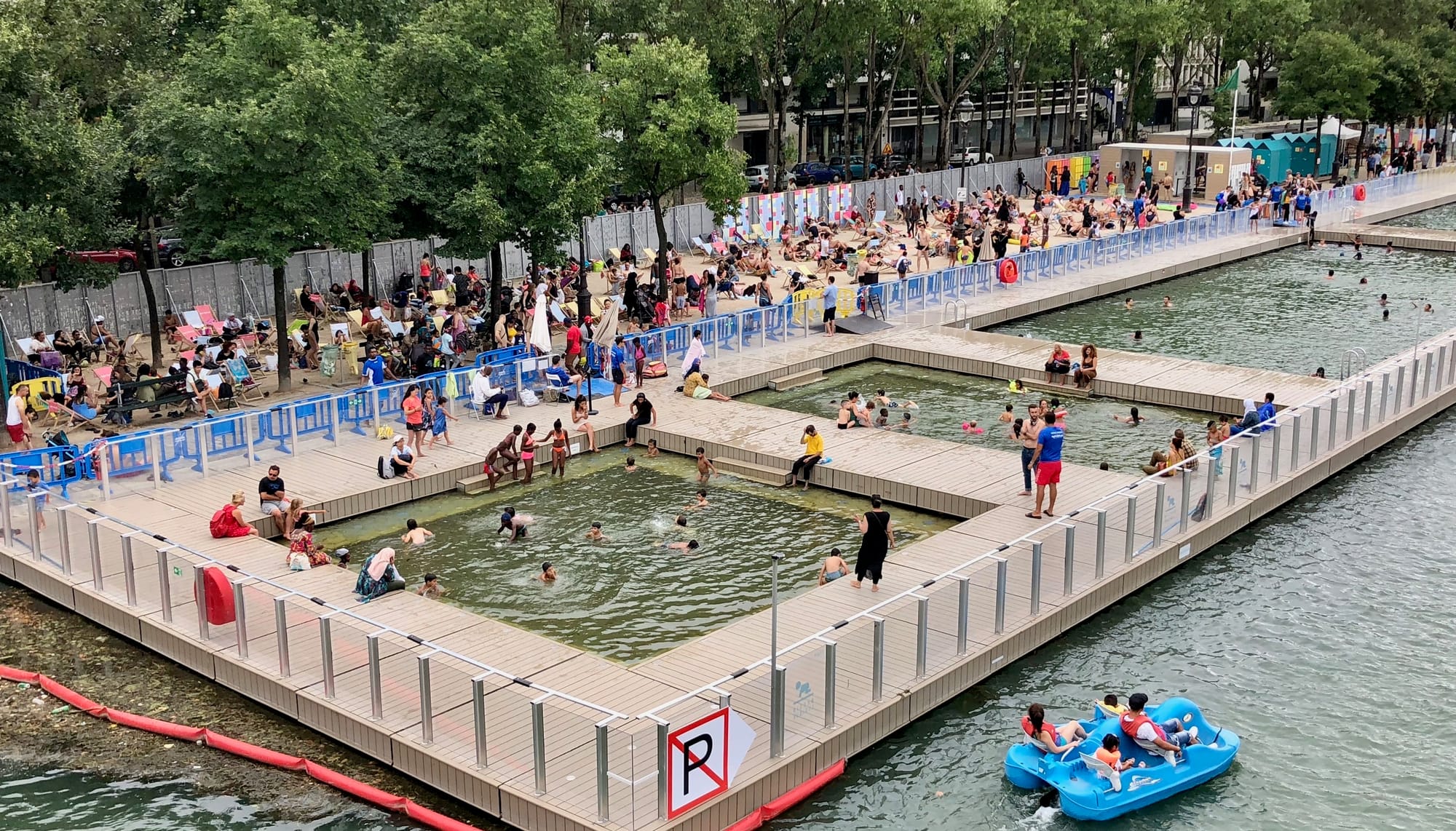
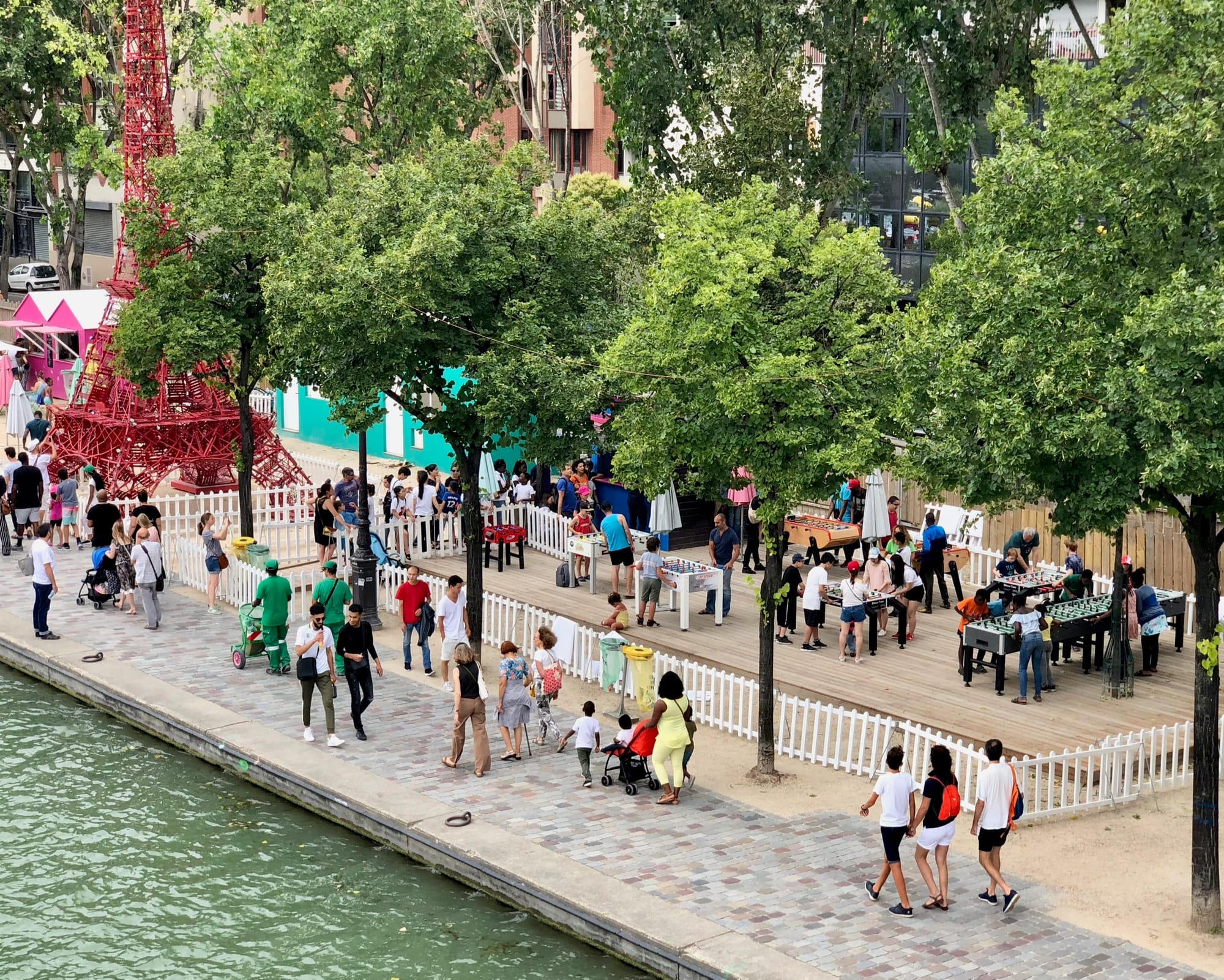
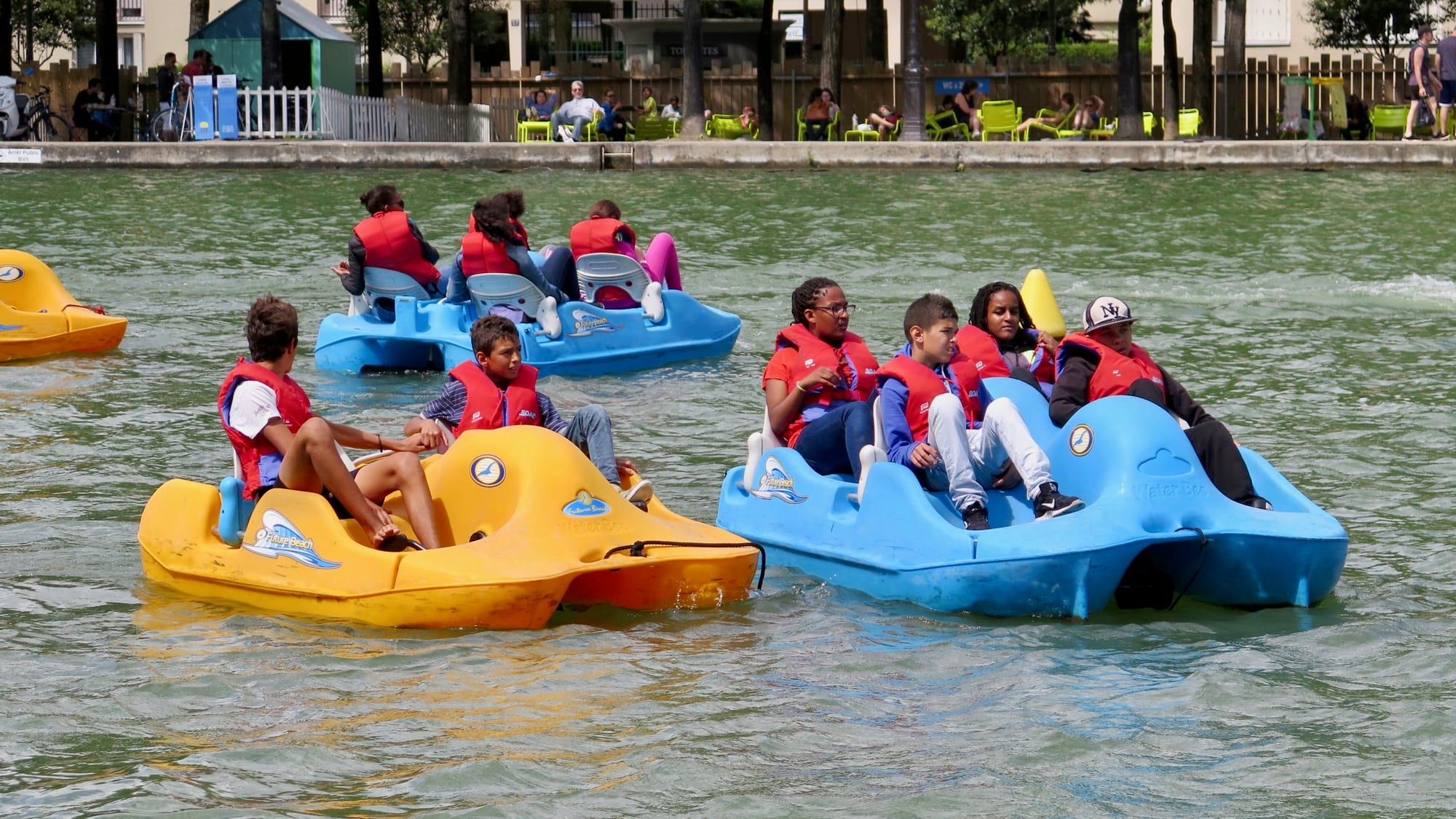
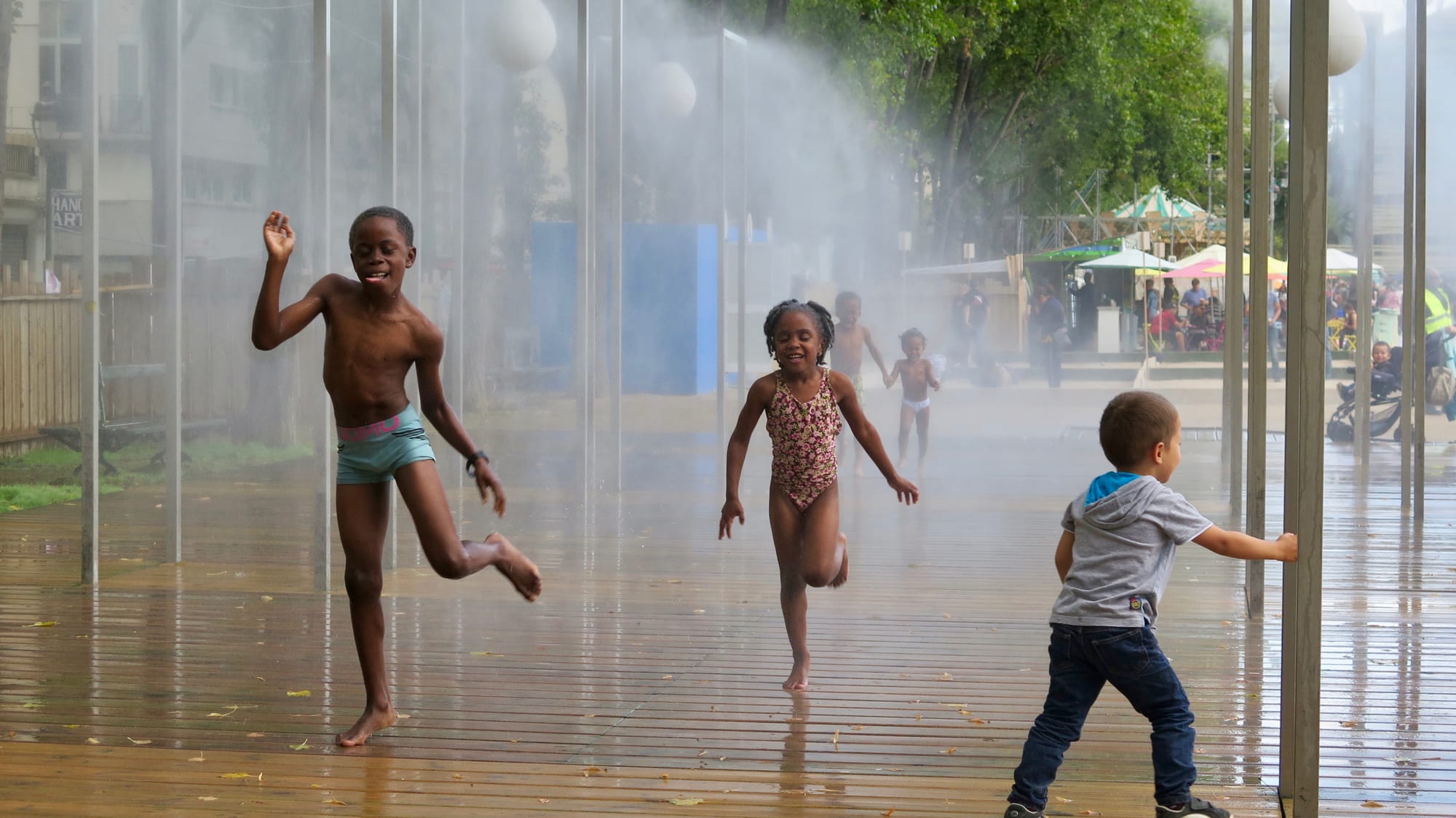
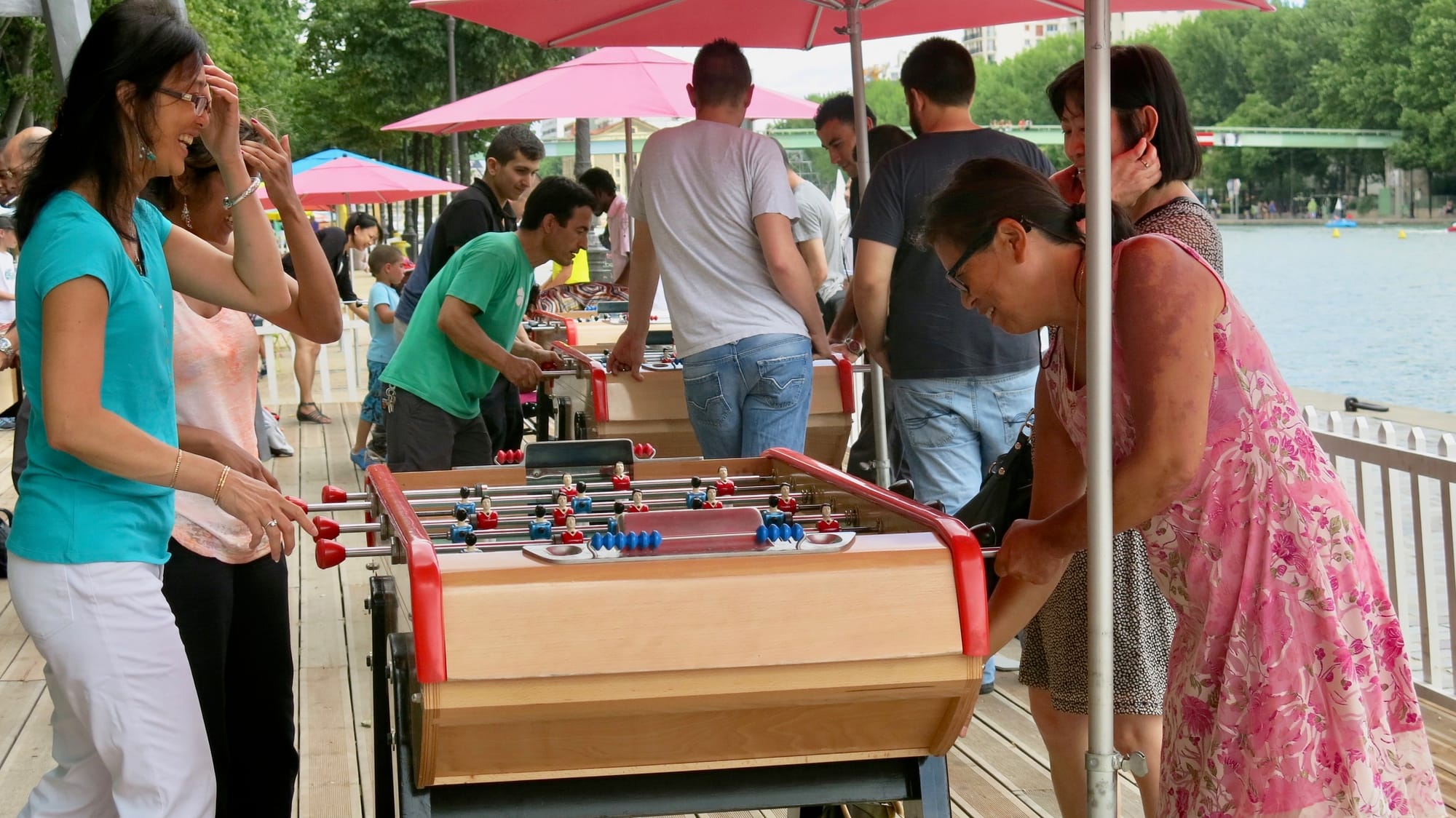
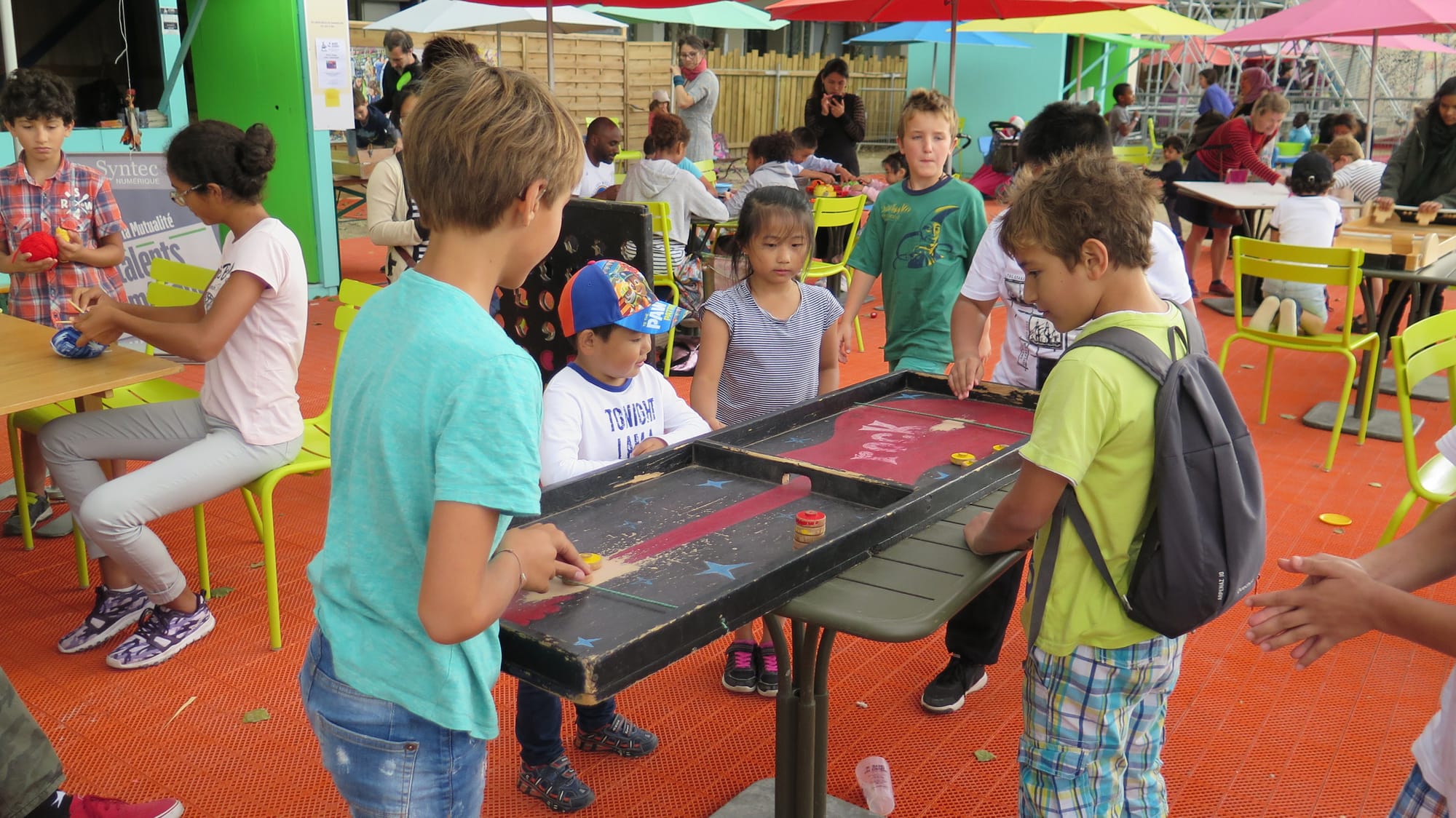
Cultural and Community Institutions
As with the Plage, all kinds of institutions leave their mark at Bassin de la Villette, offering cultural and community activities.
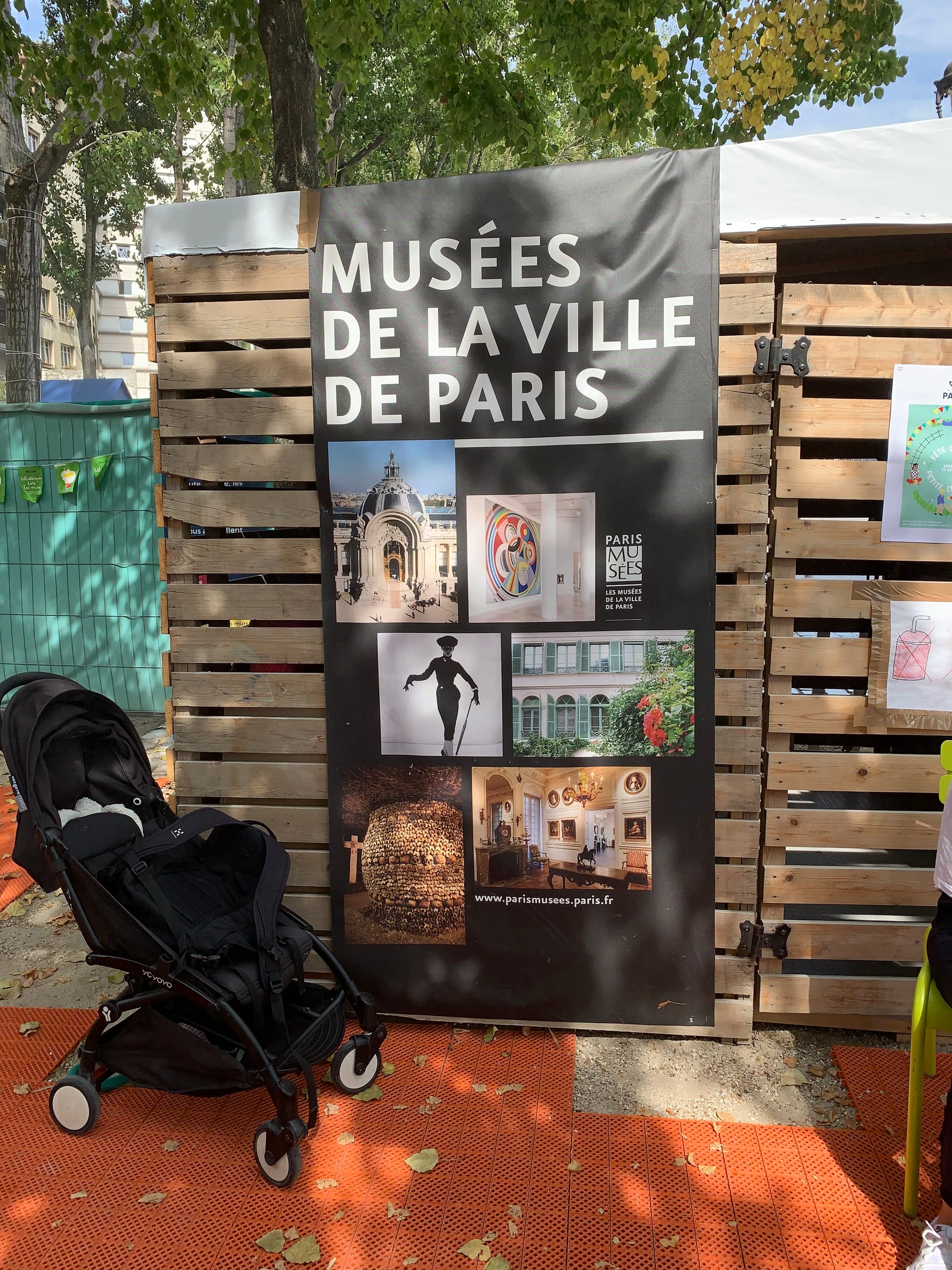
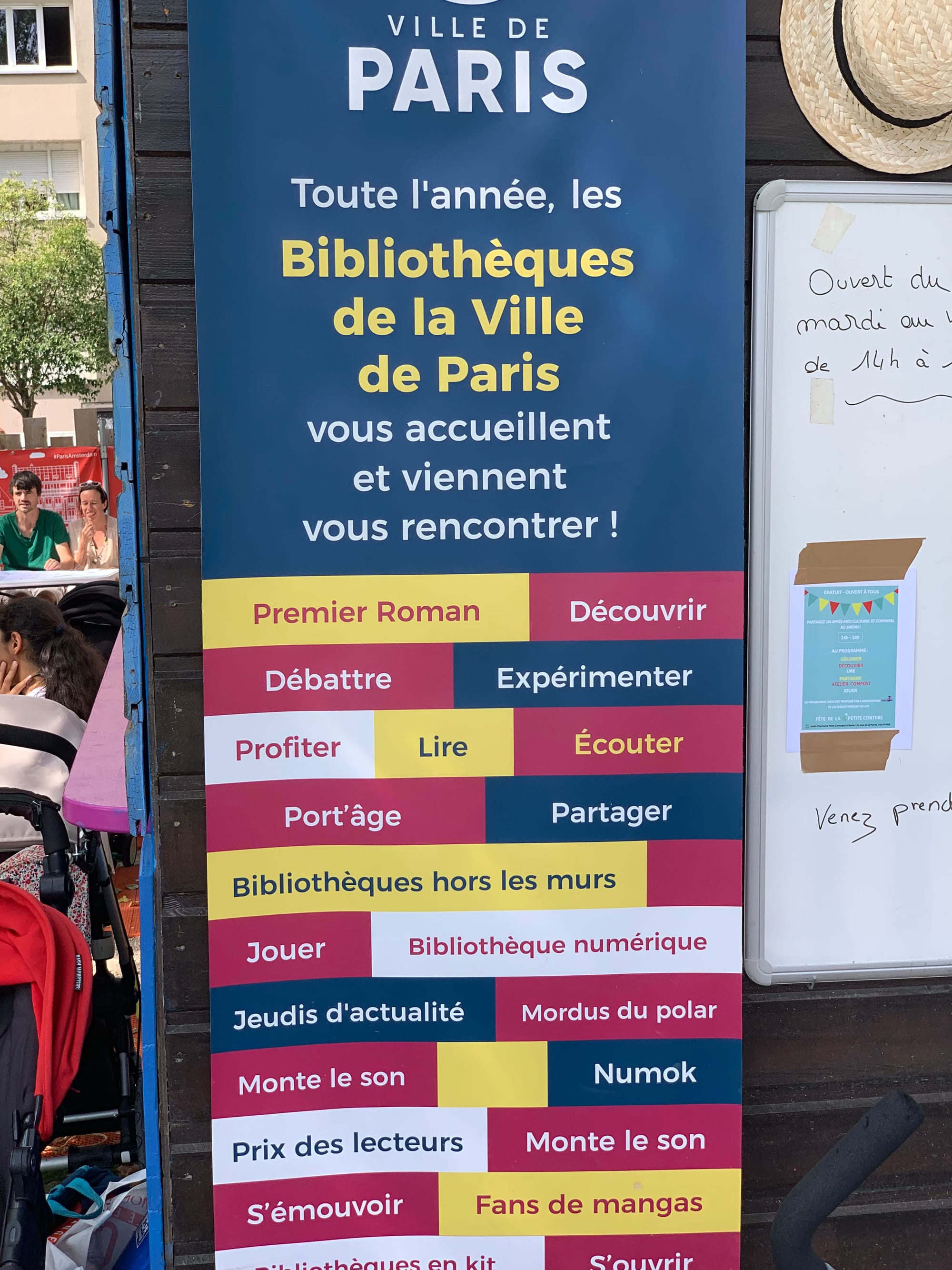
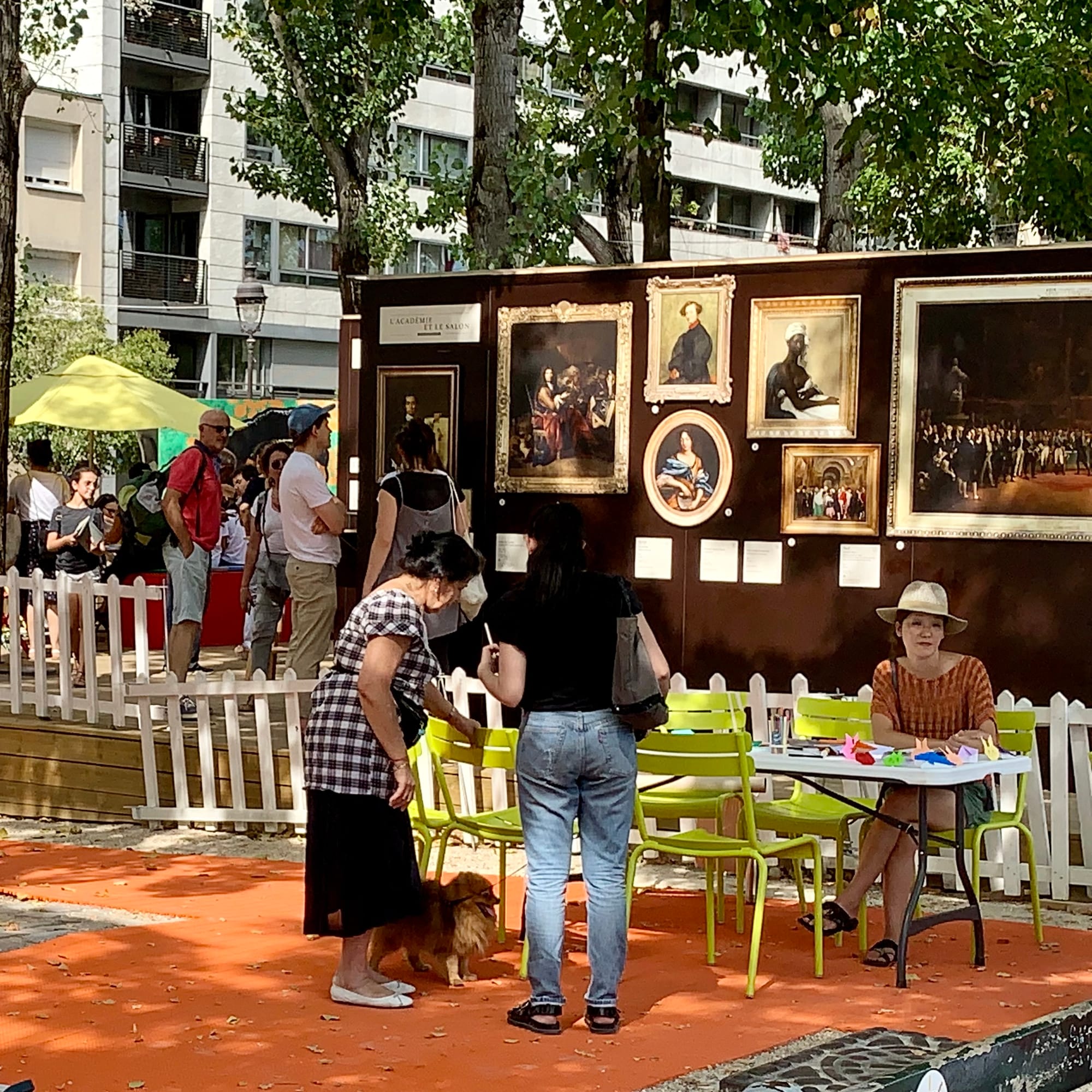
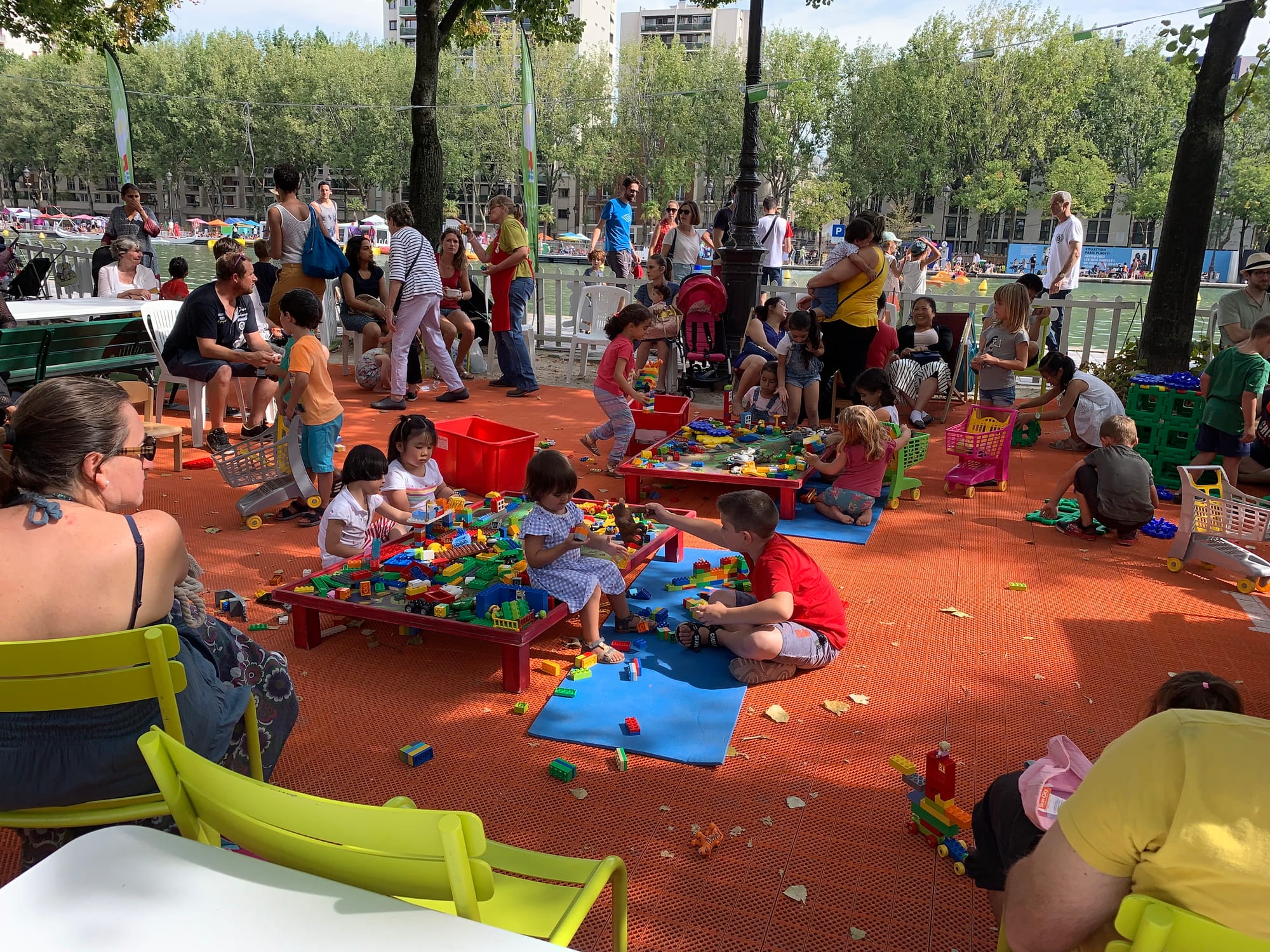
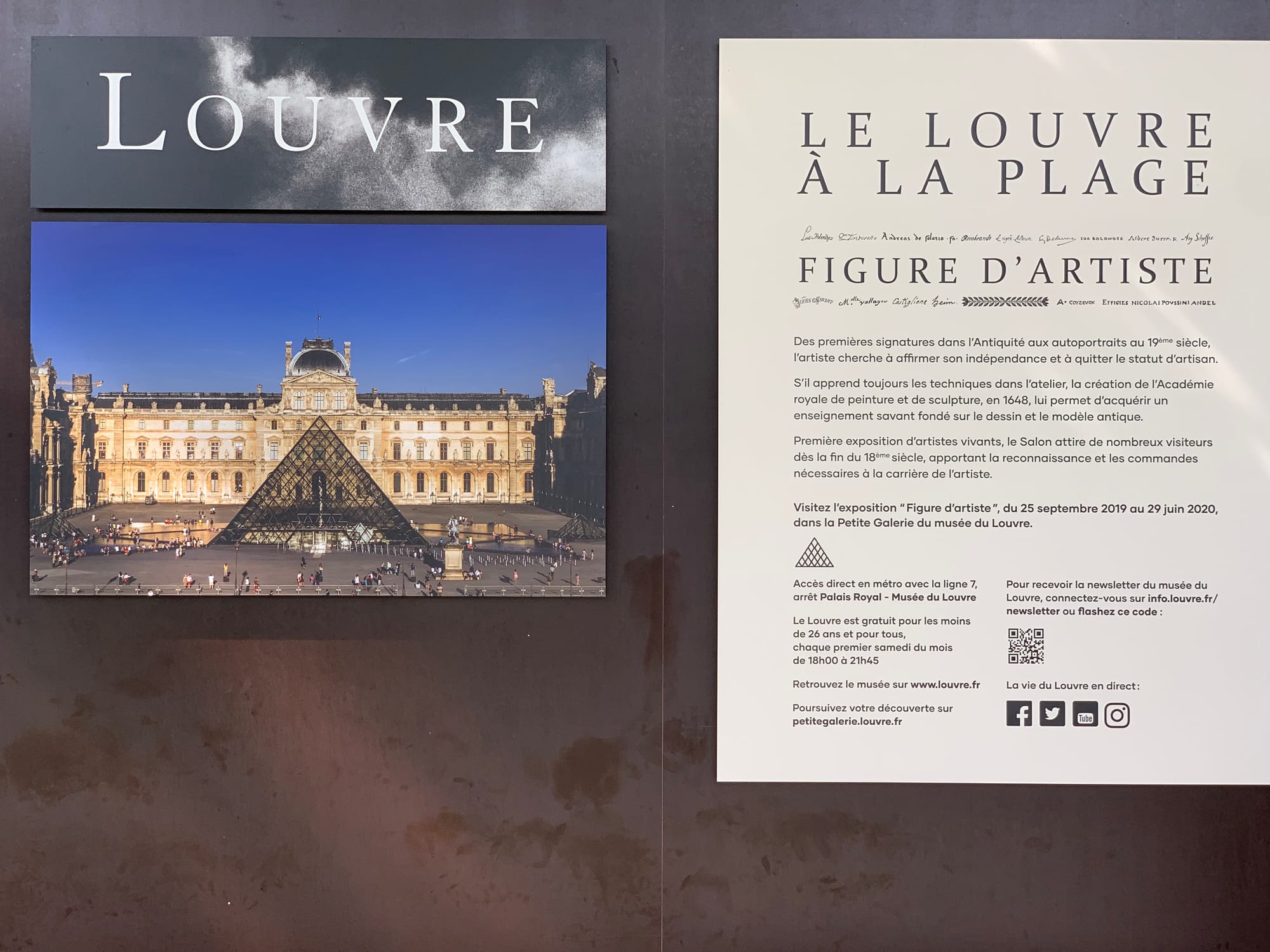
Activities for all ages
From foosball tables to water activities to refreshment kiosks, Bassin de la Villette has something for everyone. It offers the perfect respite from the summer heat and is an inviting destination for all the communities in the multicultural neighborhood it's set in.
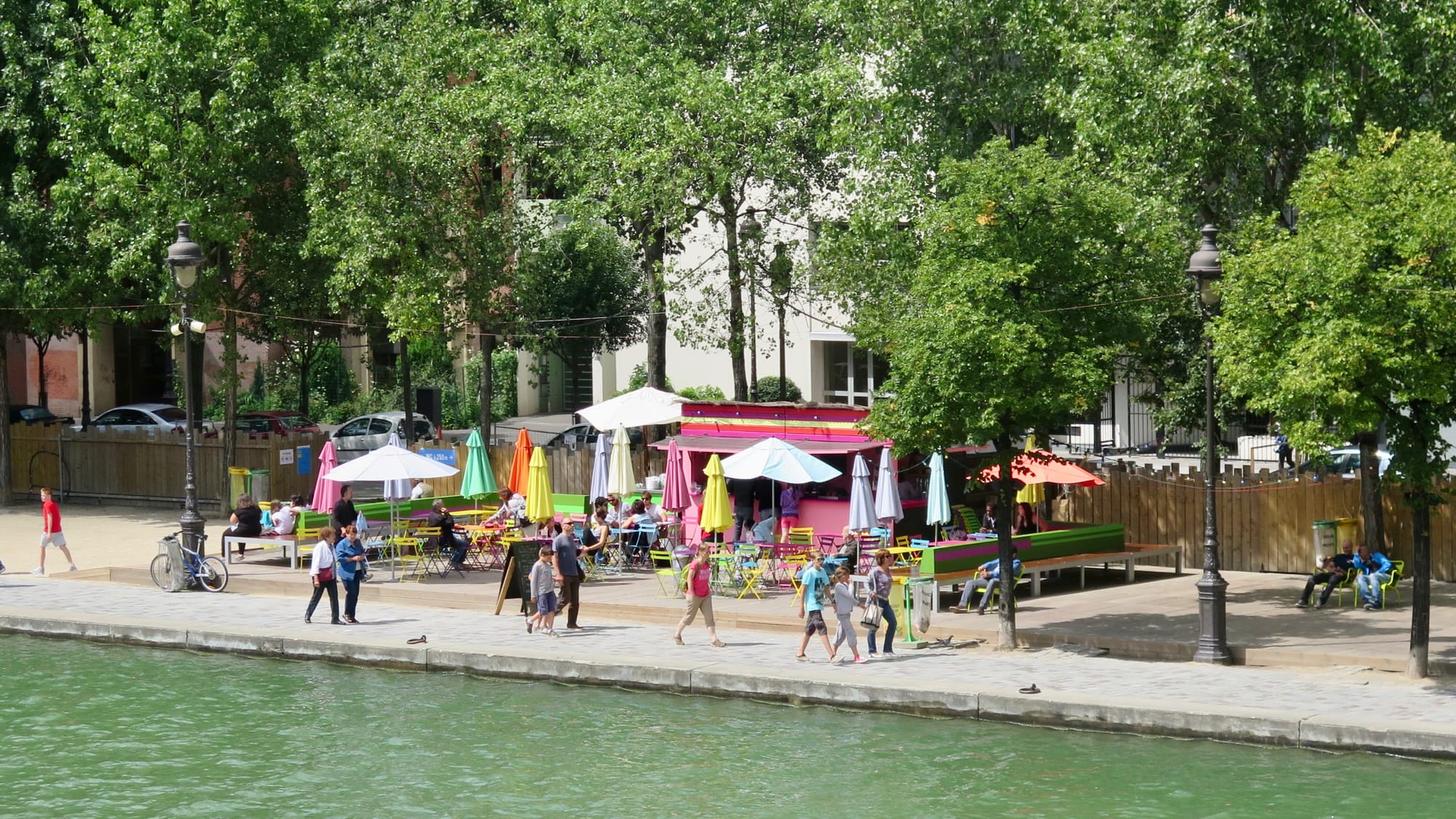
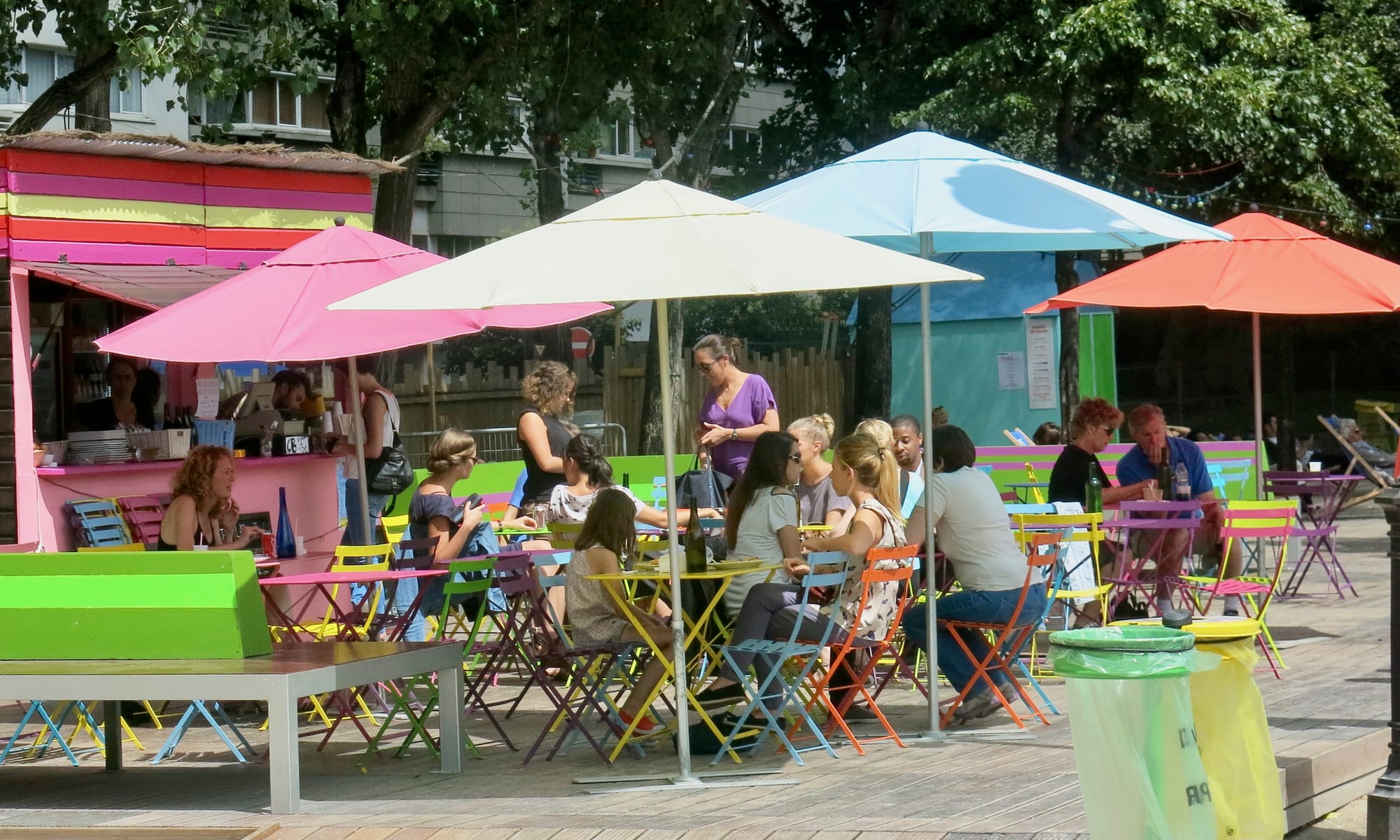
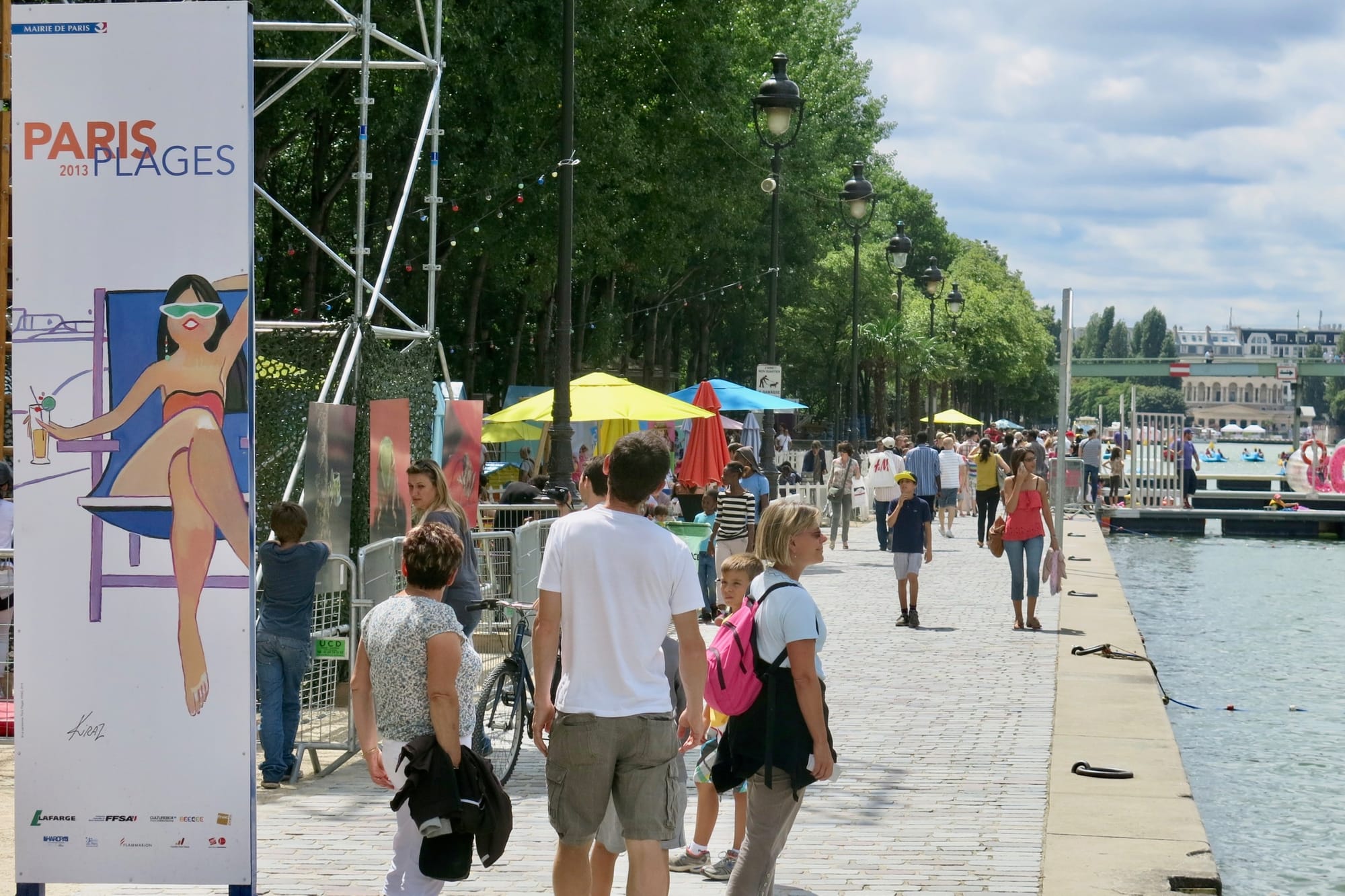
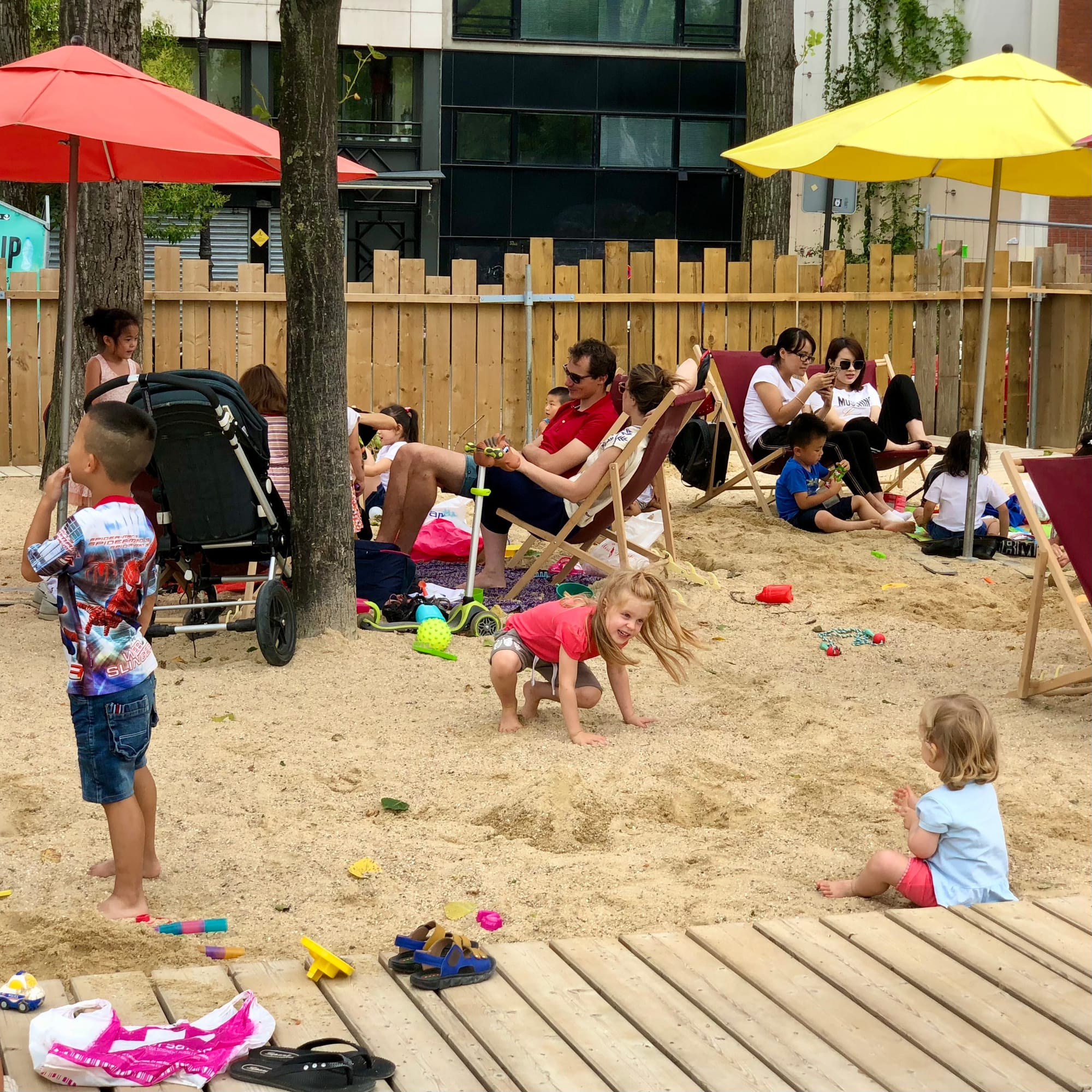
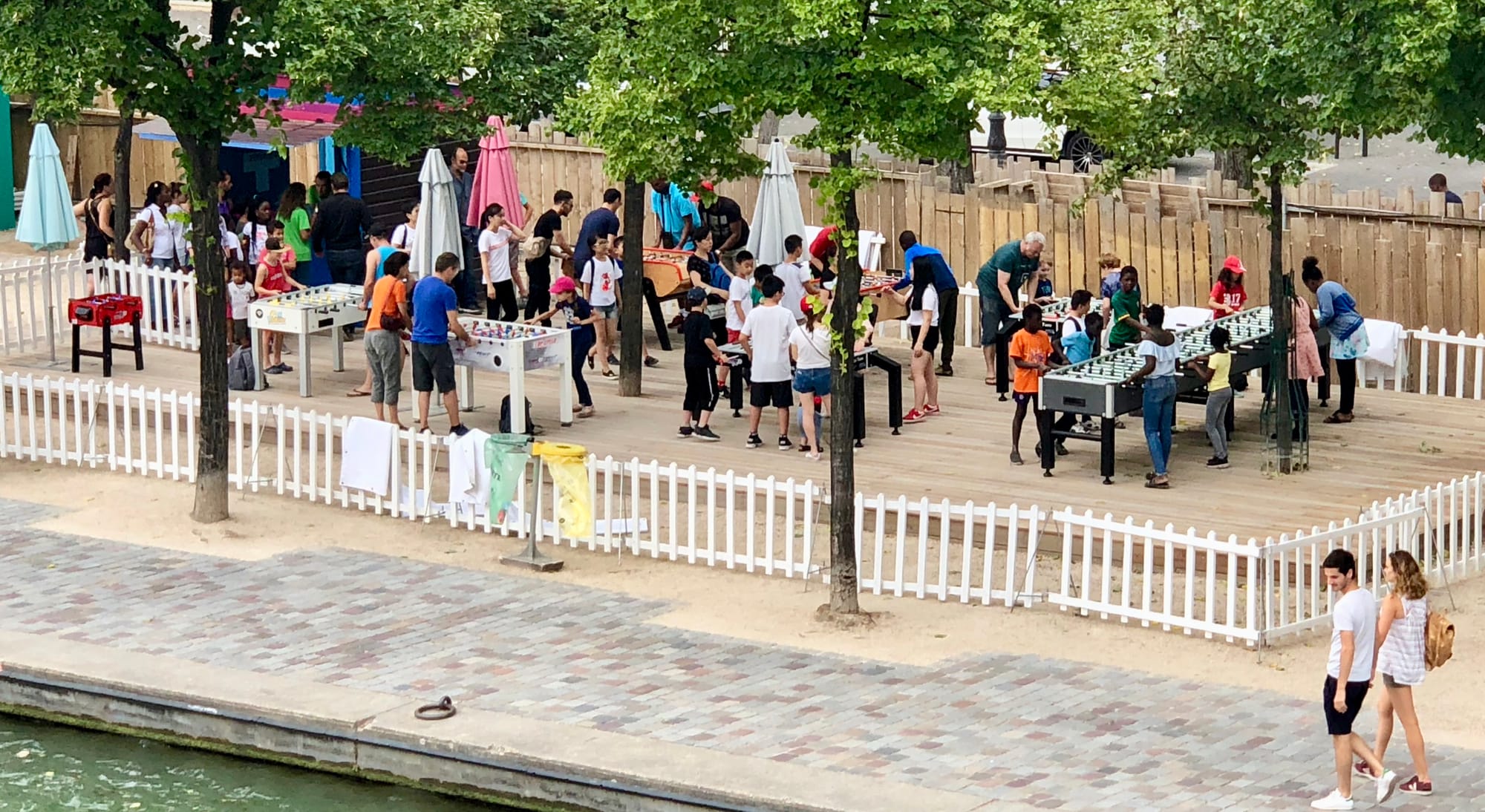
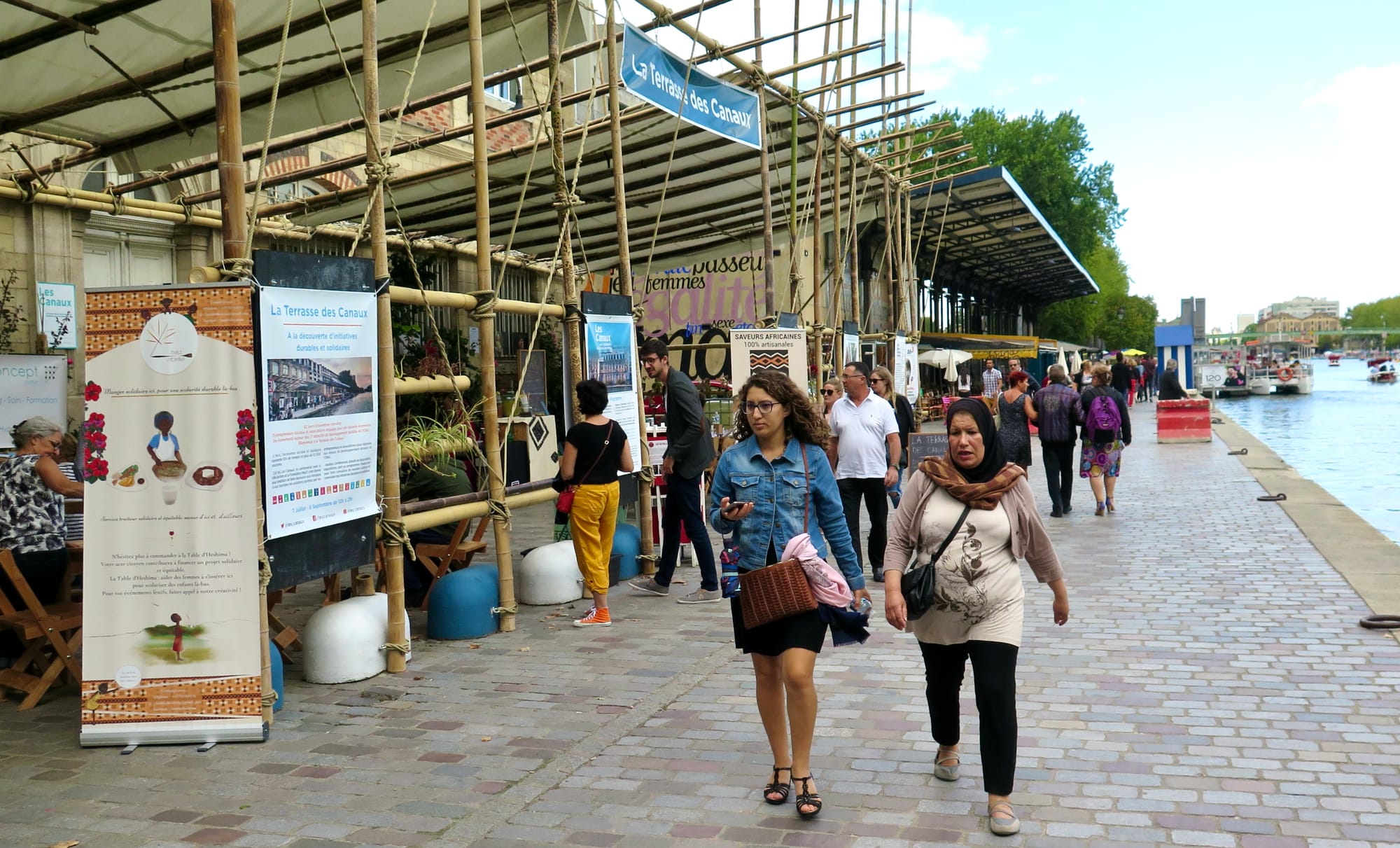
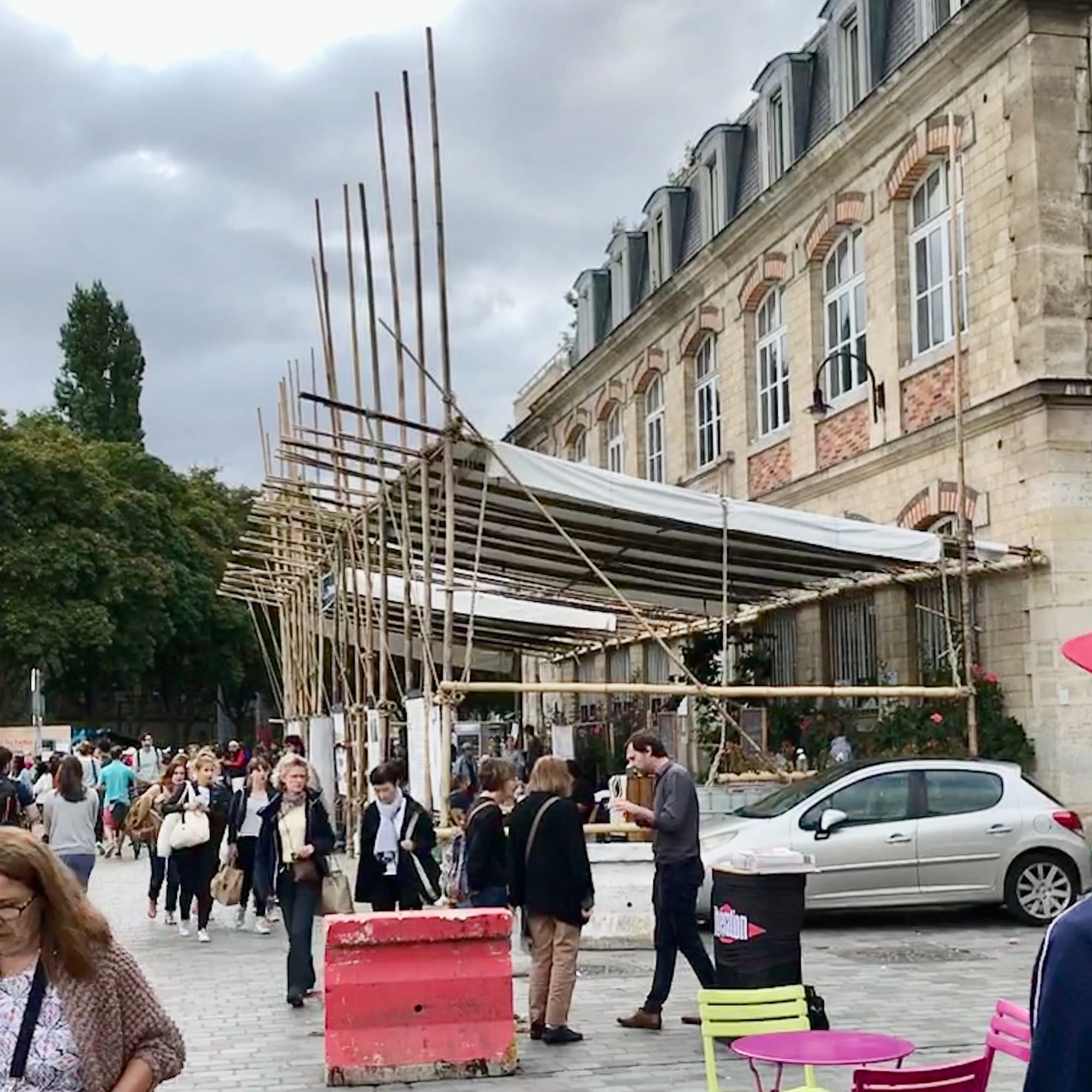
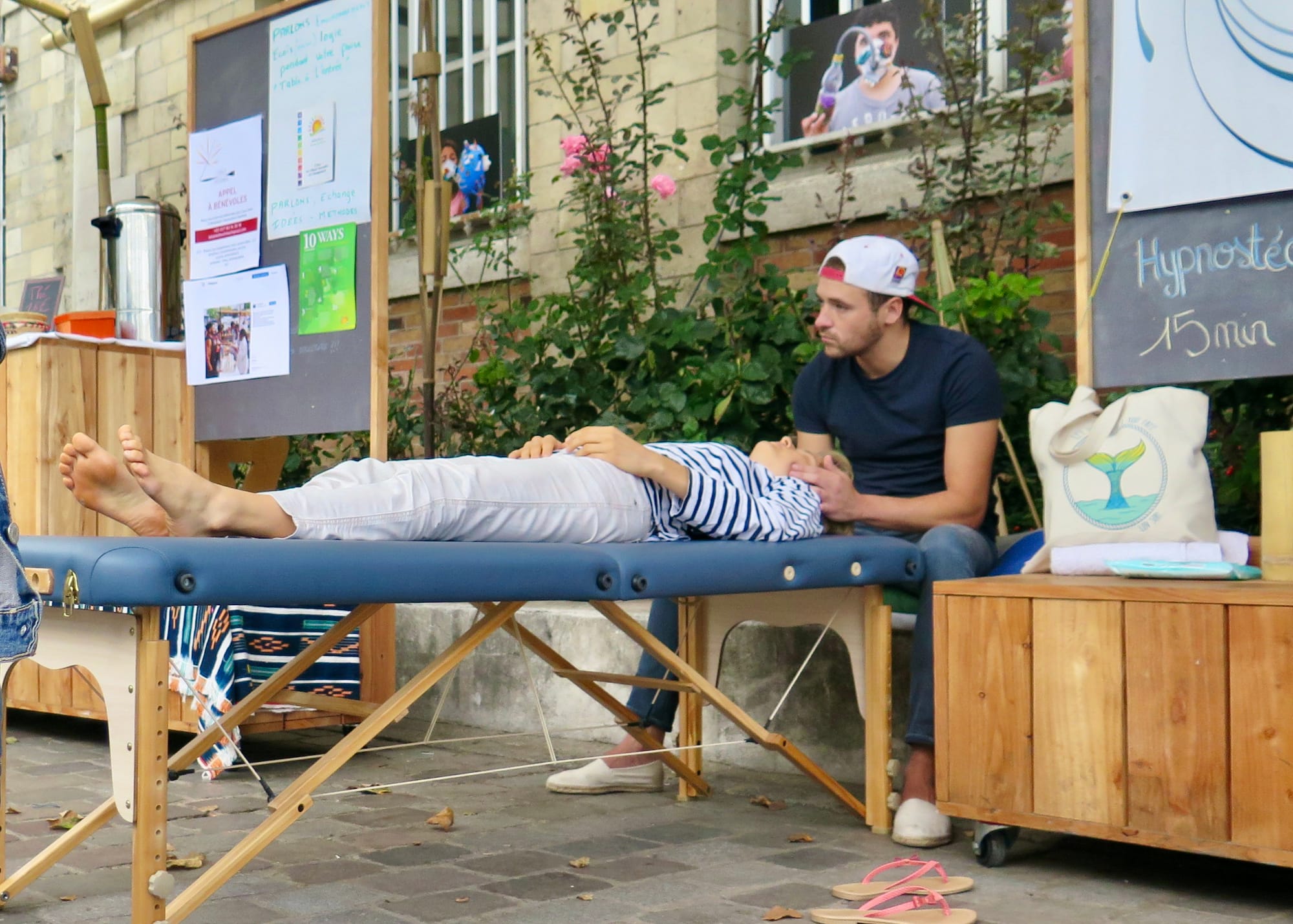
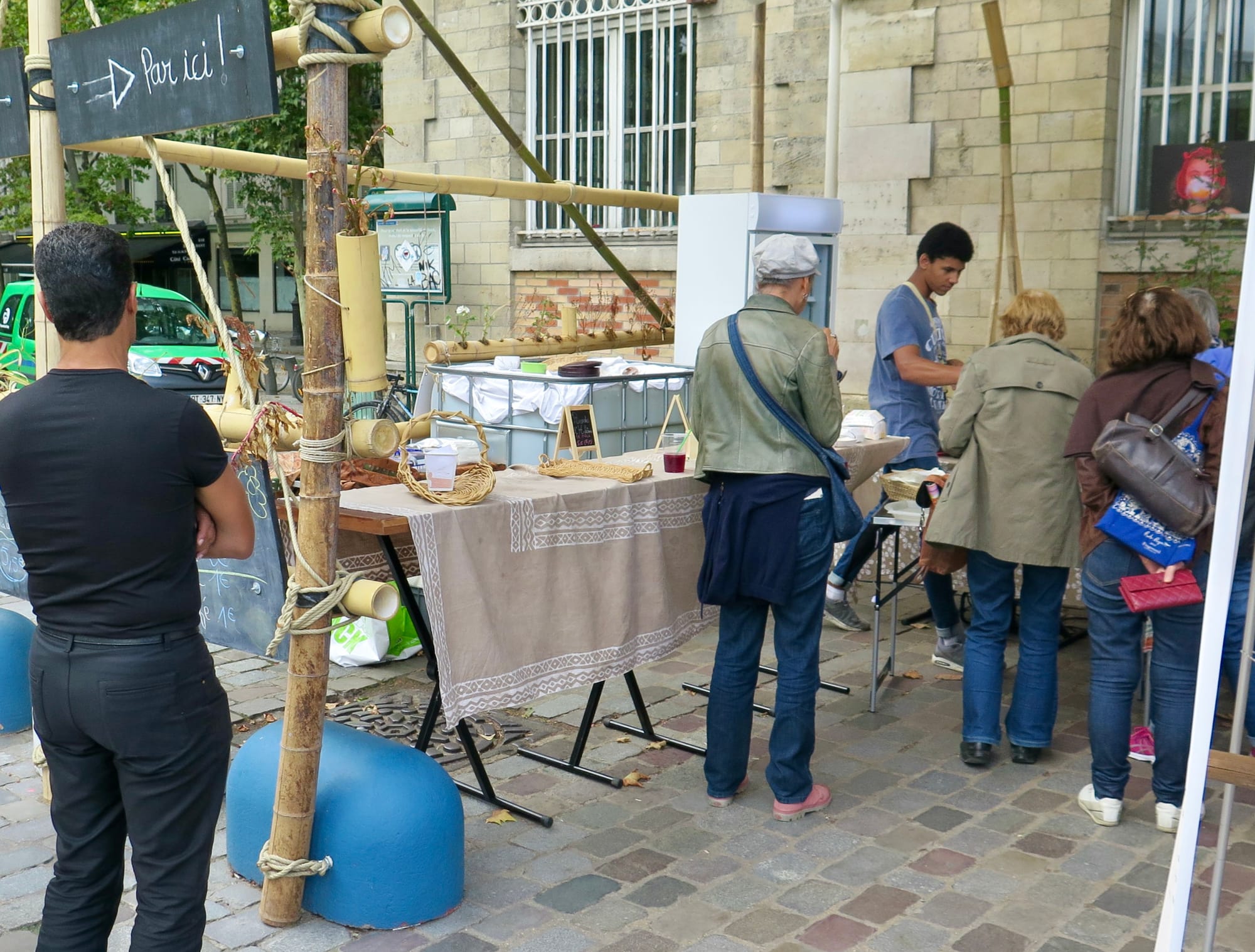
Diverse populations enjoy the space
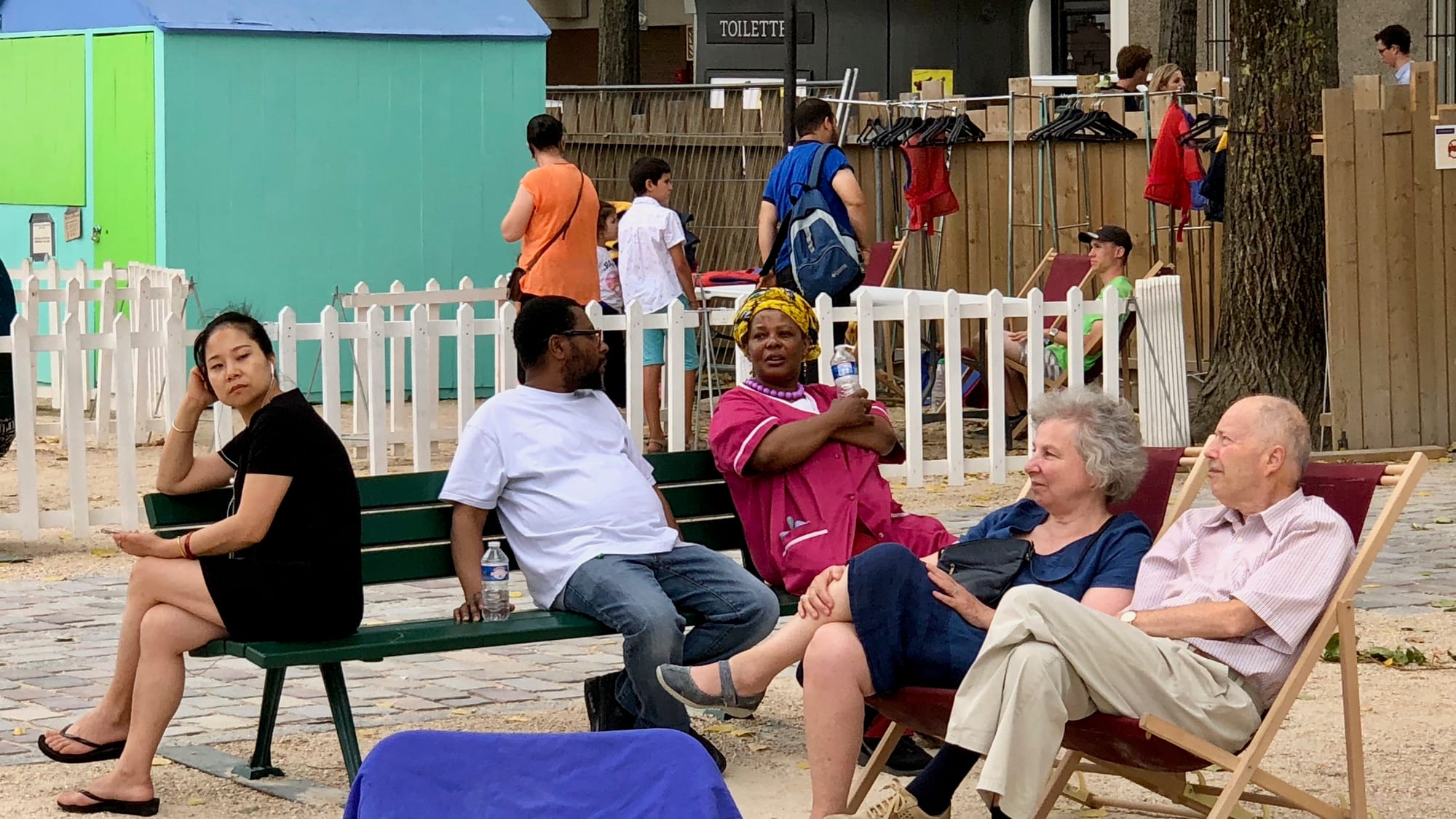
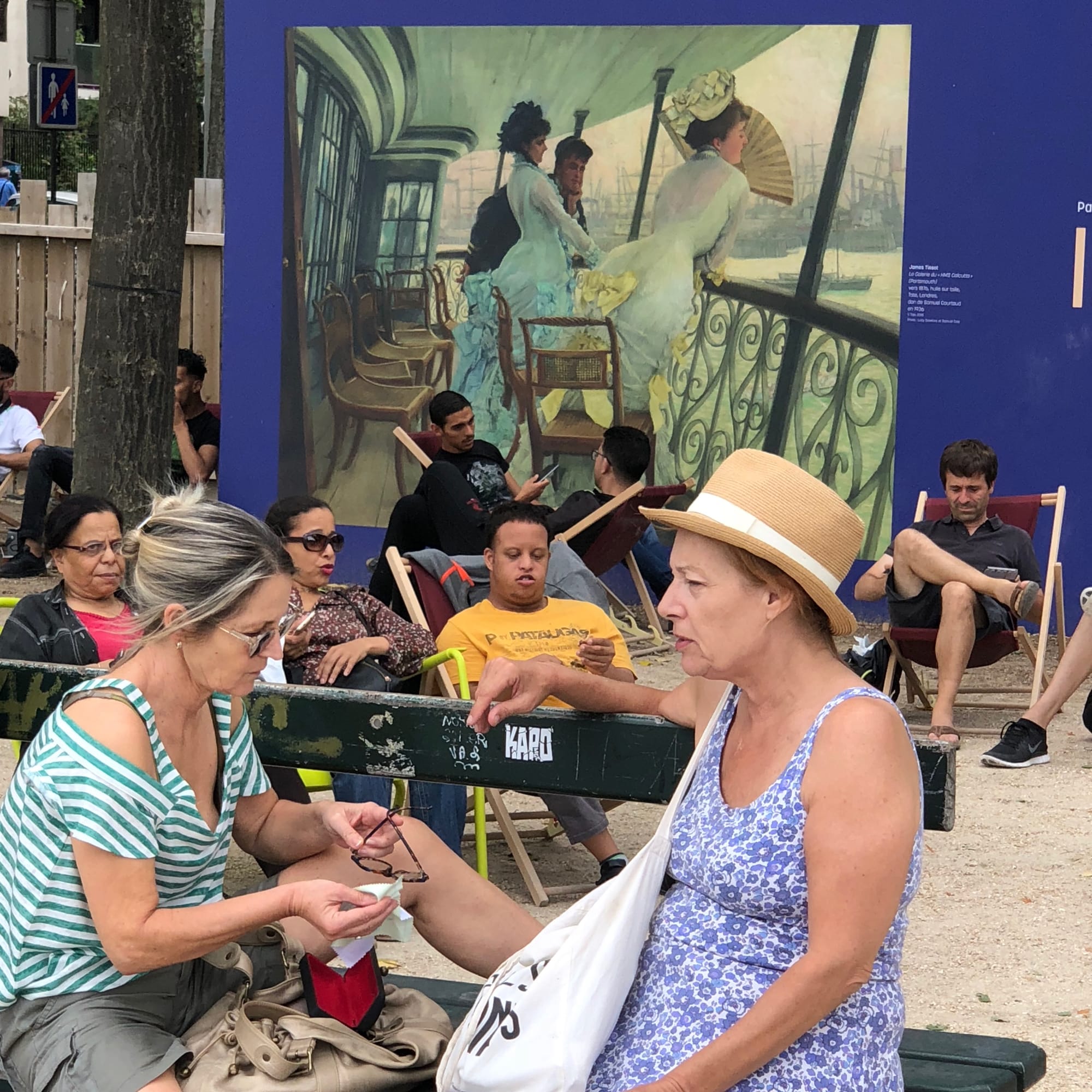
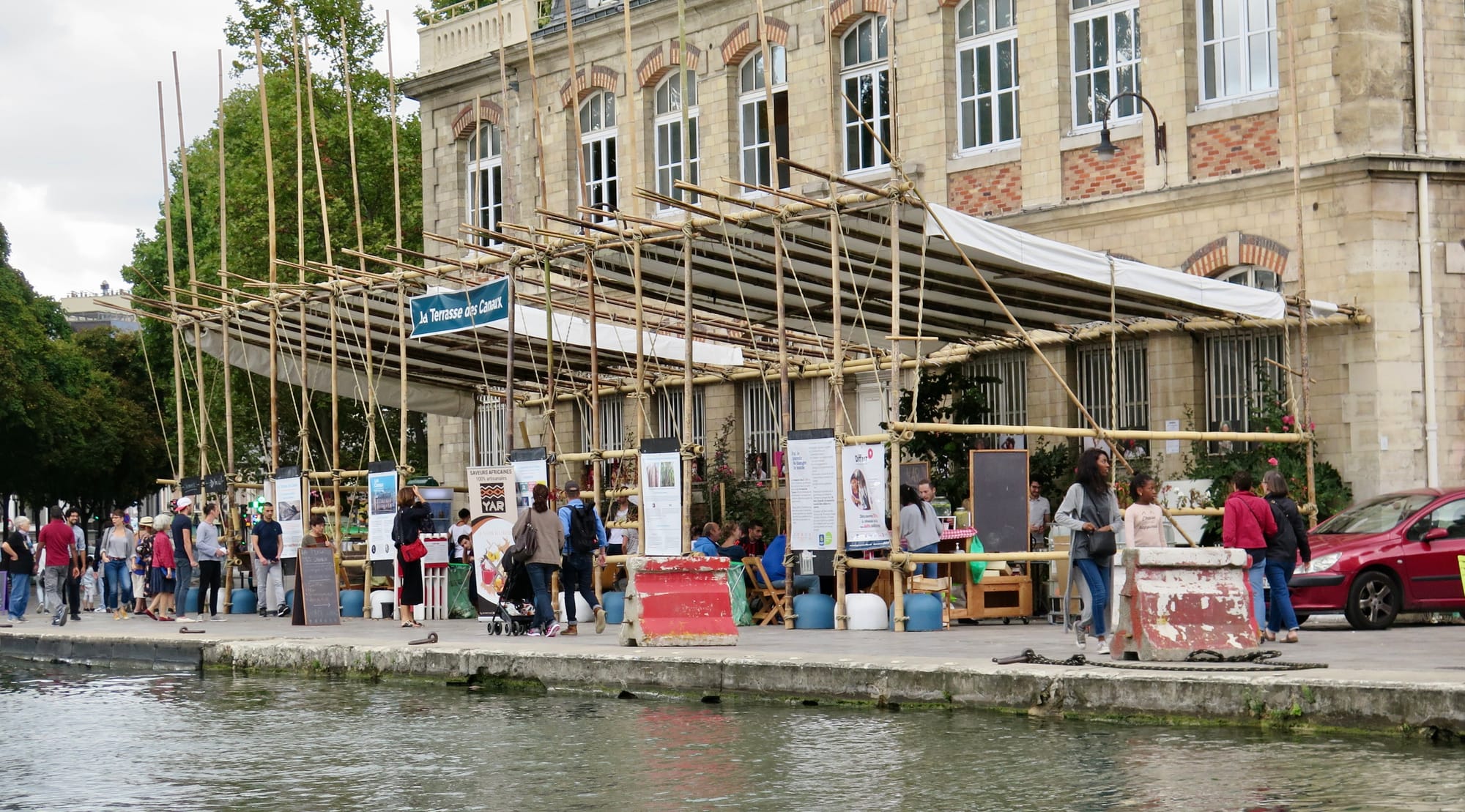
Paris offers a wonderful example of what can be done with a waterfront when it has the goal of becoming a standout destination for the community, rather than just a privatized area primarily for industrial and residential uses like too much of Brooklyn's waterfront is becoming.
As a major city asset, a waterfront is meant to be shared and enjoyed by all. By adding activities there that attract all different kinds of people as Paris has done, it can become a beloved destination and contribute value to the city that is manyfold larger than if it was reserved for the enjoyment of a select few. Brooklyn would benefit from taking a page or two out of Paris' book as it embarks on transforming its own waterfront.
Benchmarks
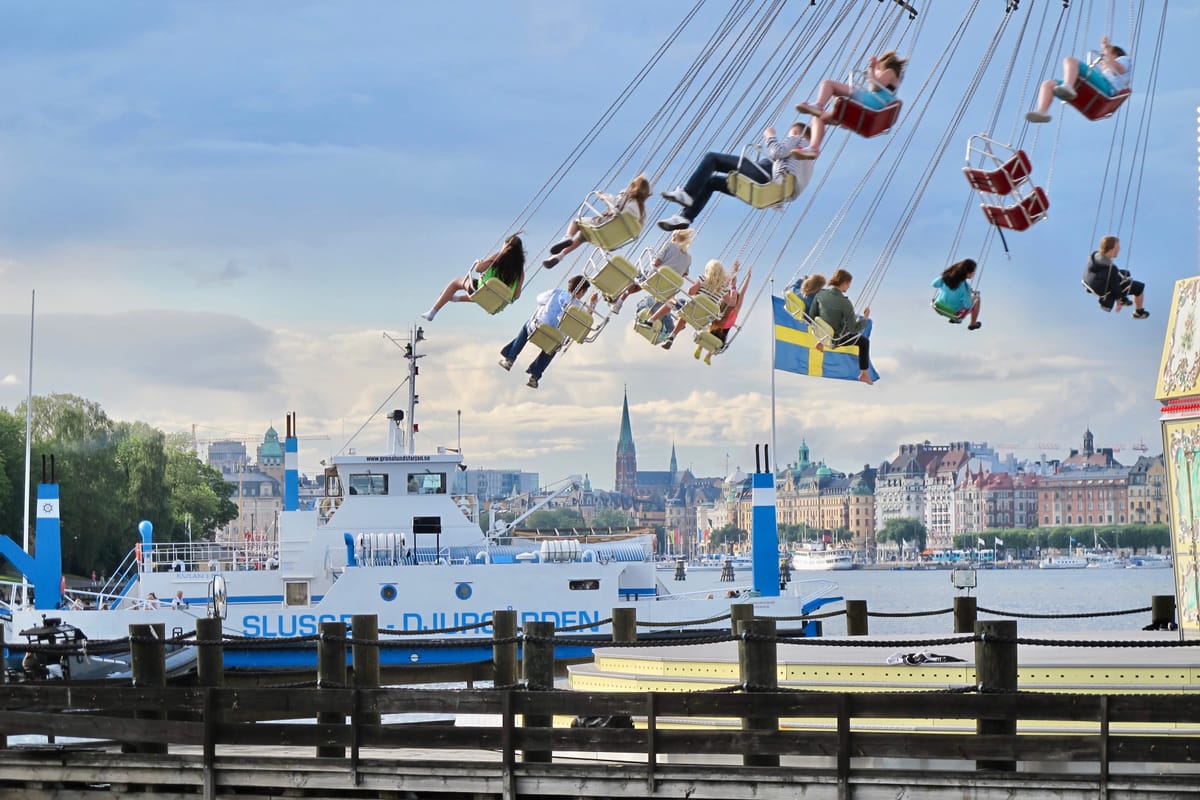

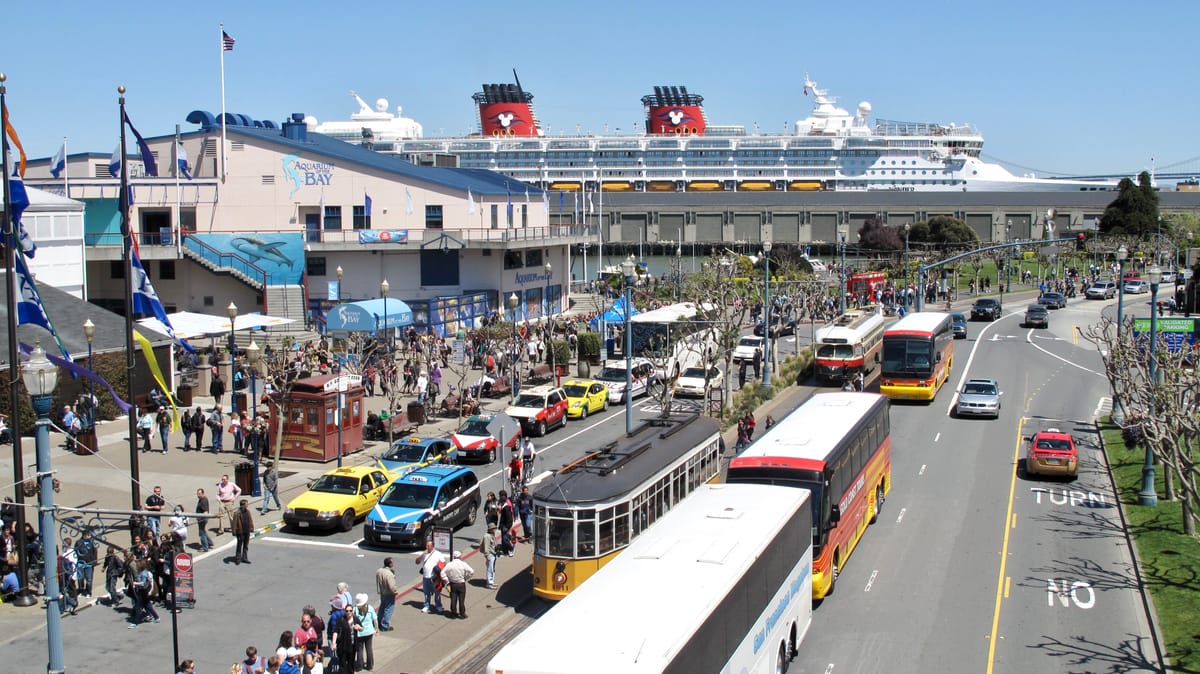
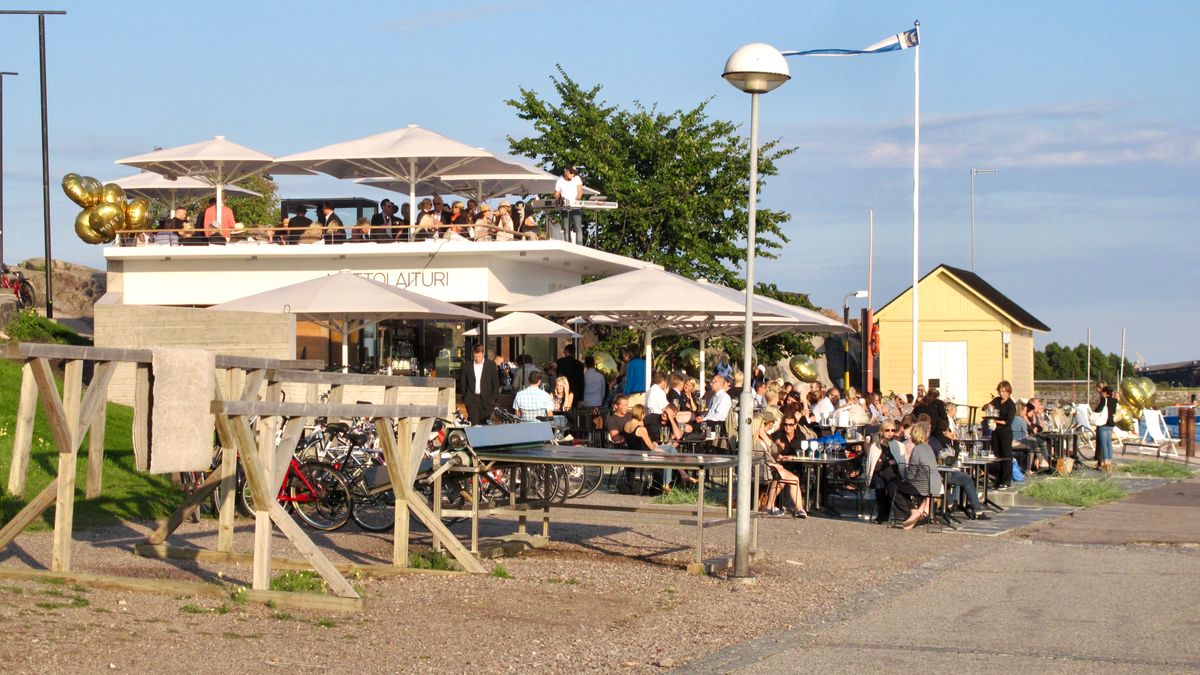
Who We Are
We are part of a growing group of community activists who have spent over 50 years building a global "Placemaking Movement" that is now in over 30 countries around the world.
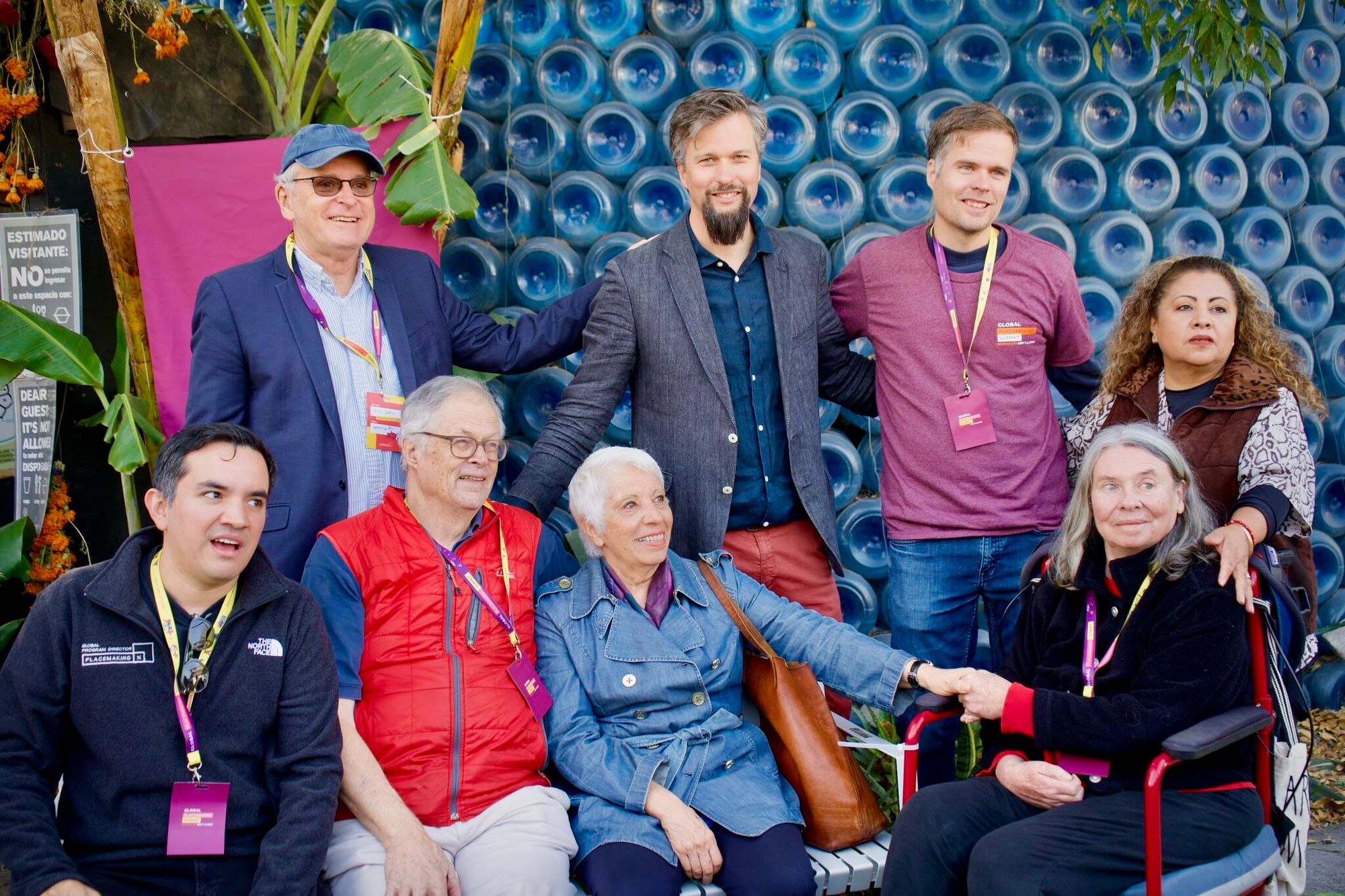
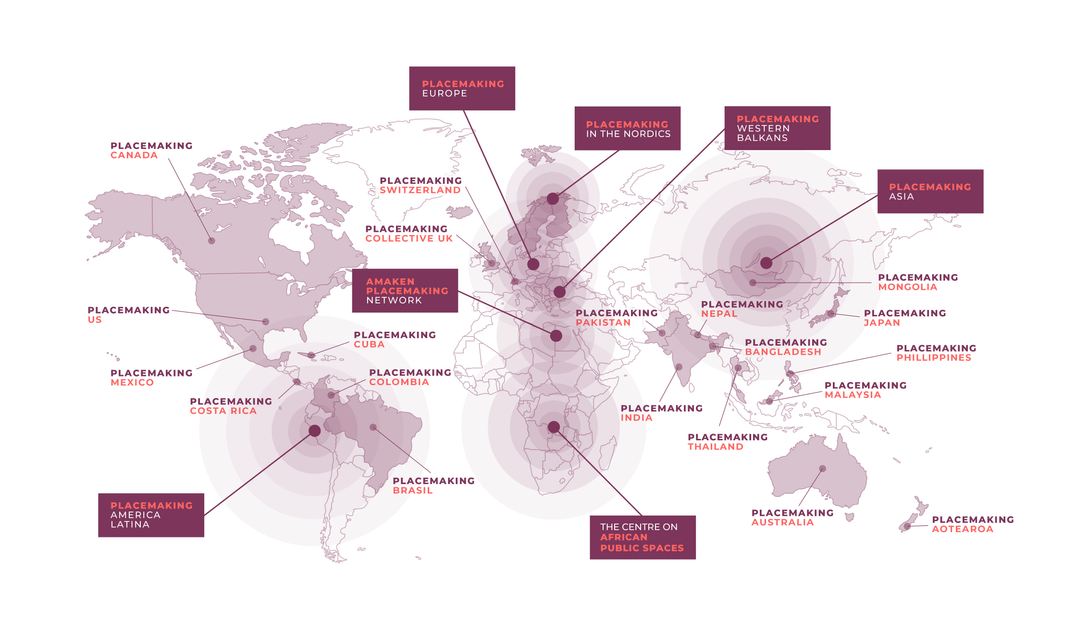
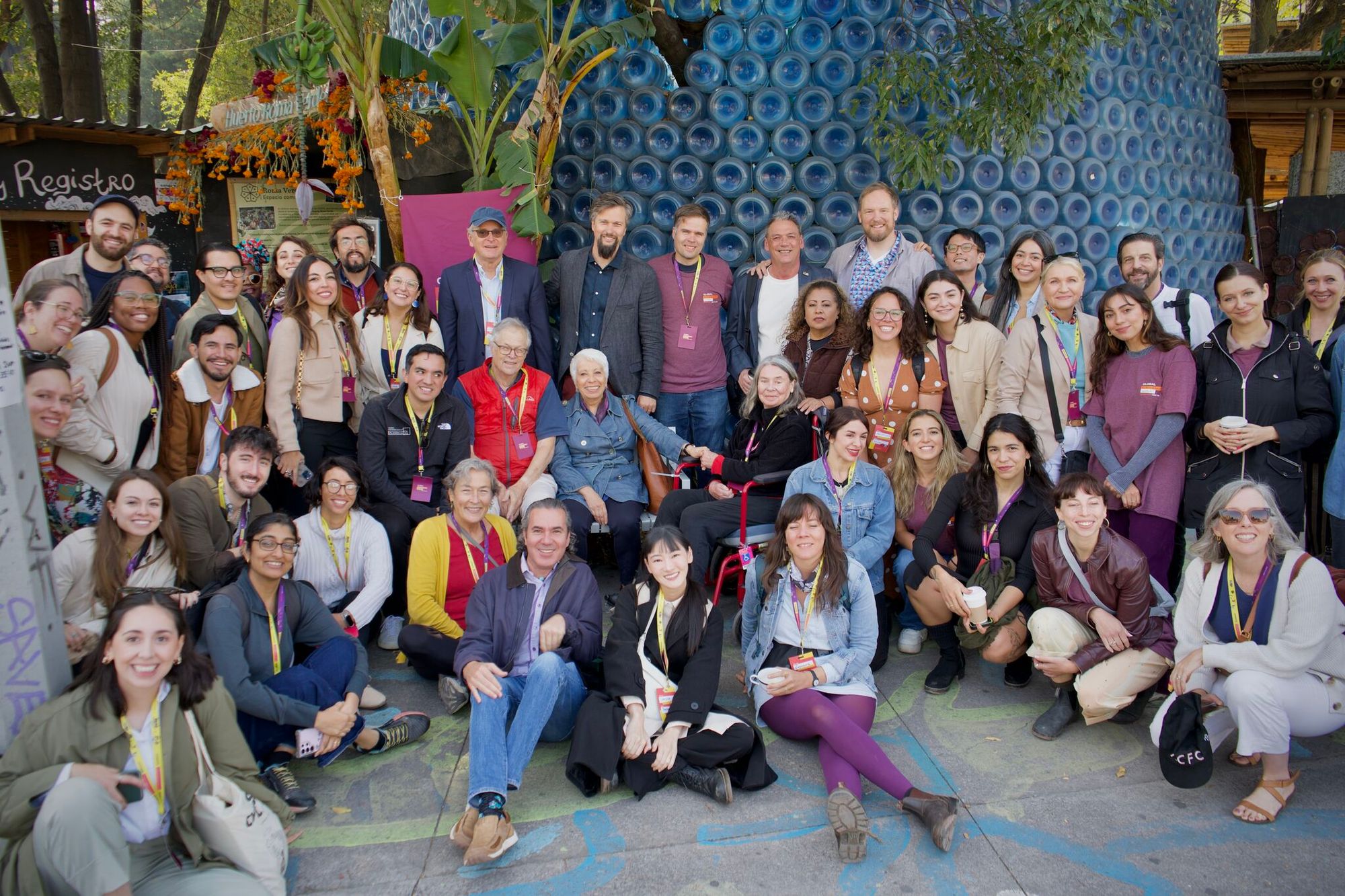
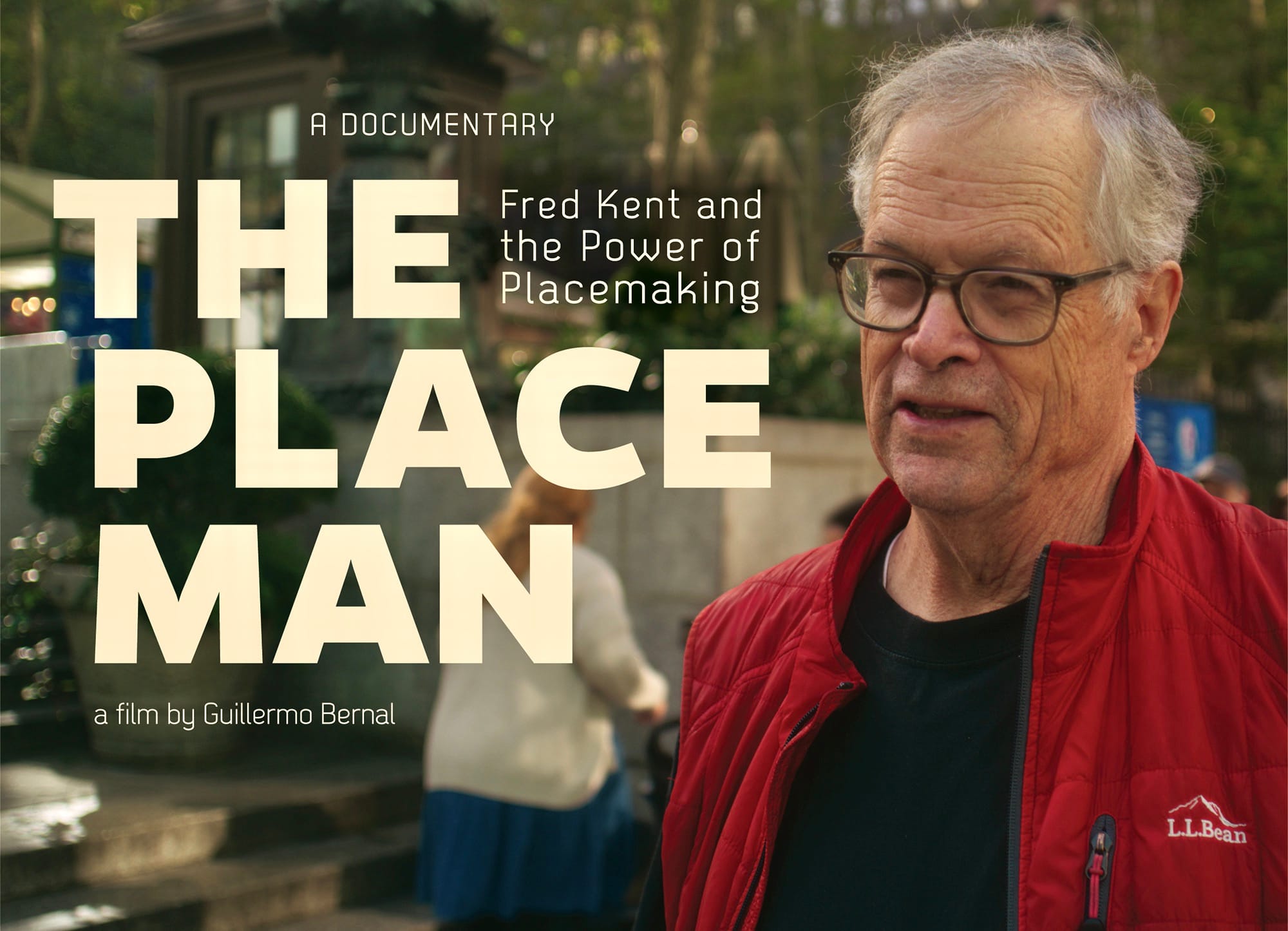
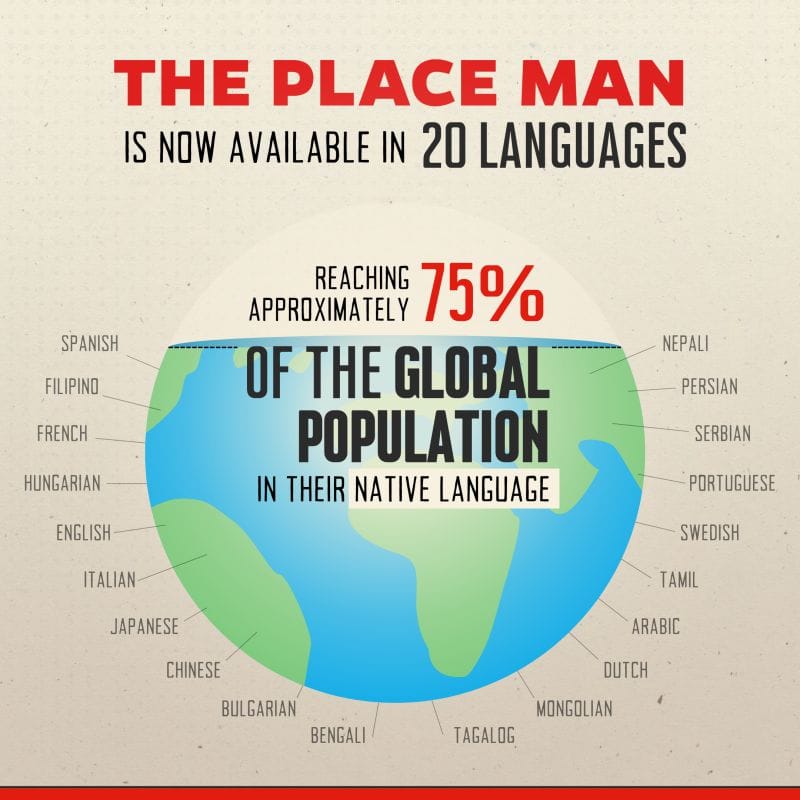
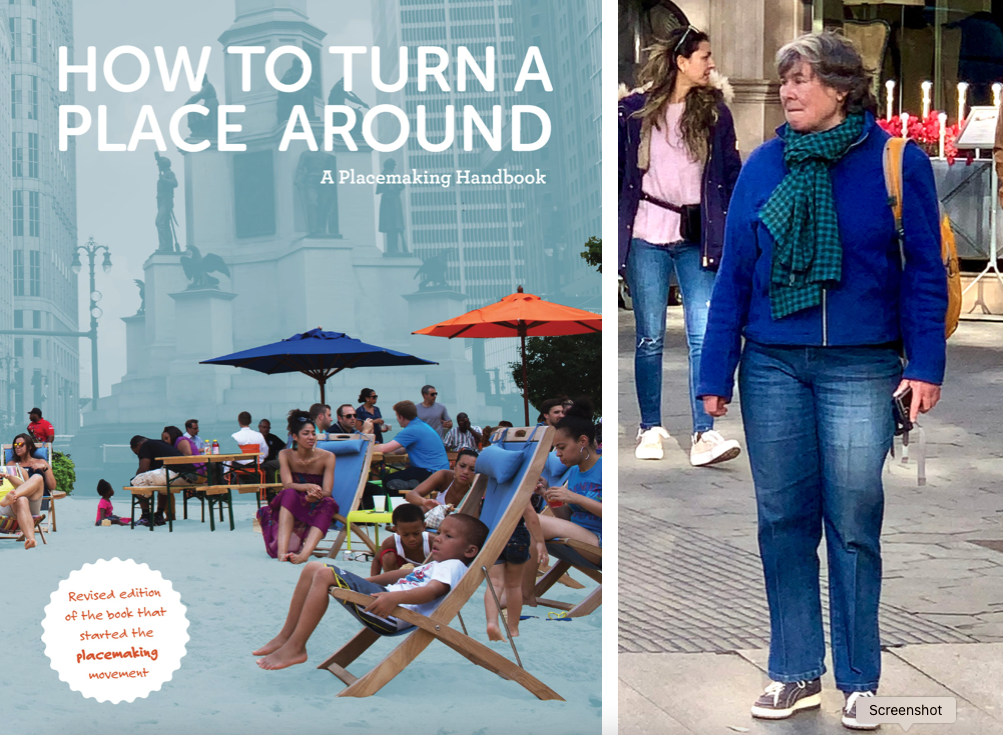
The birth of the "Placemaking Movement" was on Earth Day in April 1970
